Thailand and Malaysia border towns hold a certain fascination for me. I’m not sure why, maybe it’s the rich culture, or the fact that my minimal Bahasa usually gets me by on either side. With Satun, Thailand being close to my home base of Langkawi, Malaysia, I’ve grown to appreciate the entire province even more over the years, especially when it comes to things to do in Satun.
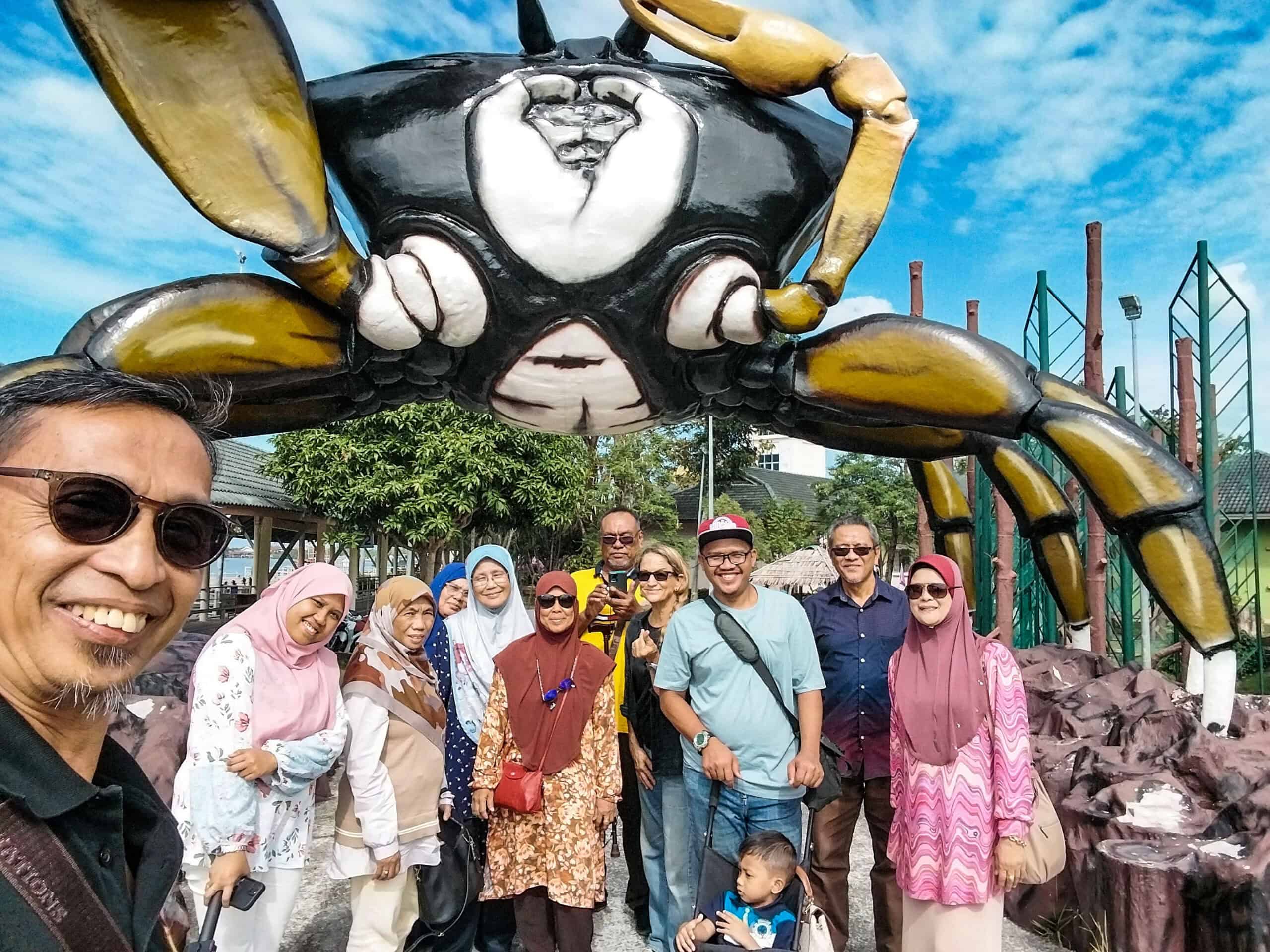
But for many folks traveling through Satun it’s still just a bump in the road on the way to somewhere else. Even being declared an official UNESCO-endorsed Geopark hasn’t been enough to convince people to hang around a bit longer, and that Geopark recognition is a big deal. Satun is the second UNESCO Geopark in Southeast Asia, by the way.
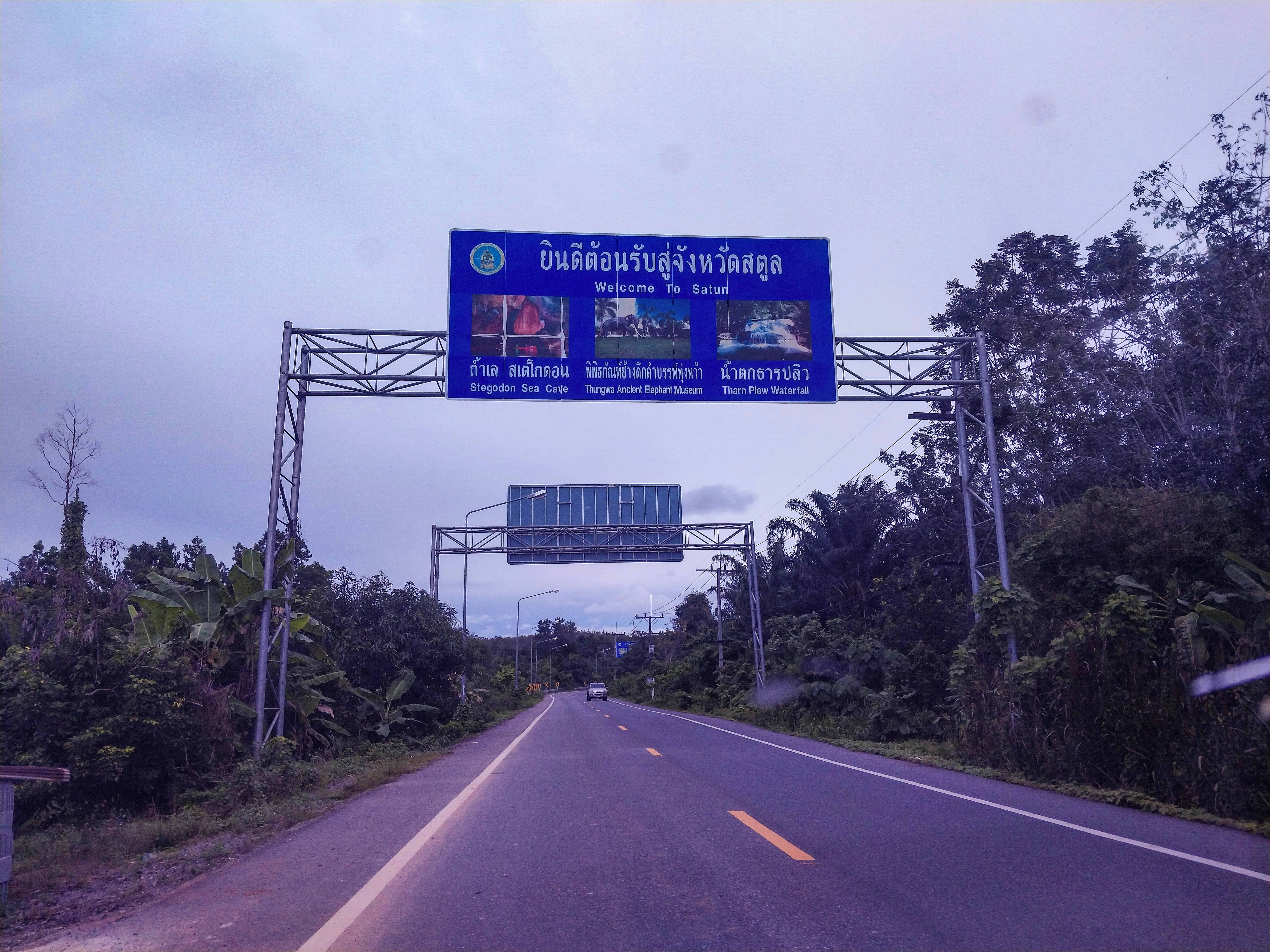
I recently took two back-to-back return trips to Satun and discovered a few new adventures to add to the Satun things to do list. And they might just convince you to stay a little longer next time you’re passing through.
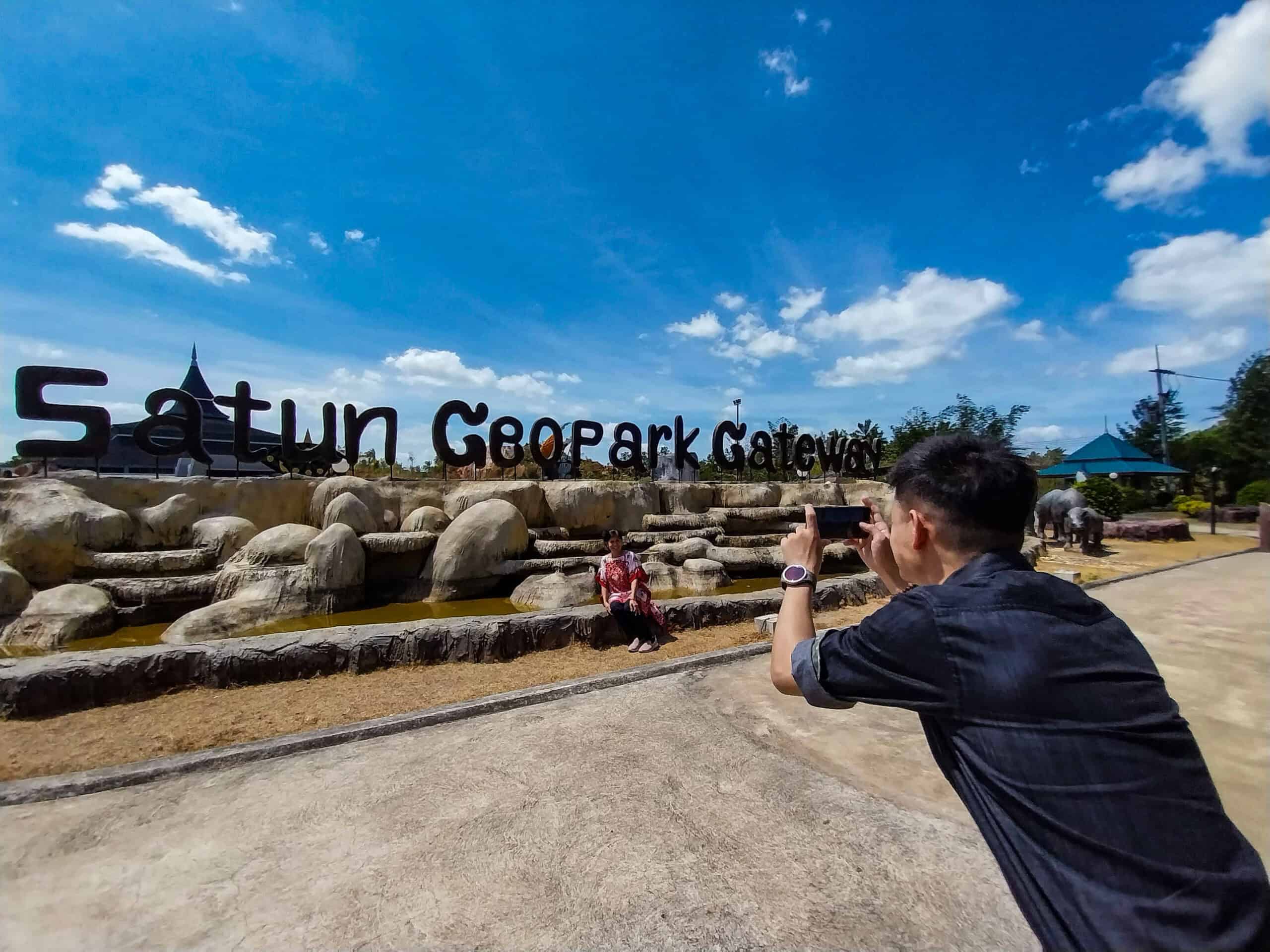
You’ll likely need private transportation to reach some of these spots, but trust me, it will be worth it. I’ll even share contacts for three local Satun drivers you’re sure to love.
Things to Do in Satun for Return Visitors
Visit the Satun Urban Forest and Giant Crab Landmark
If you are arriving in Satun via ferry from Langkawi, or heading to Langkawi from Satun, you’ll be passing through the Tammalang Ferry Terminal. An often-overlooked freebie is a visit to the Satun Urban Forest. Most travelers passing through are in a rush to catch the songthaew (mini truck) to the bus station or into town, but located right next to the Tammalang ferry building is a pristine little mangrove forest, and, of course, the gigantic crab selfie hotspot.
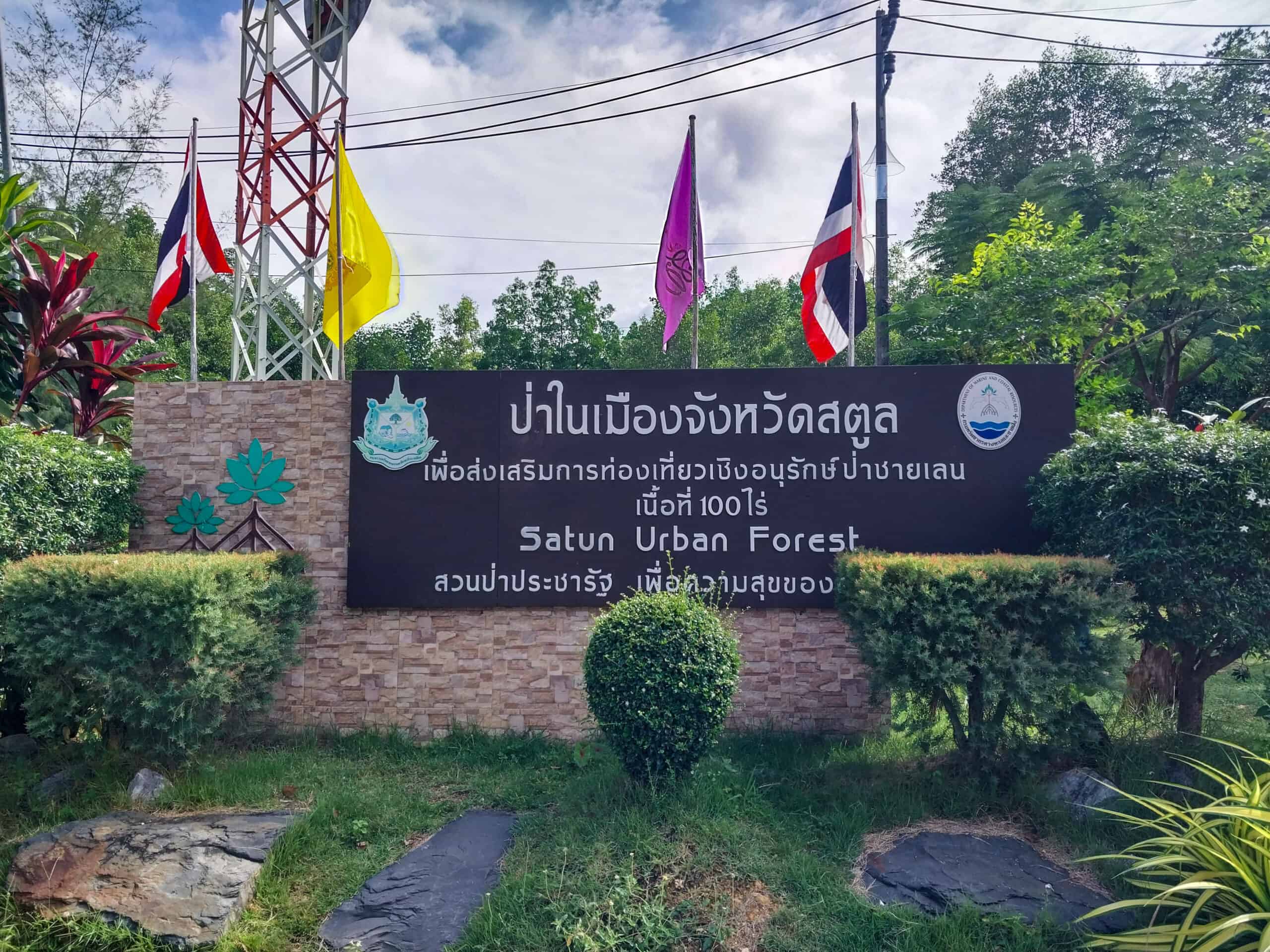
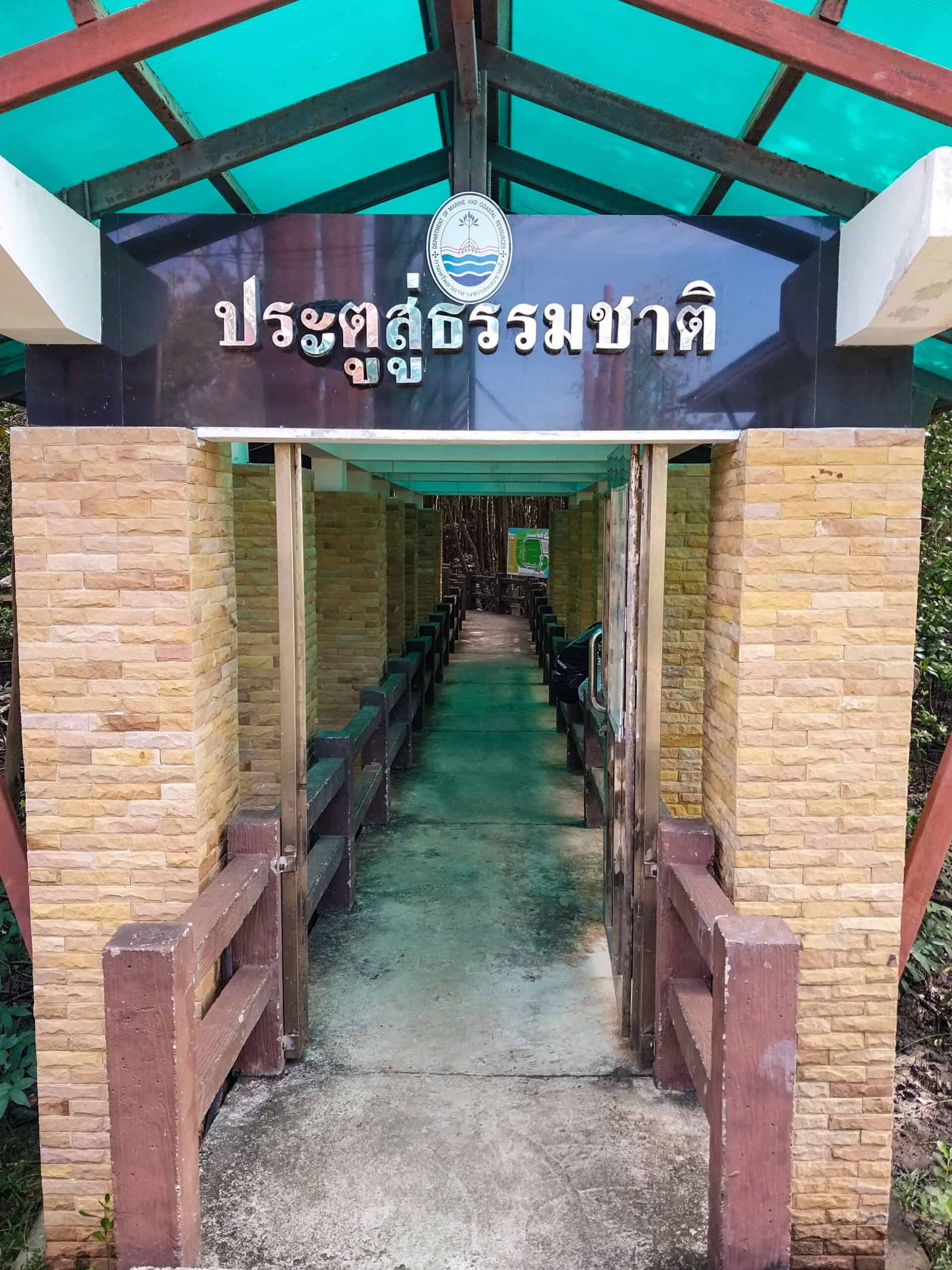
A massive clownfish statue also graces the area, just off the entry to the Urban Forest’s mangrove walk. The Satun Urban Forest features a cement walkway that loops through a very clean-looking mangrove. It’s elevated high enough to accommodate the changing tides.
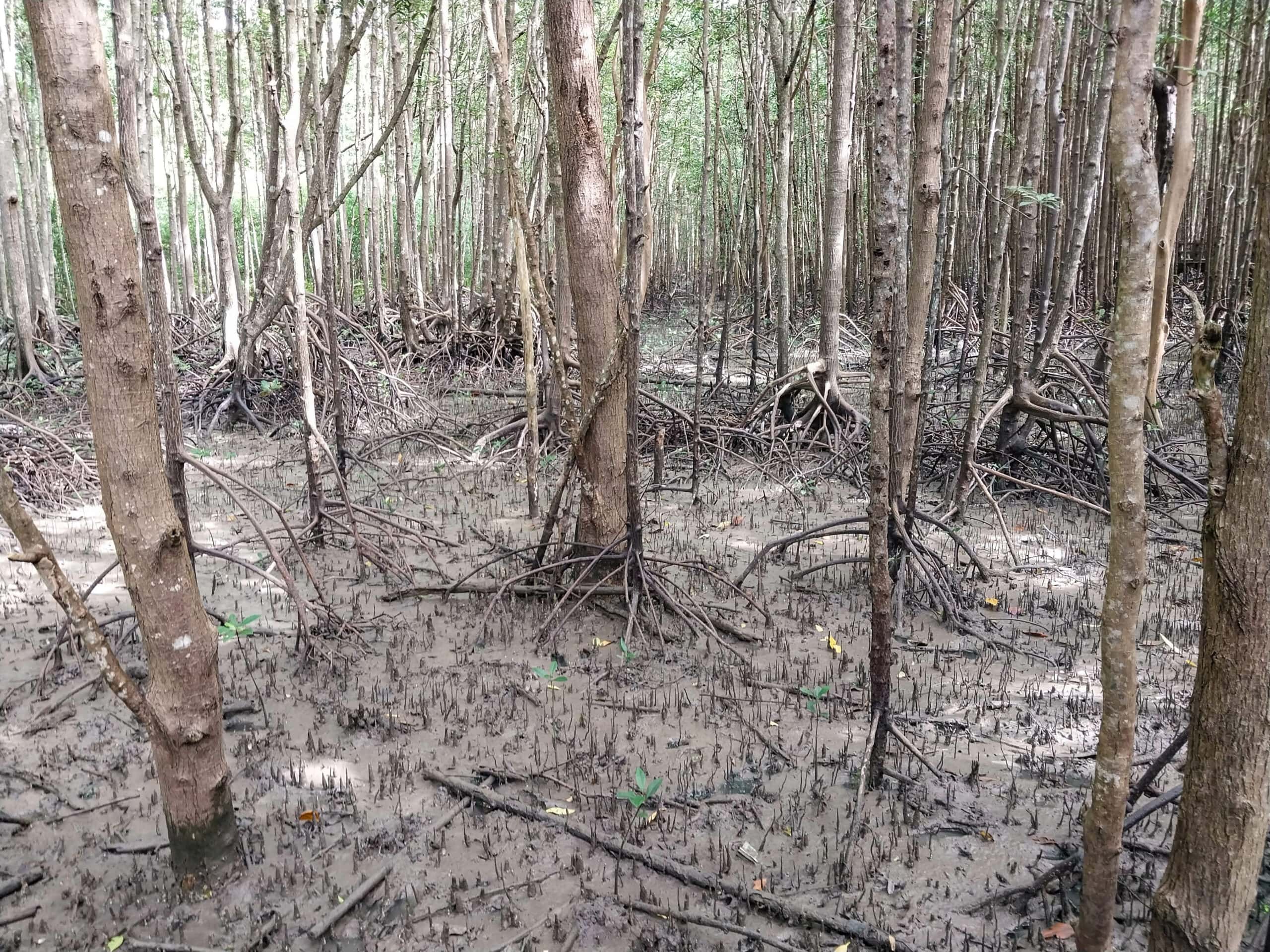
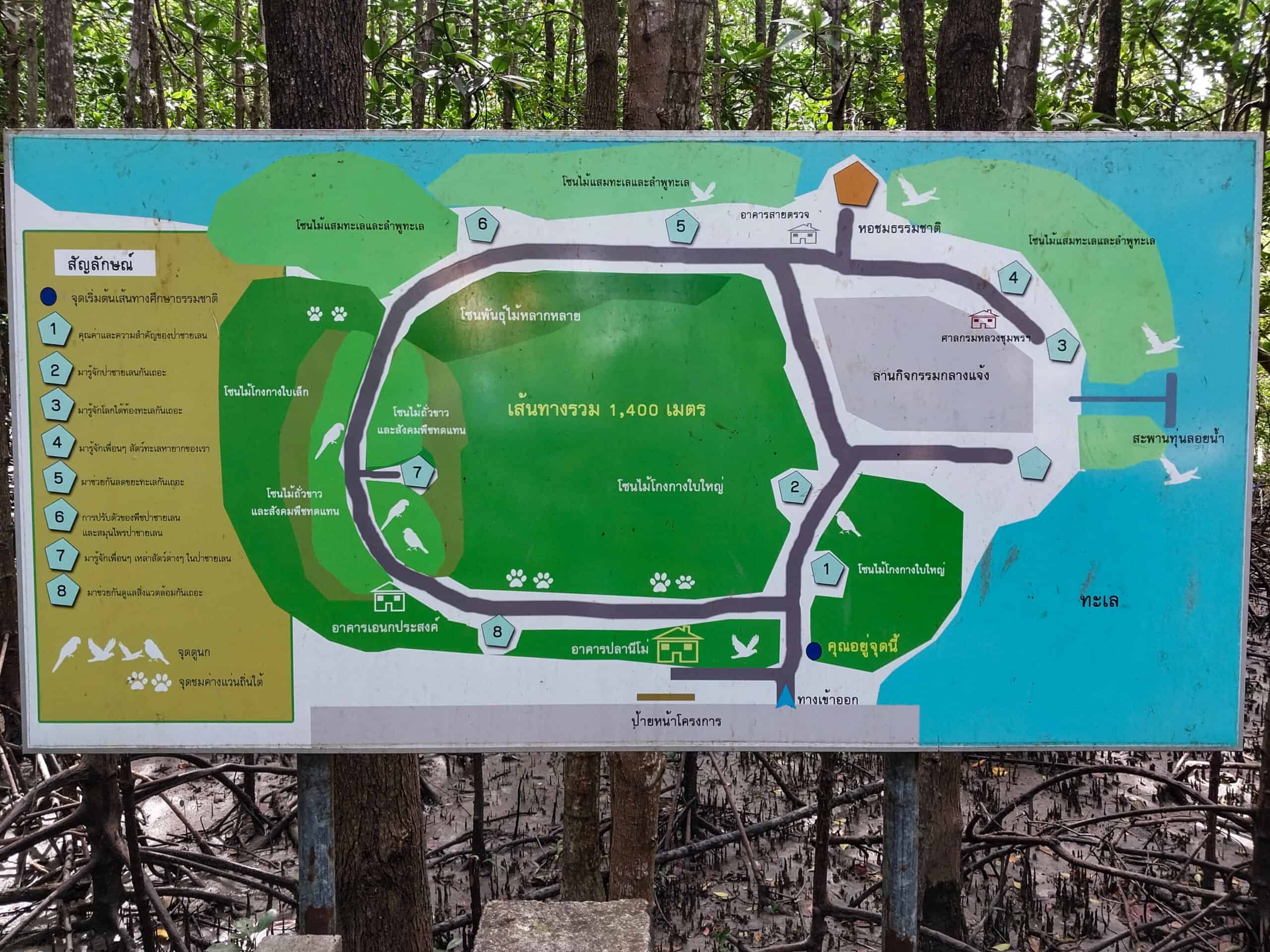
At low tide, you can expect to see crabs and mudskippers scurrying around; at higher tides, you’ll spot ripples from fish darting here and there. It’s quite fascinating if mangroves are new to you, and a great teaching moment for parents who want to highlight the importance of nature to their kids. The walkway is wheelchair- and stroller-friendly, making it an all-ages activity.
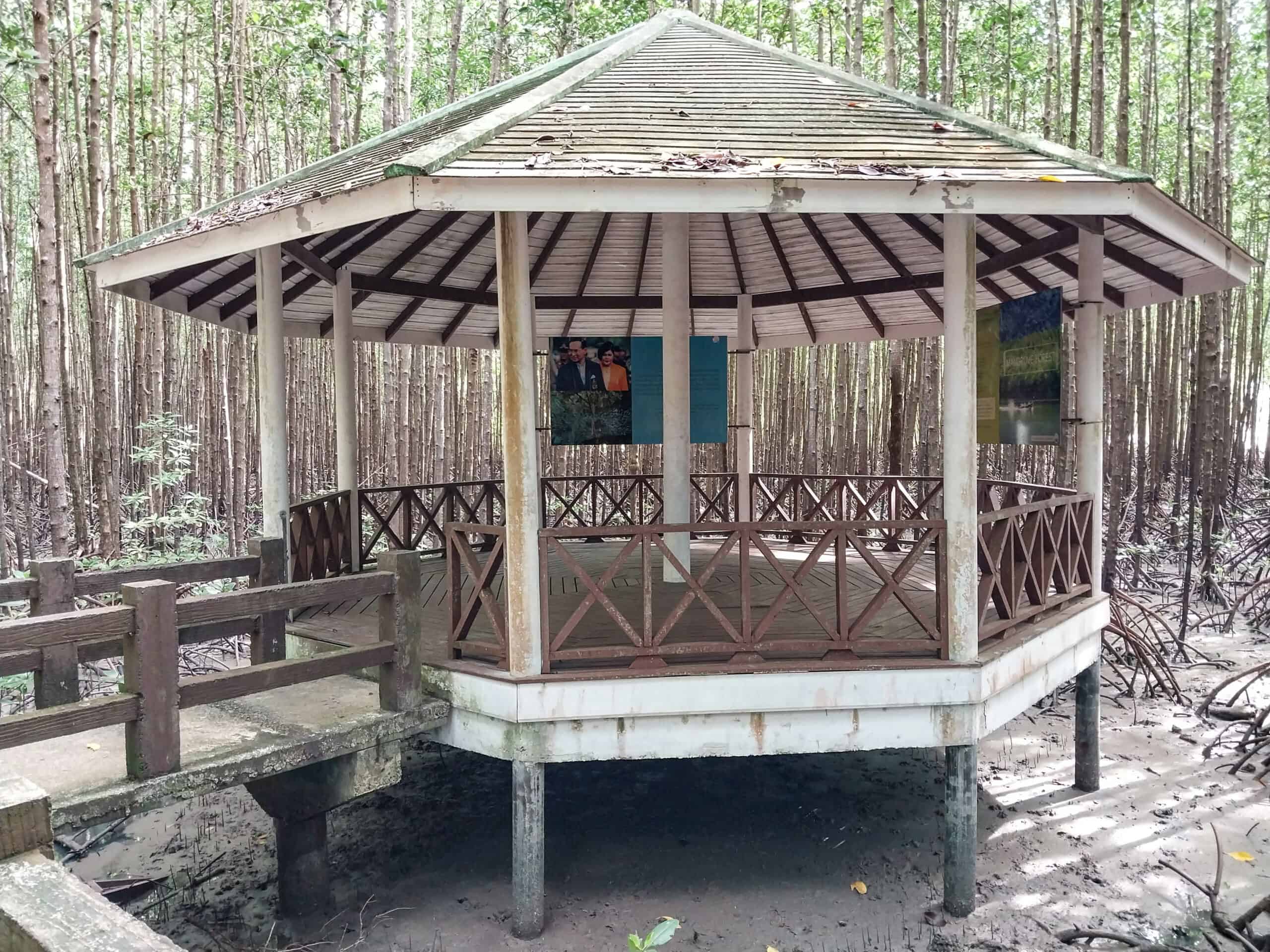
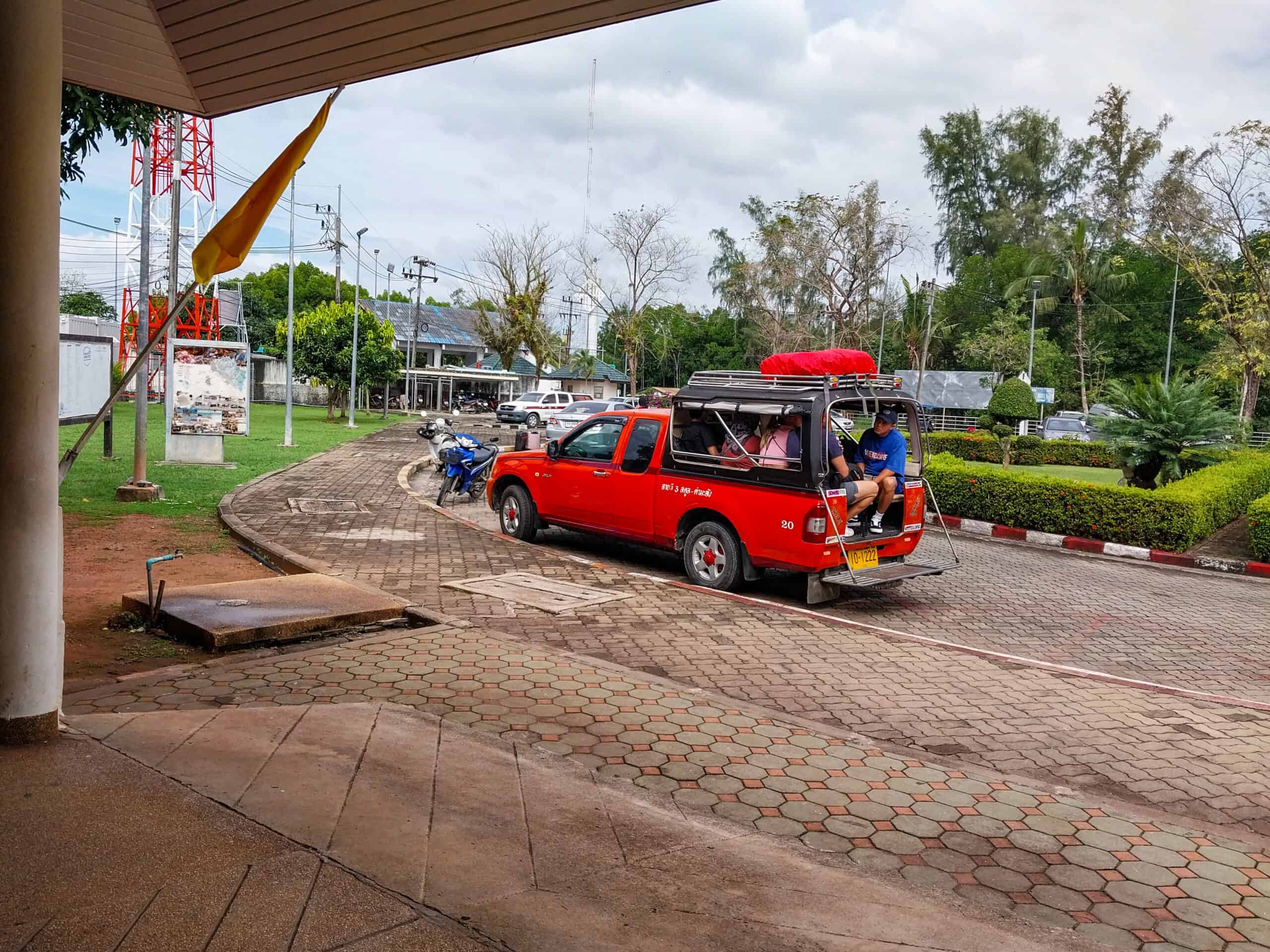
Discover the Tammalang Fishing Village of Baan Tam Malang Tai
Most travelers know Tammalang as the location for the ferry connecting Satun, Thailand, to Langkawi, Malaysia. But just down the road, across a narrow stretch of water, lies the Tammalang Fishing Village, also known as Baan Tam Malang Tai.
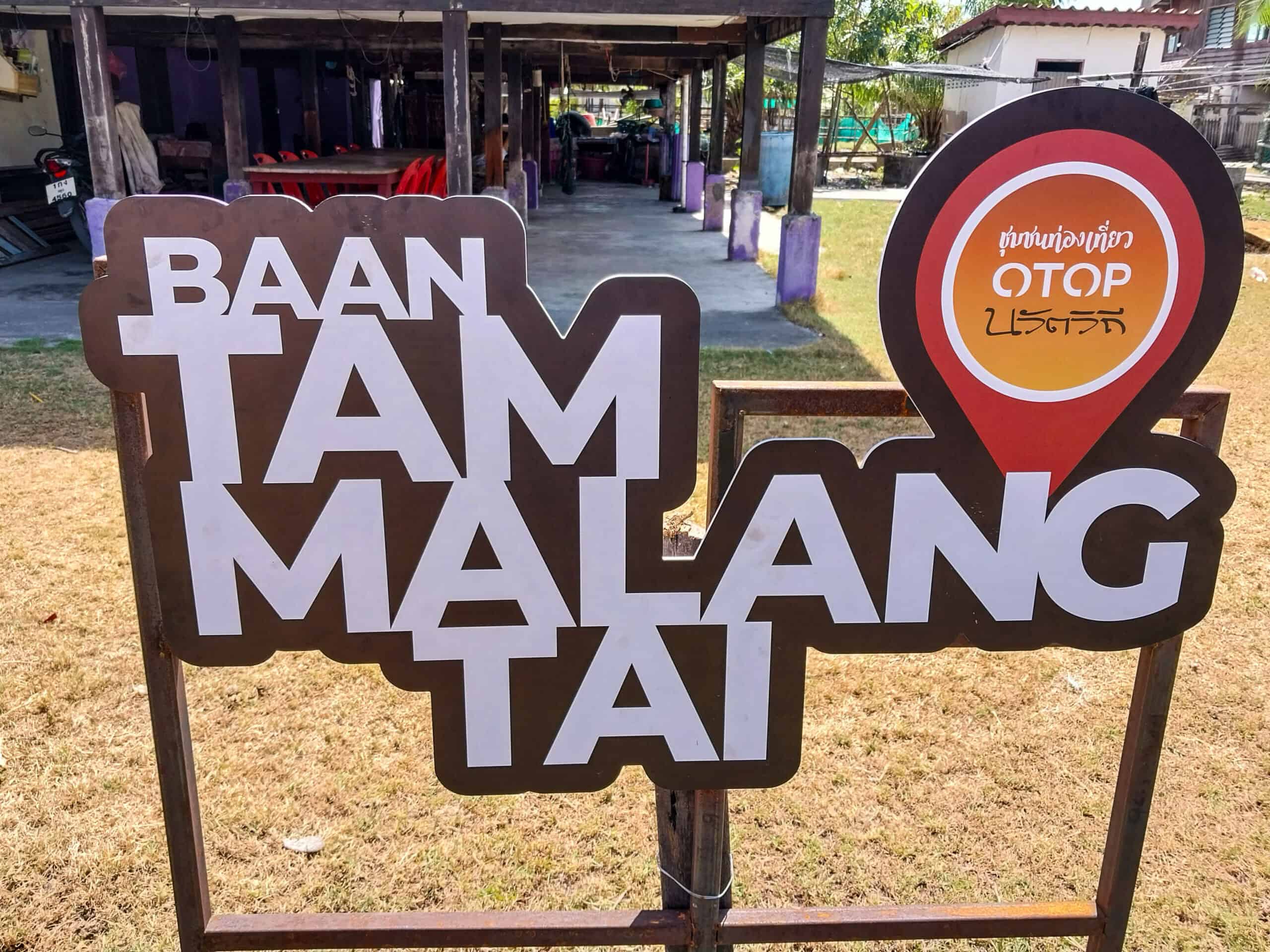
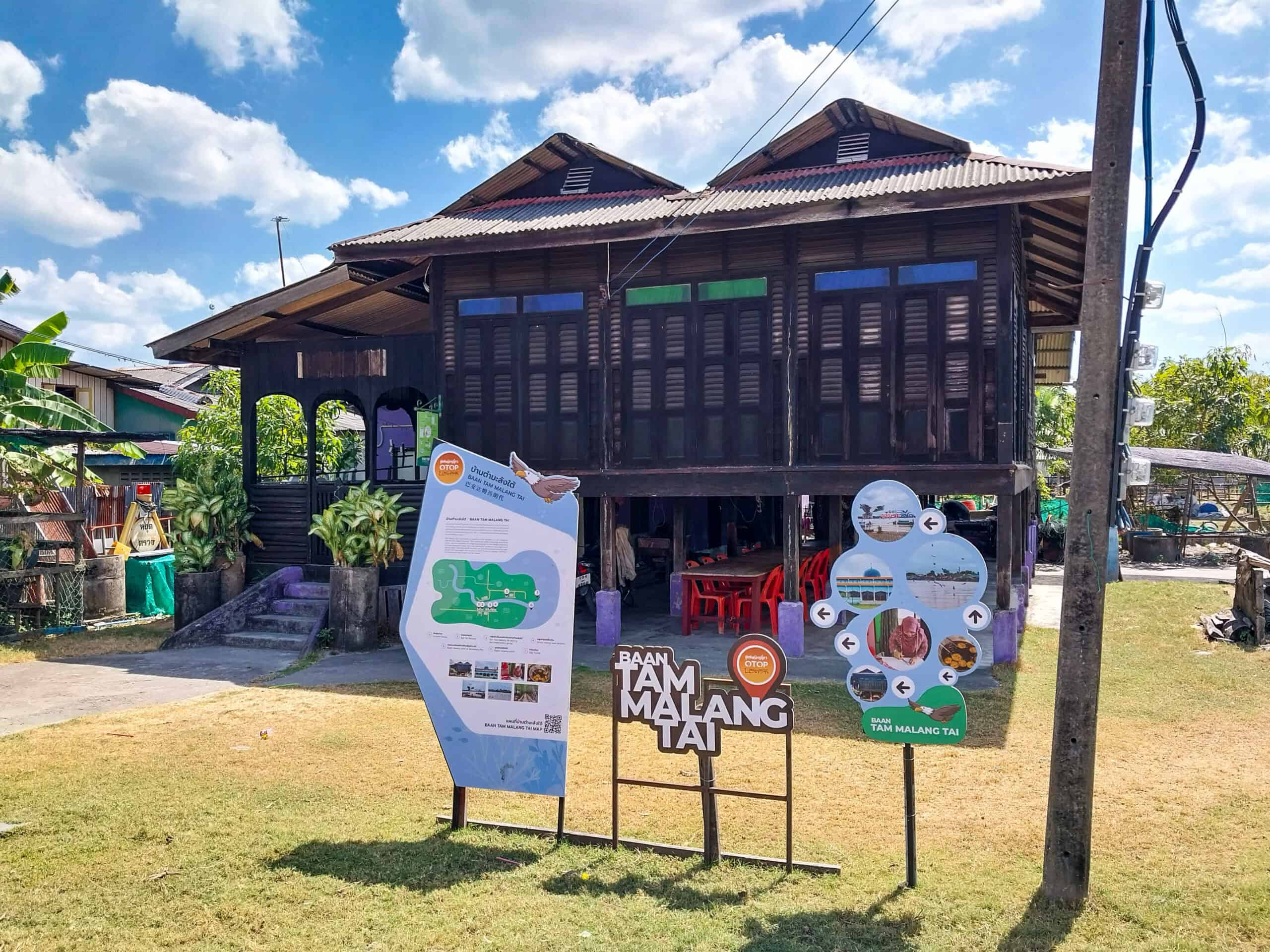
This peaceful island community goes by several names and spellings, and pinning down its exact history is surprisingly difficult. Still, what I discovered during a spontaneous visit to this traditional Thai fishing village was more than enough to make the trip memorable.
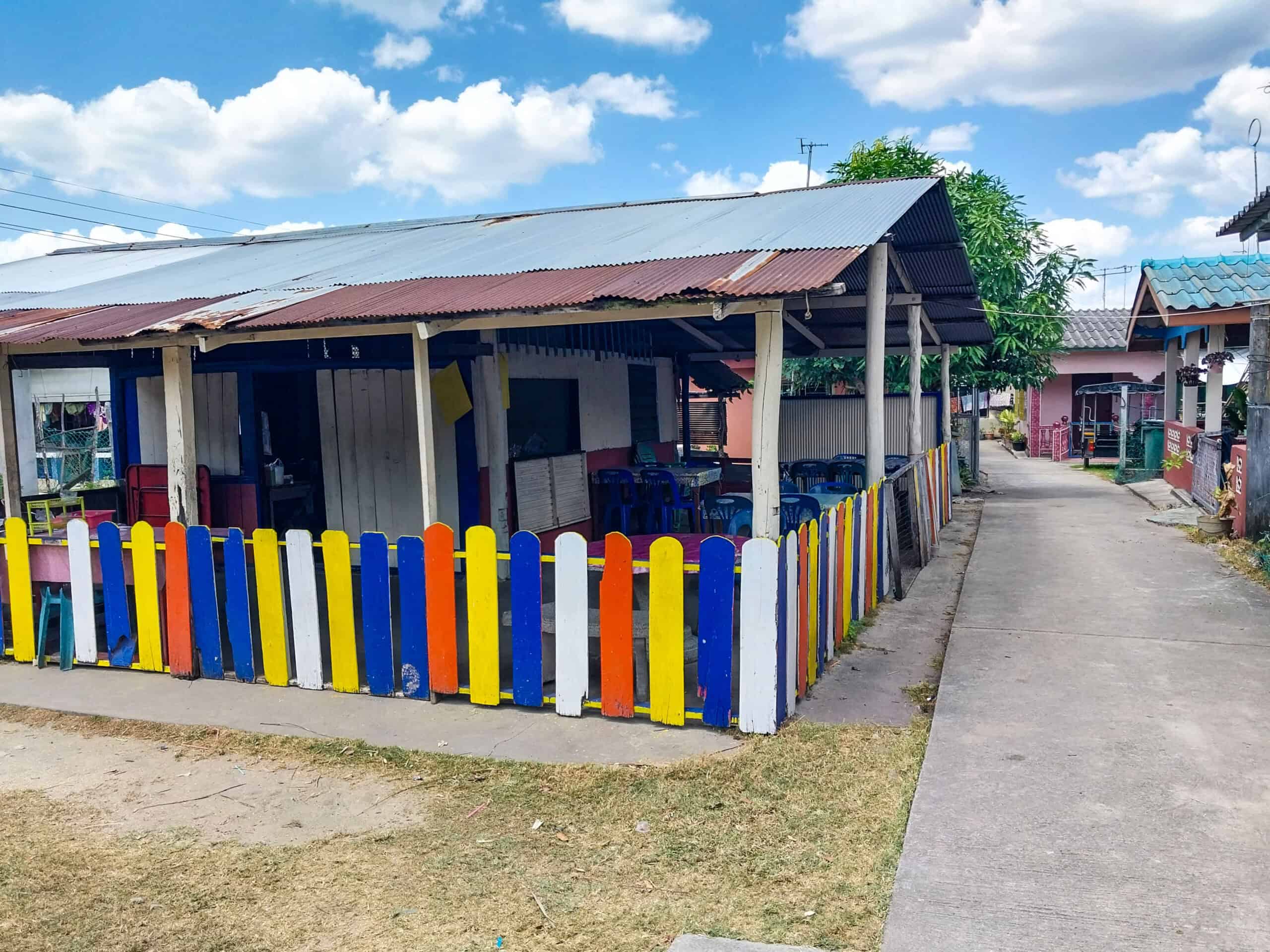
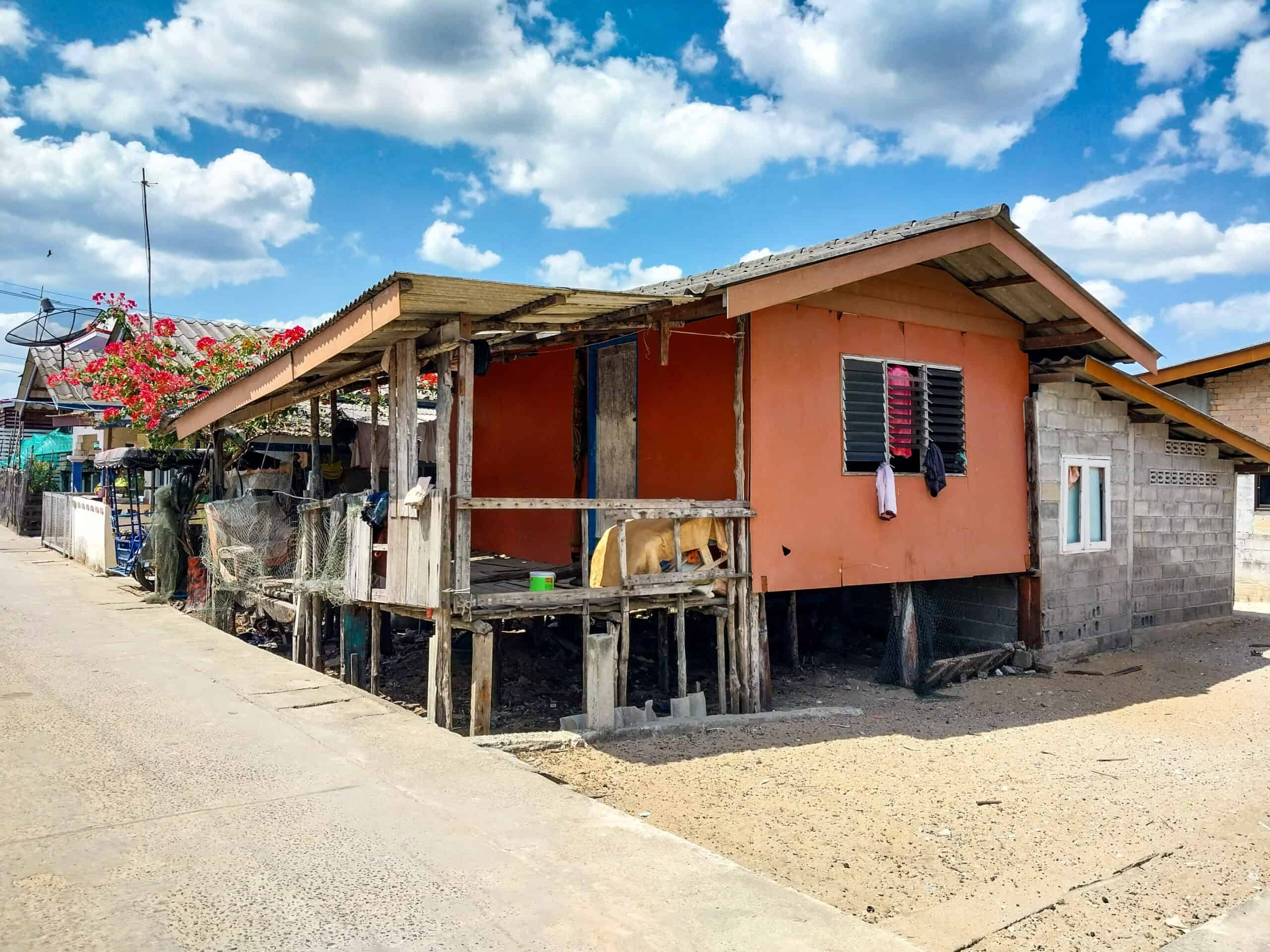
My brief visit gave me an interesting glimpse into a unique, close-knit island life. The community is predominantly Muslim, and most residents speak Bahasa Melayu, something that made communication a bit easier for me. Everyone I met was kind, patient, and welcoming, despite the surprise of my sudden appearance. Strangers meandering through is apparently not something new.
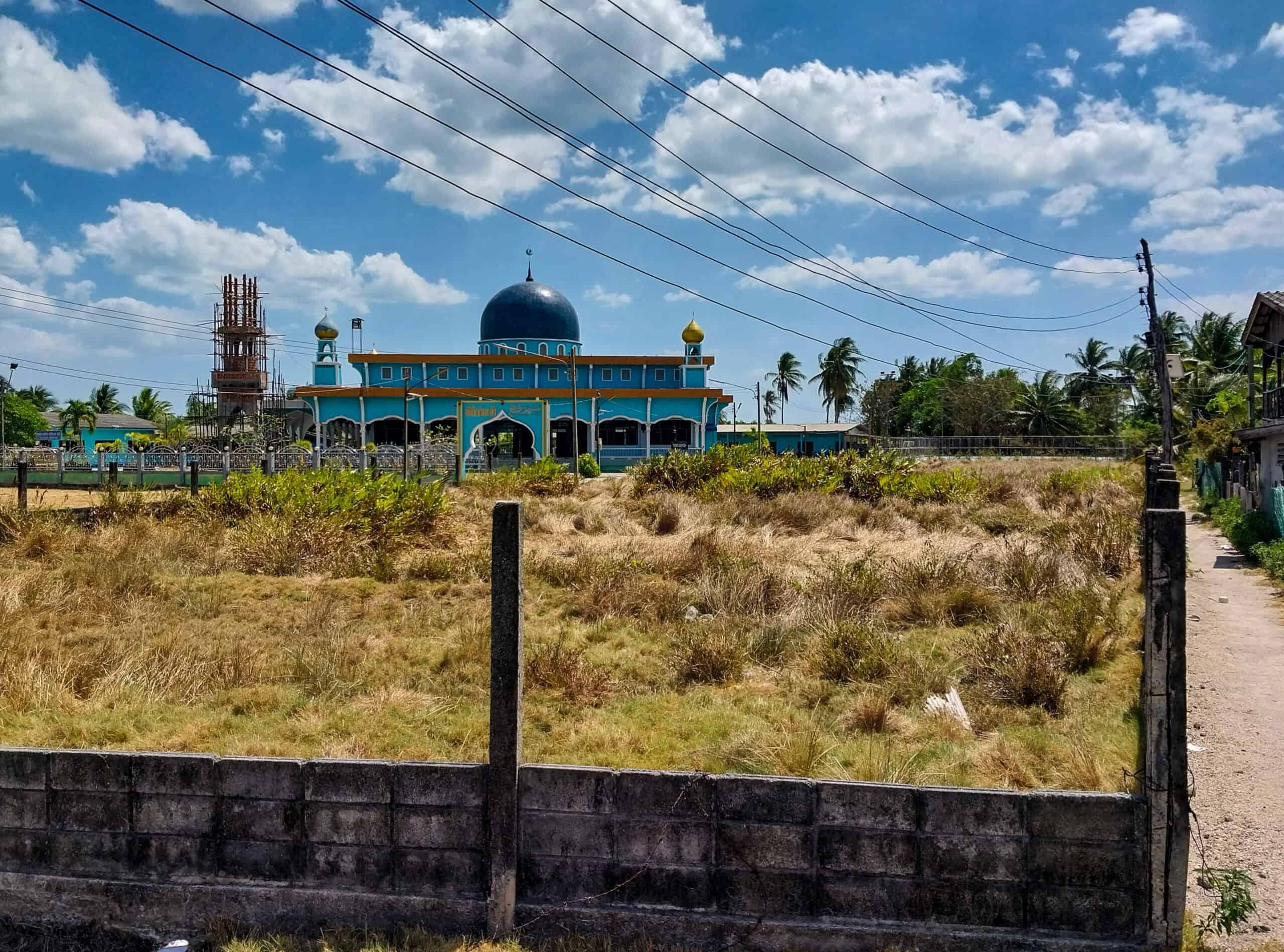
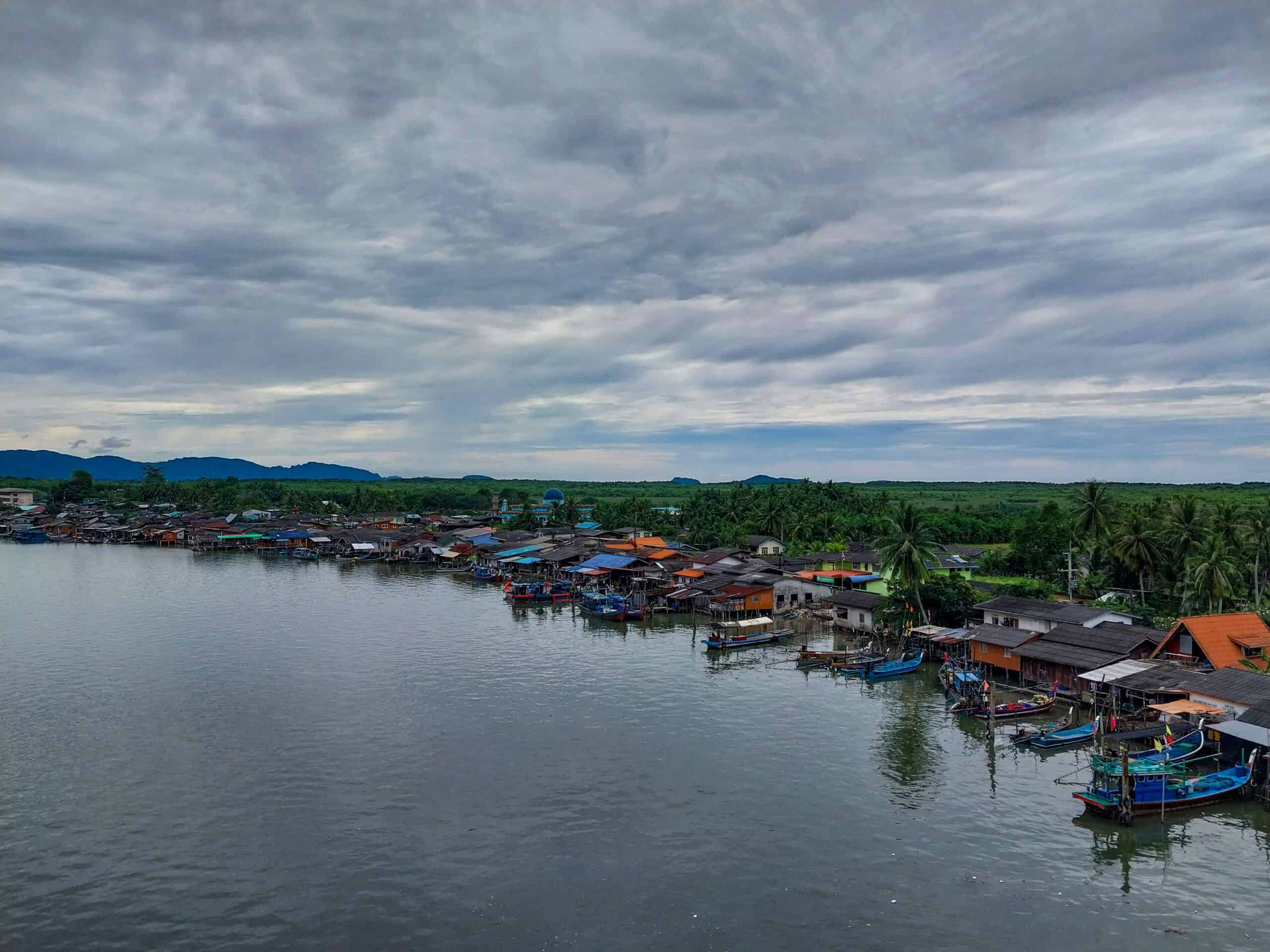
Though it’s technically just off the Tammalang port area, some people referred to it as “Koh Tammalang.” However, based on signage I saw, the official name may actually be Baan Tam Malang Tai.
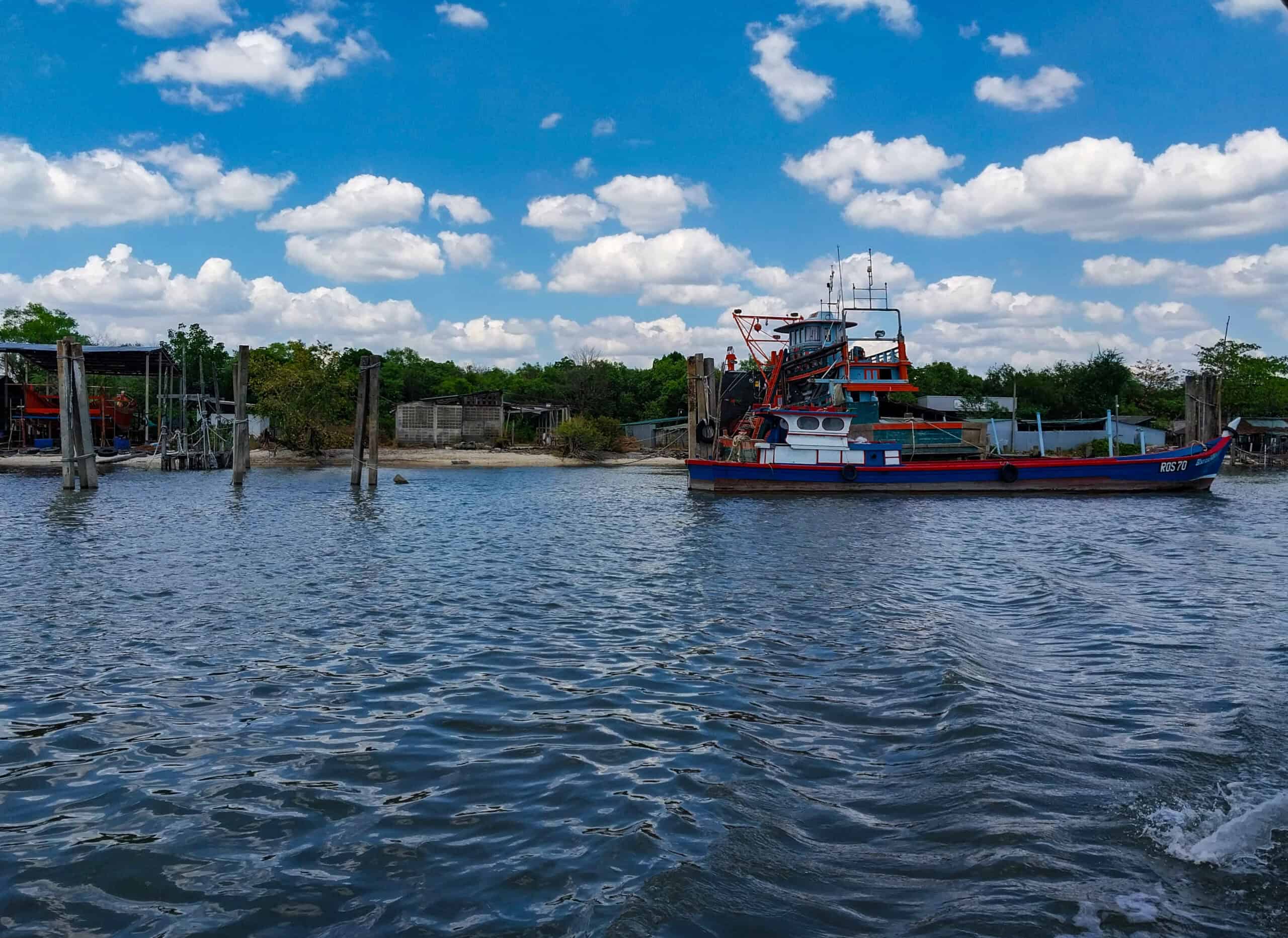
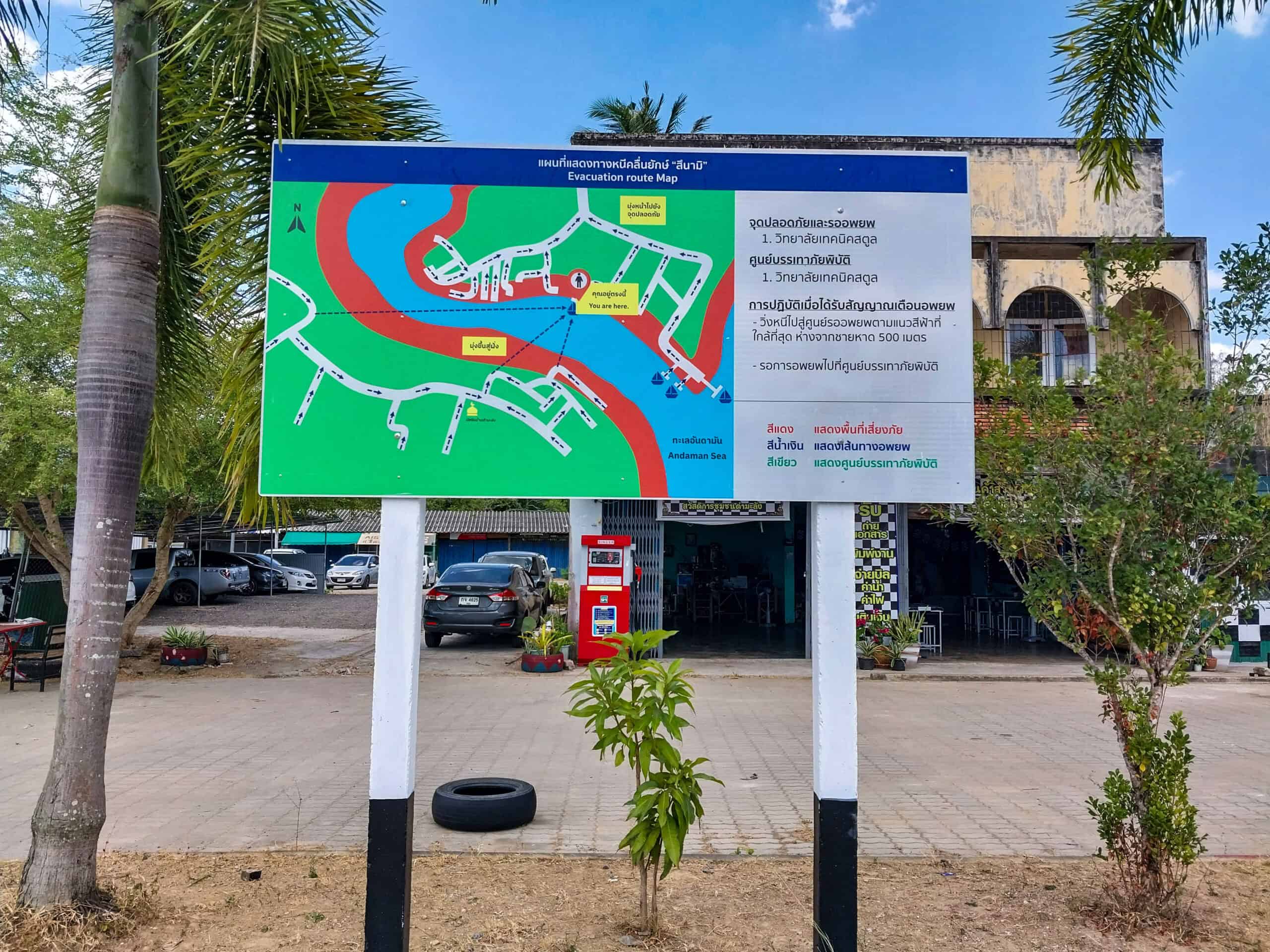
Fun fact: While researching the area online later, I came across an interesting tidbit about the name “Tammalang.” It’s said to originate from two Malay words: tamma, meaning “to tie,” and lang, meaning “eagle.” According to local lore, fishermen once used sea eagles to catch fish and would tie them to the jetty. That imagery alone gives the place an almost mythical air.
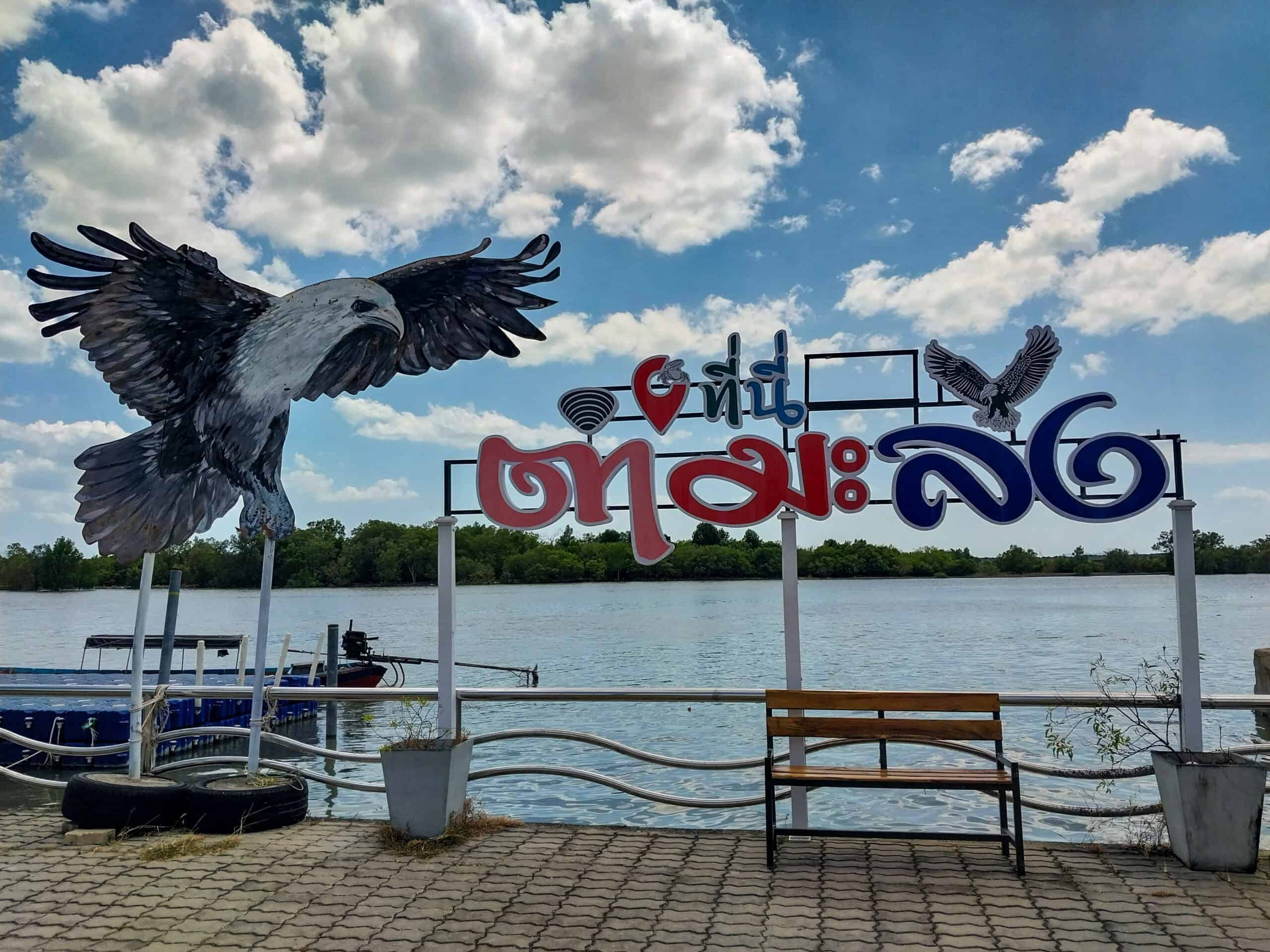
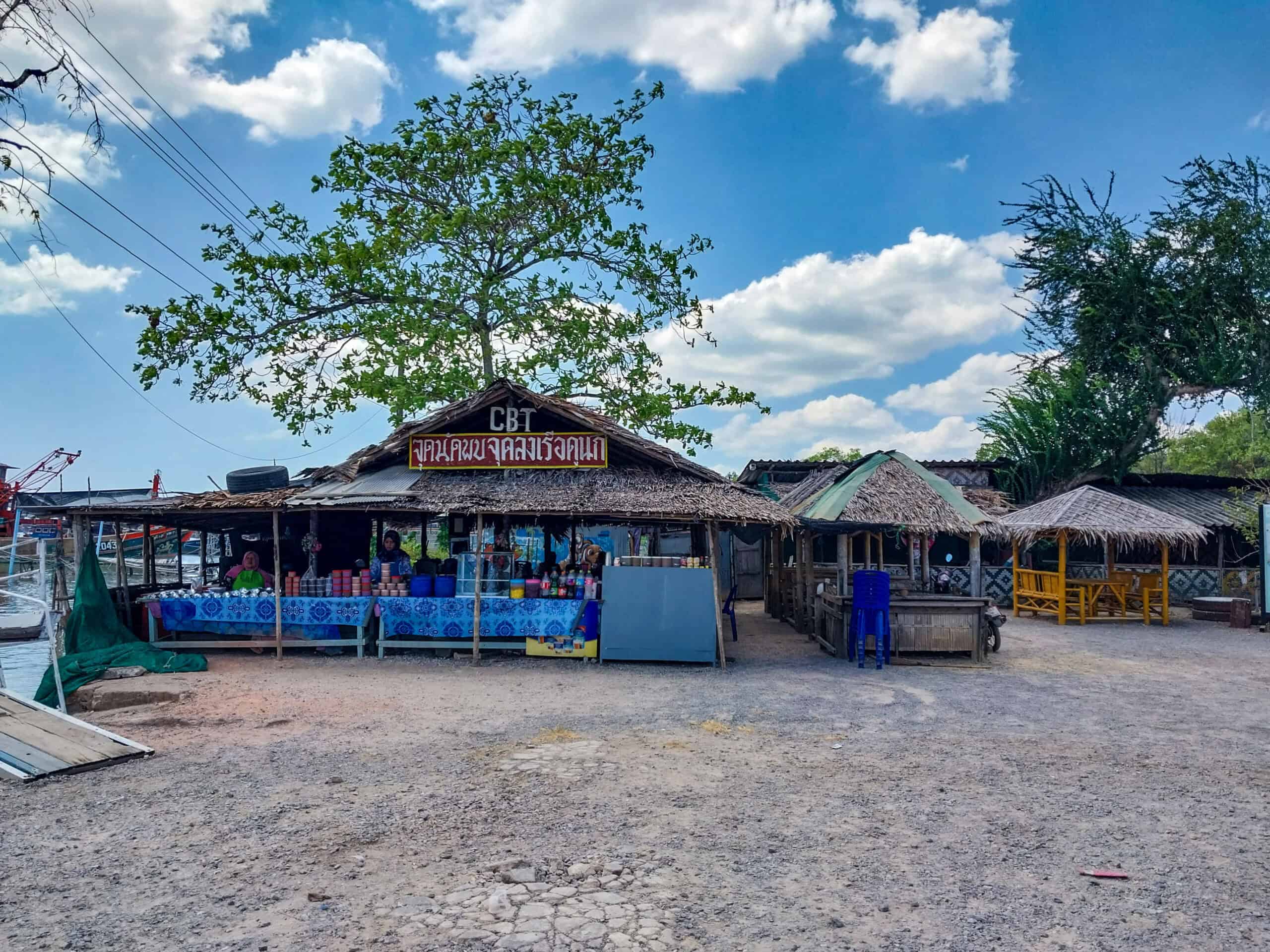
Today, a sleek new bridge and walkway connect mainland Satun to Baan Tam Malang Tai, making access easier than ever. However, for a more authentic (and slightly more adventurous) experience, you can still cross the water using the small, makeshift ferries the islanders rely on. They’re a bit precarious, but they add to the charm of the journey.
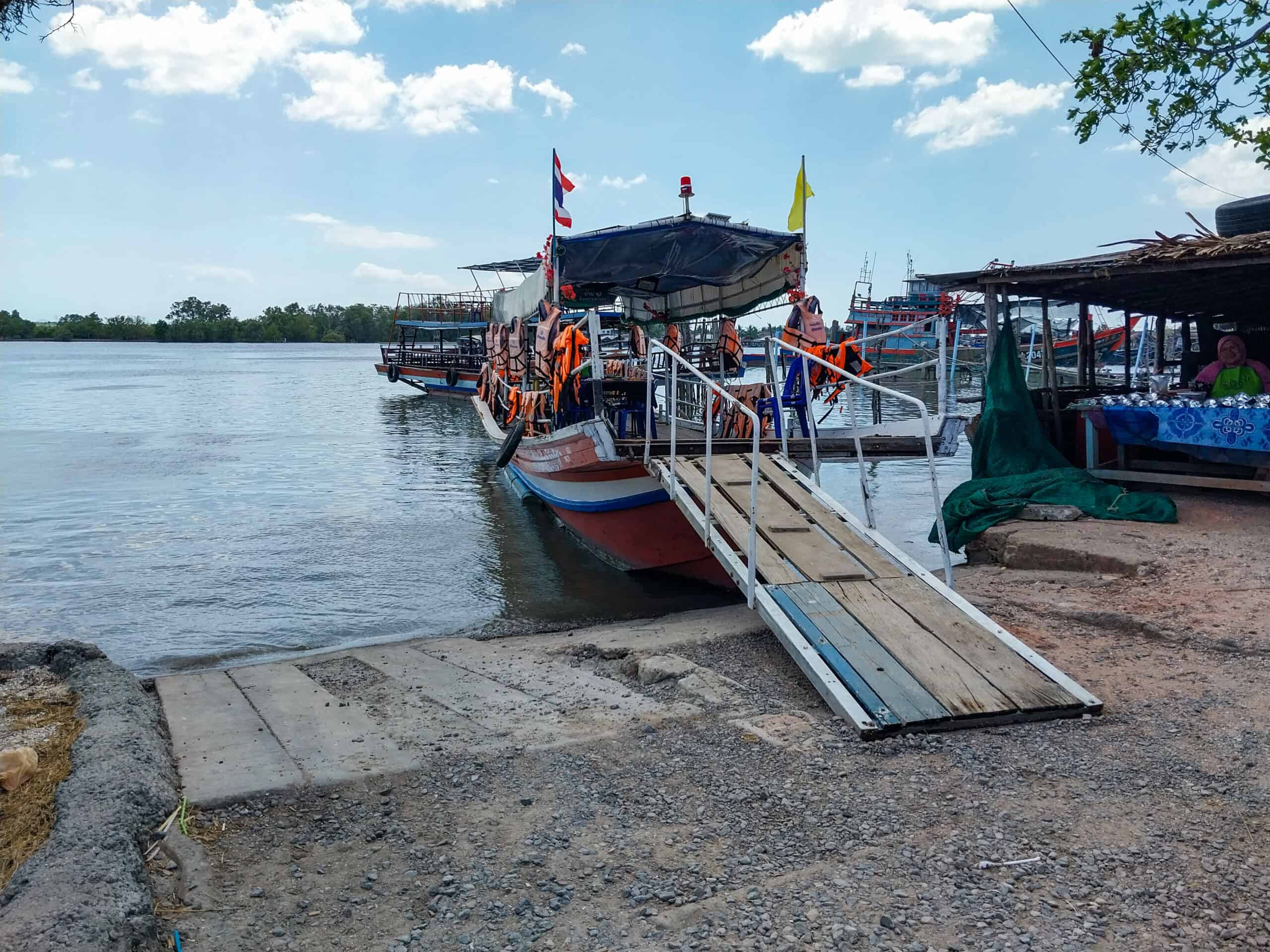
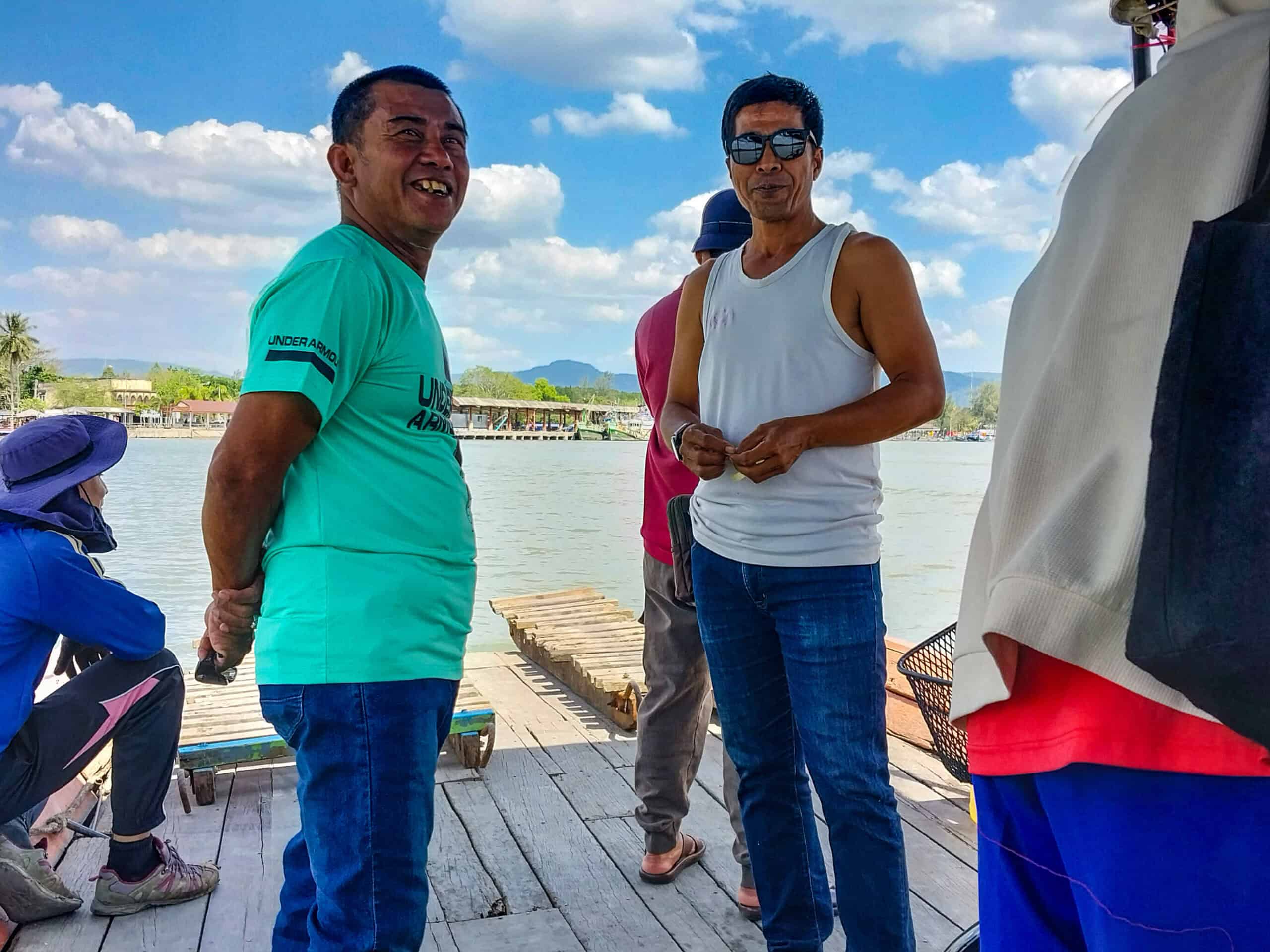
Once you arrive on the island, exploring the nearby kampung (village) on foot is very doable. If you have a private driver, they may prefer to take the new bridge route, but you can always ask them to at least show you the spot where the mainland eagle-watching boats launch from. It’s a quiet reminder of the community’s rich, if somewhat elusive, history. Here’s a quick 60-second tour.
Explore the Coastal Road Between Tammalang and Tanyang Po
On a map this coastal road route looks like a lengthy labor-intensive journey, but in reality, it takes less than an hour to drive from point A to point B. Not a big fan of winding roads through forested enclaves? Never mind lah, you’ll love this one. It’s fascinating.

Tanyong Po (also spelled Tan Yong Po, Tanyong Paoh or Tanjung Pauh) is a coastal village in Satun’s Mueang District, not far from Tammalang Pier and the main ferry terminal linking Satun with Langkawi, Malaysia. Both are located within the same region, making travel between them quick and easy.
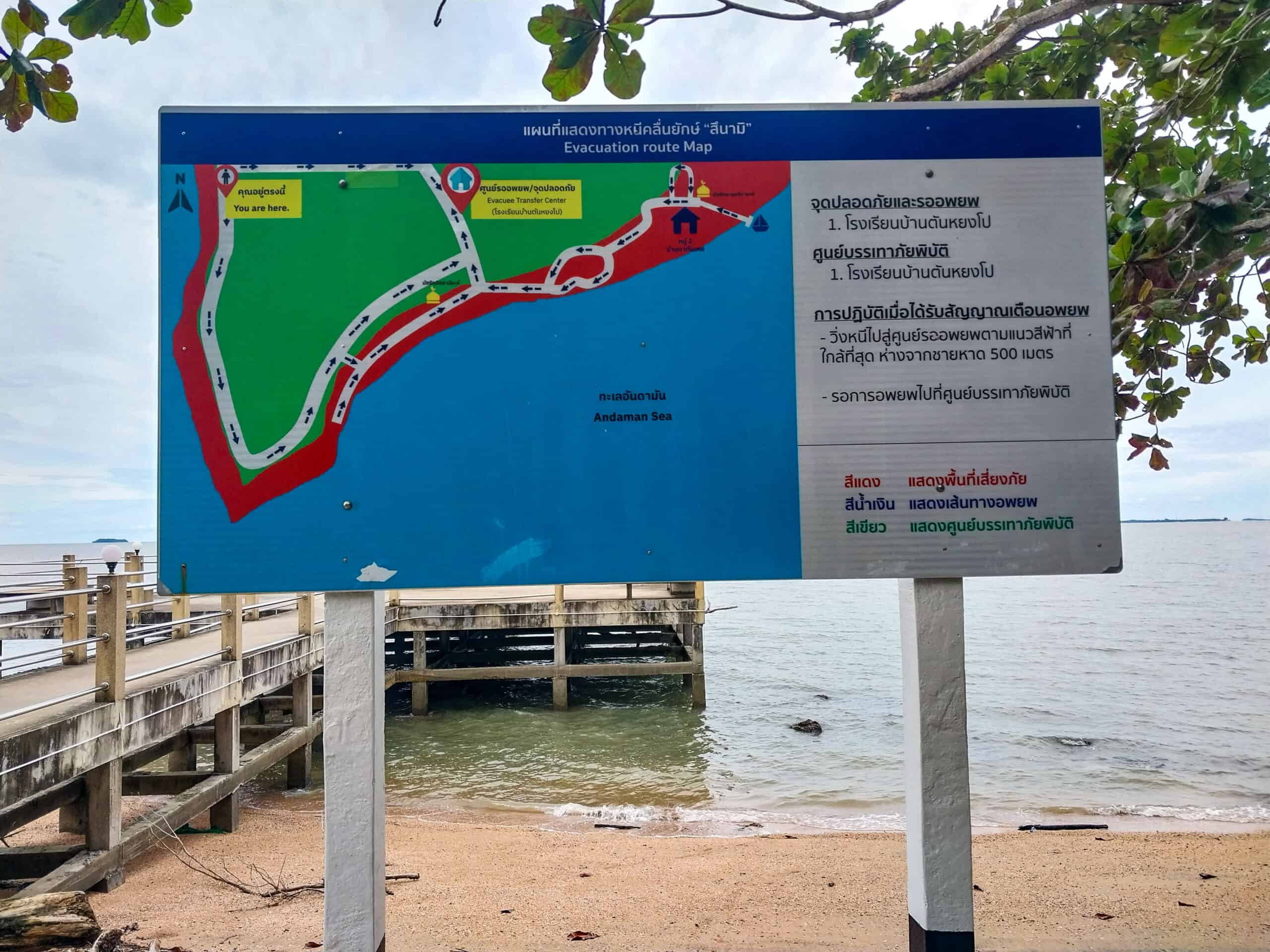
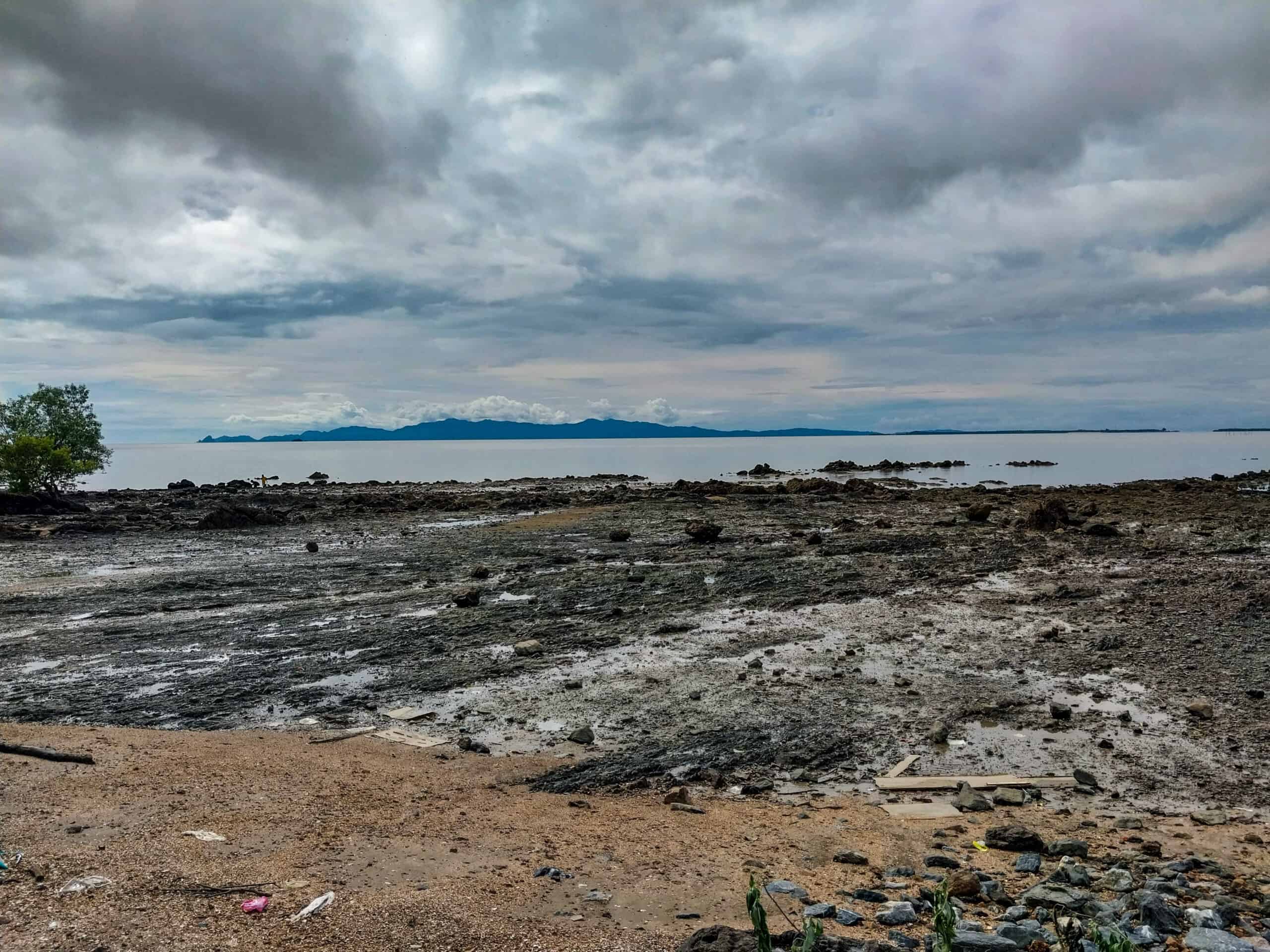
Depending on your route, the distance between the two is around 6 to 10 kilometers. By car or motorcycle, the journey usually takes just 20 to 30 minutes (not including sightseeing stops along the way).
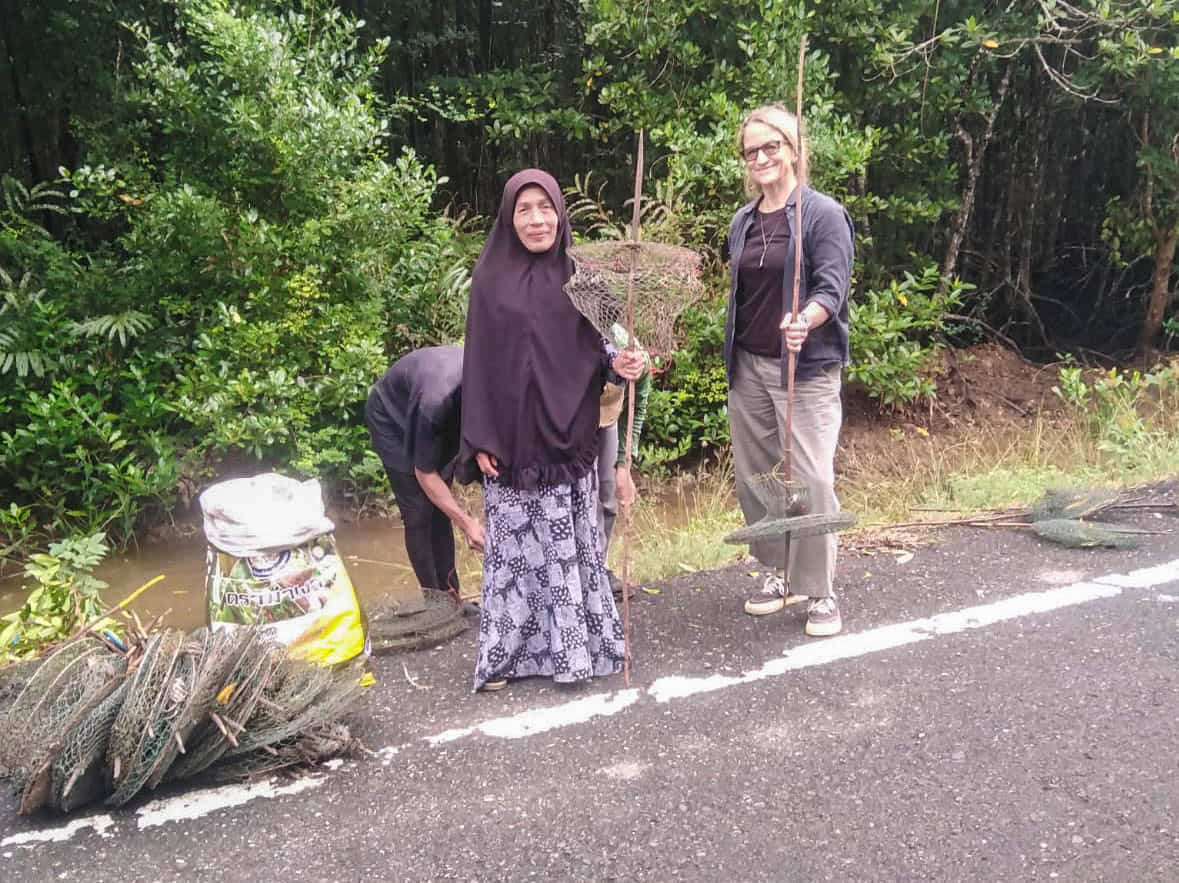
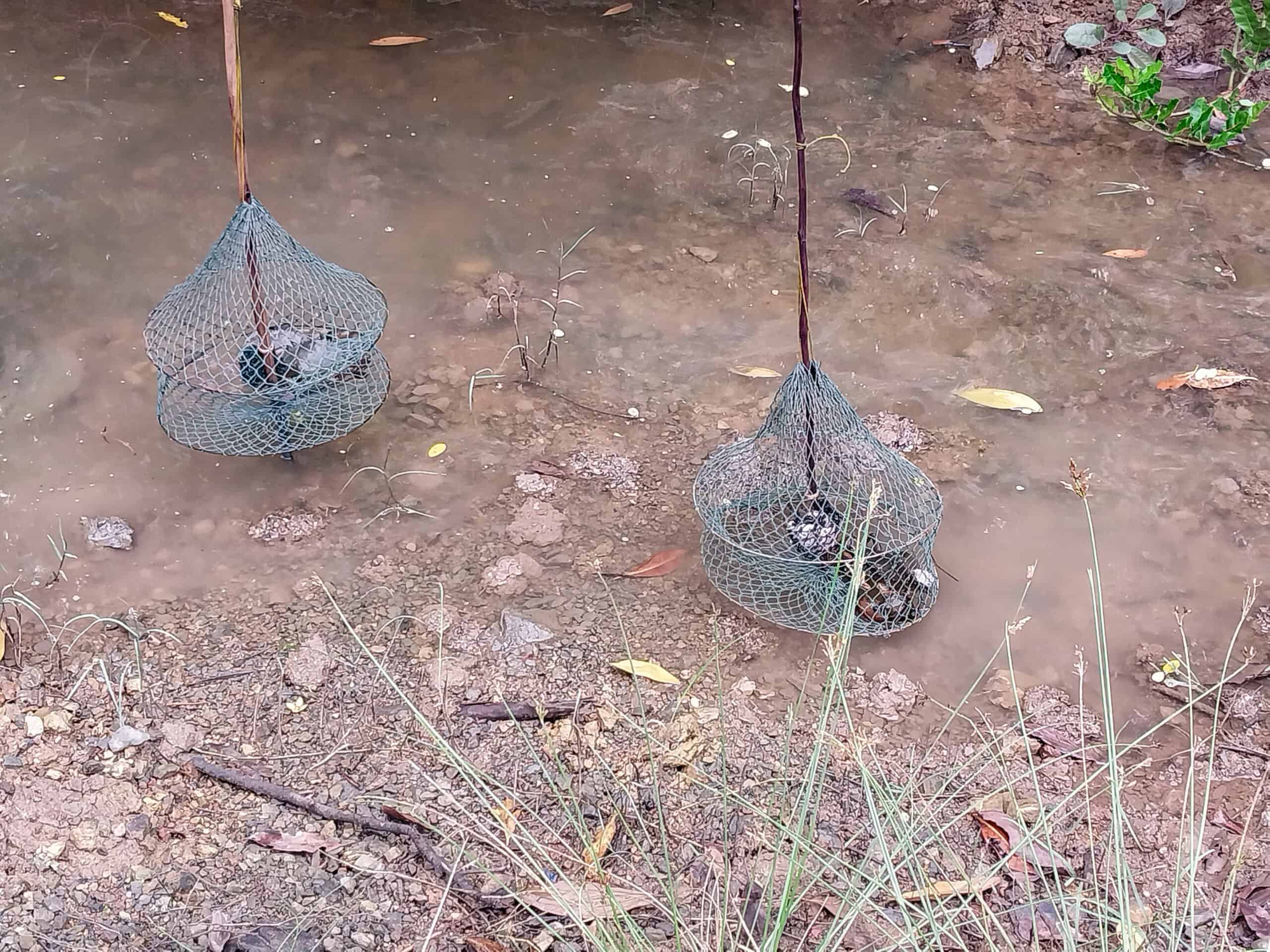
Following the coastal road north visitors will be rewarded with several interesting local highlights, such as the mangrove crabbing, or the gigantic Mantis Prawn statue. Or even the sunset view between Langkawi, Malaysia and Koh Tarutao, Thailand.
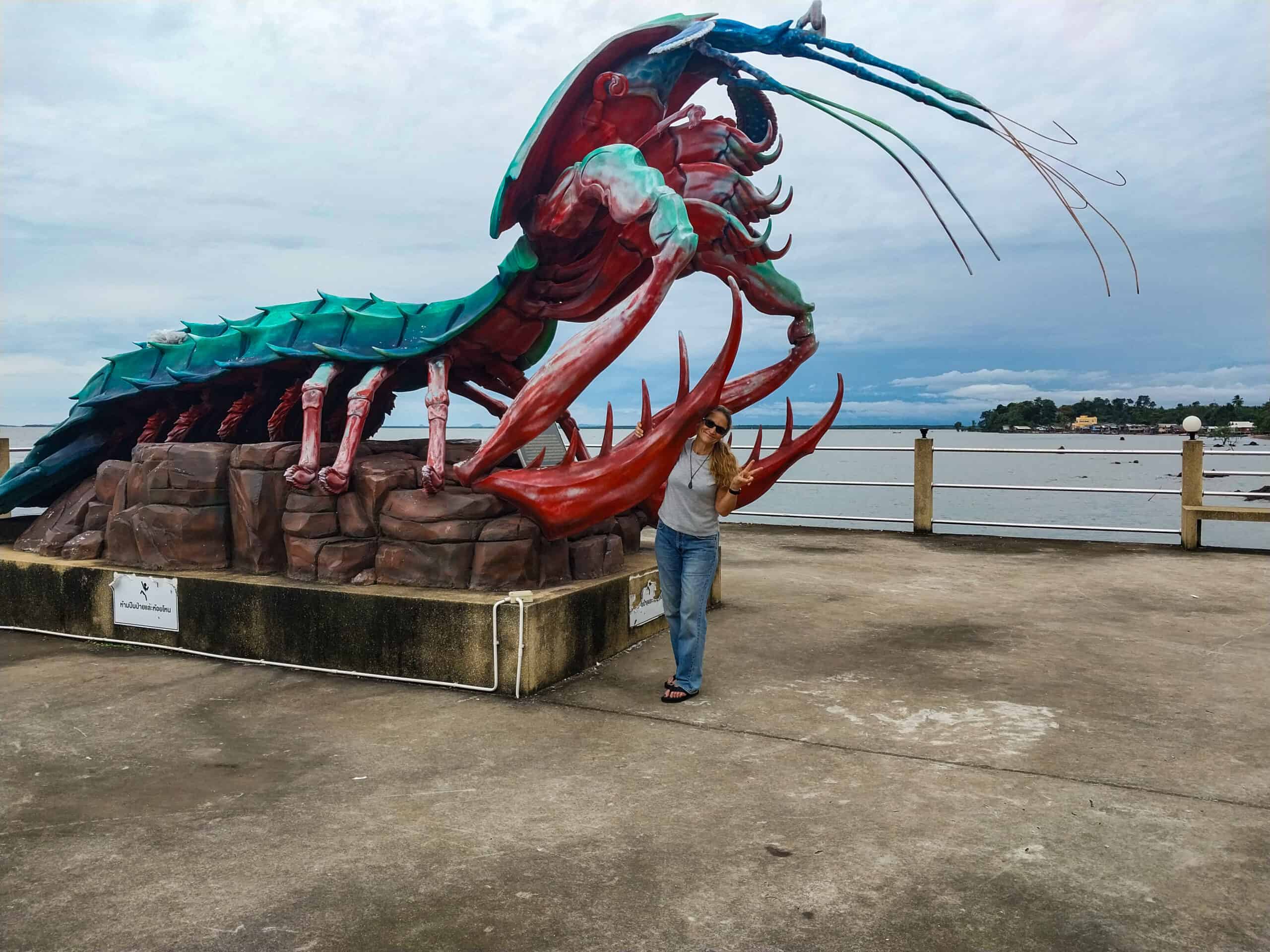
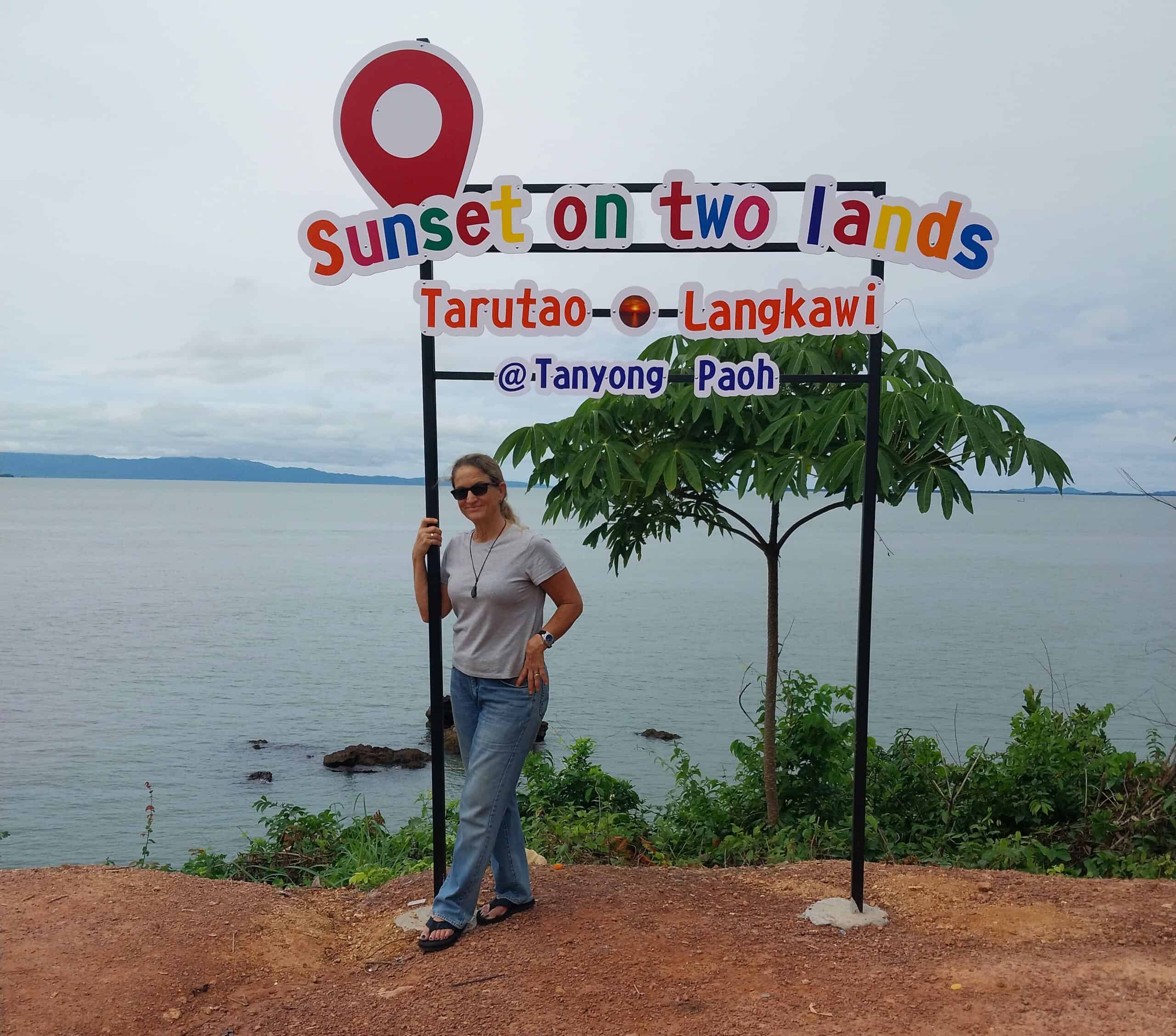
If you don’t have your own transportation, having a private driver who is willing to make stops along the way, will be much more interesting than just passing by. This is where my friend An comes in, as he not only speaks Thai, Malay and English, he was born and raised in Tammalang so he knows a lot of people in the area. He also loves to take photos!
Check Out Hat Sai Yao (Had Yao) and Tanyang Po
At the end of the long and winding roads from Tammalang is the Estuary of Satun Bay and home to the Hat Sai Yao and Tanyang Po fishing communities. The area offers a glimpse into a very active fishing and crabbing industry and the promise of fresh seafood.

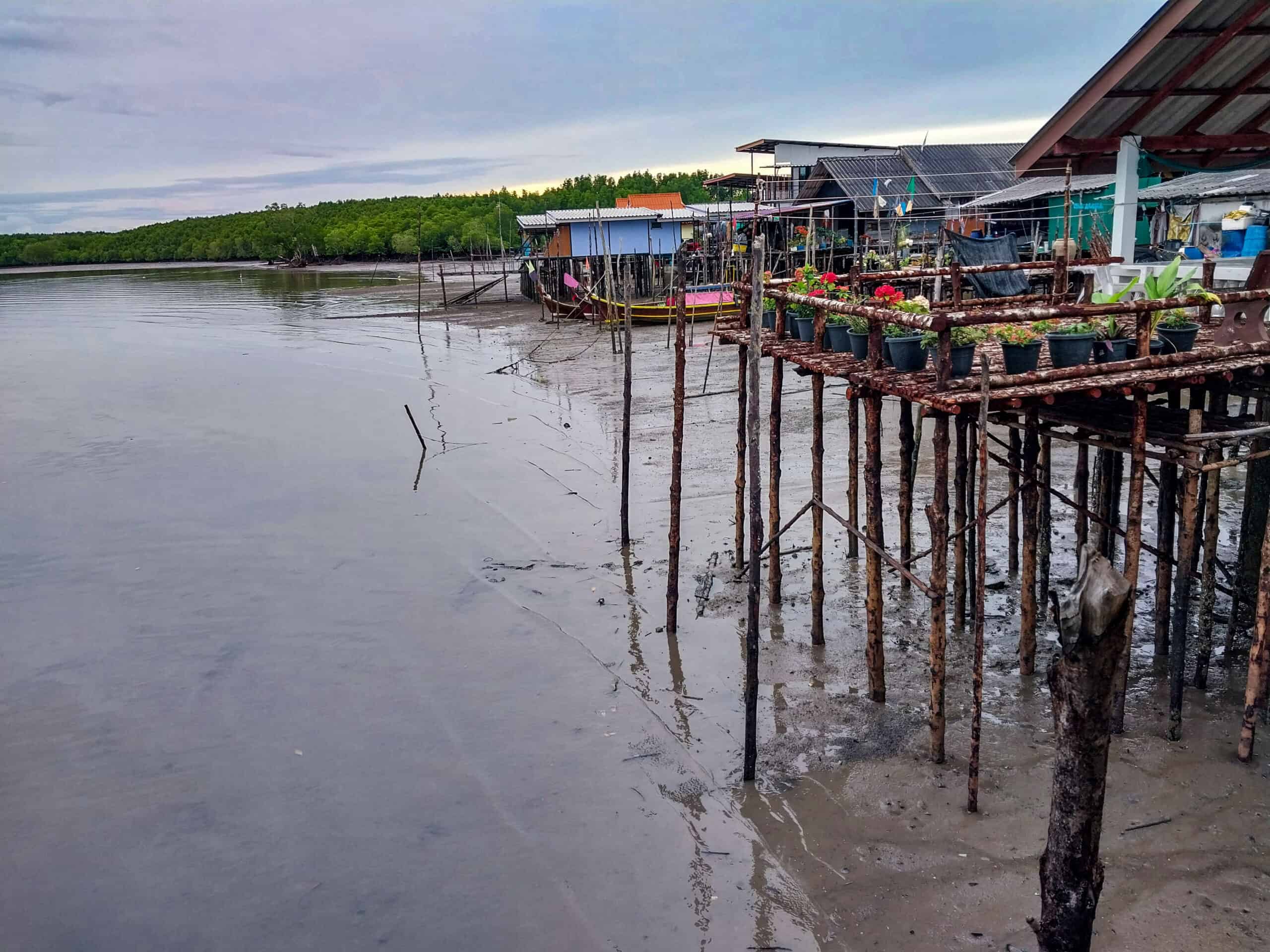
The area is alive with all things fishing industry related. Local ladies cleaning fish, wooden boats being built, families fishing from rustic docks, and boatmen picturesquely cruising the nearby waters. Fish dry side by side with household laundry. It’s raw, unapologetic, and completely fascinating.
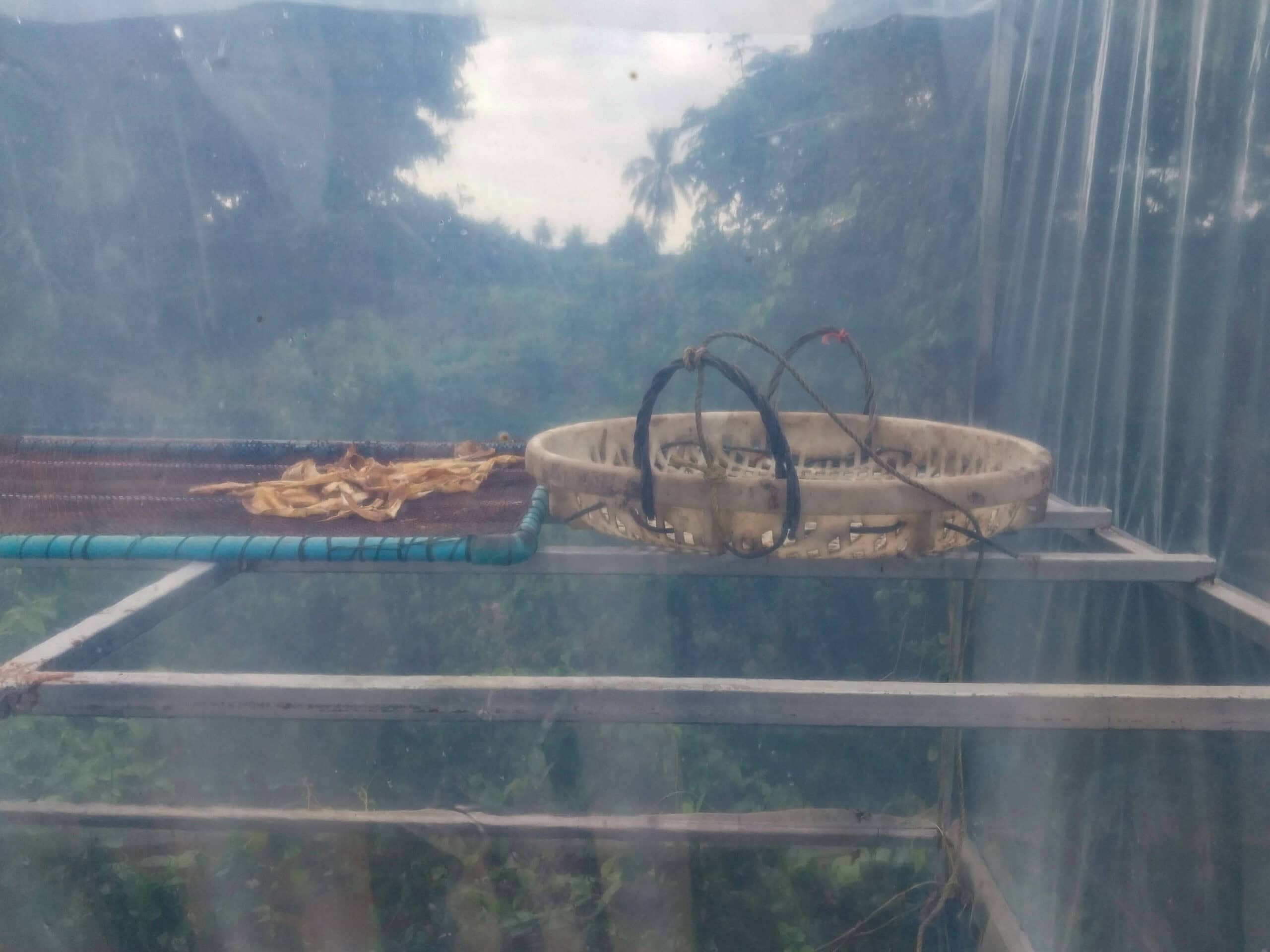
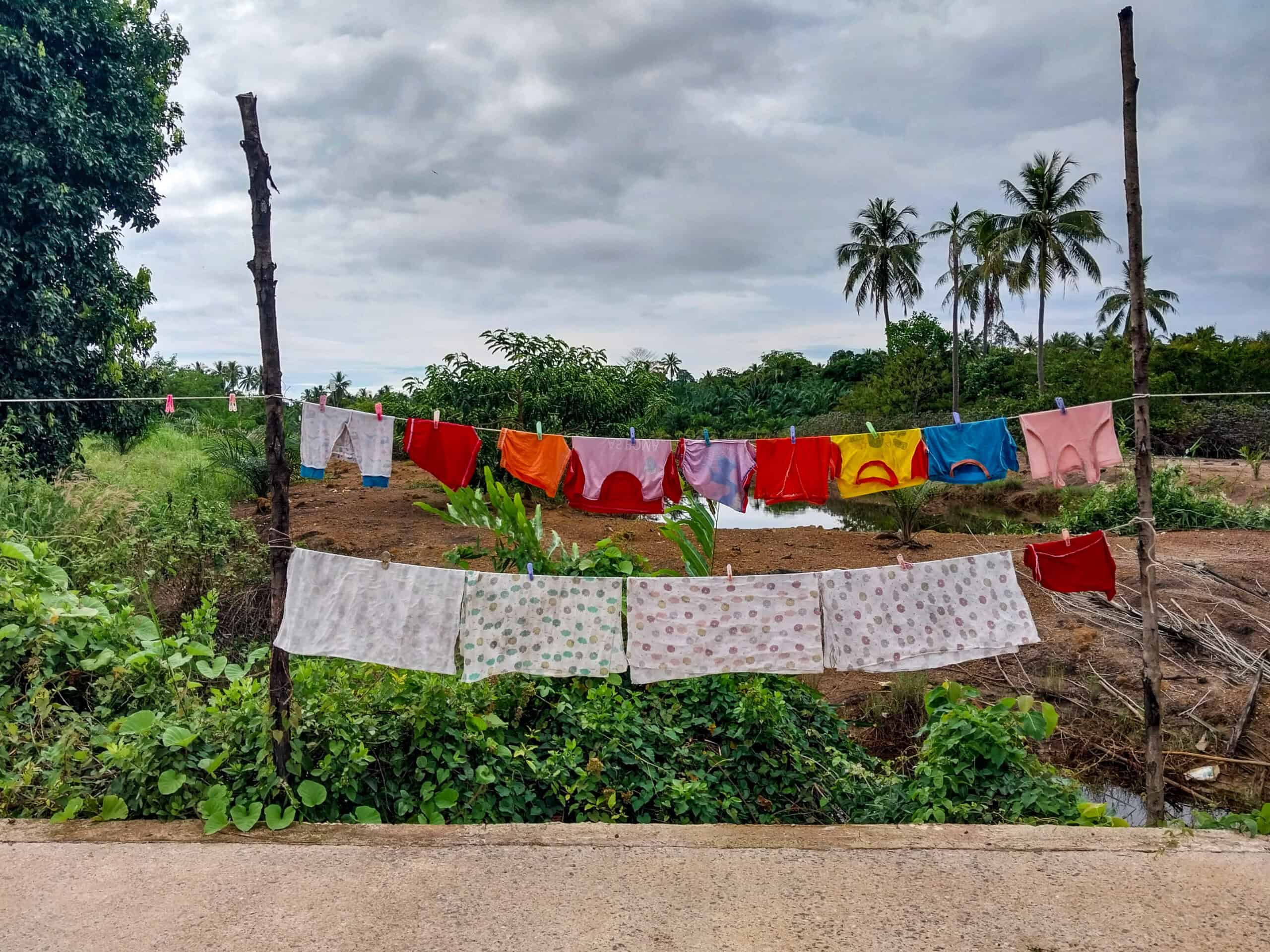
Fancy a taste of the fresh local seafood? Look for Pak Tam Seafood. In addition to offering fresh seafood, the seaside Pak Tam also faces both Langkawi and Koh Tarutao, so diners can watch the sunset between the two islands while eating dinner or take a stroll along their sandy beachfront.
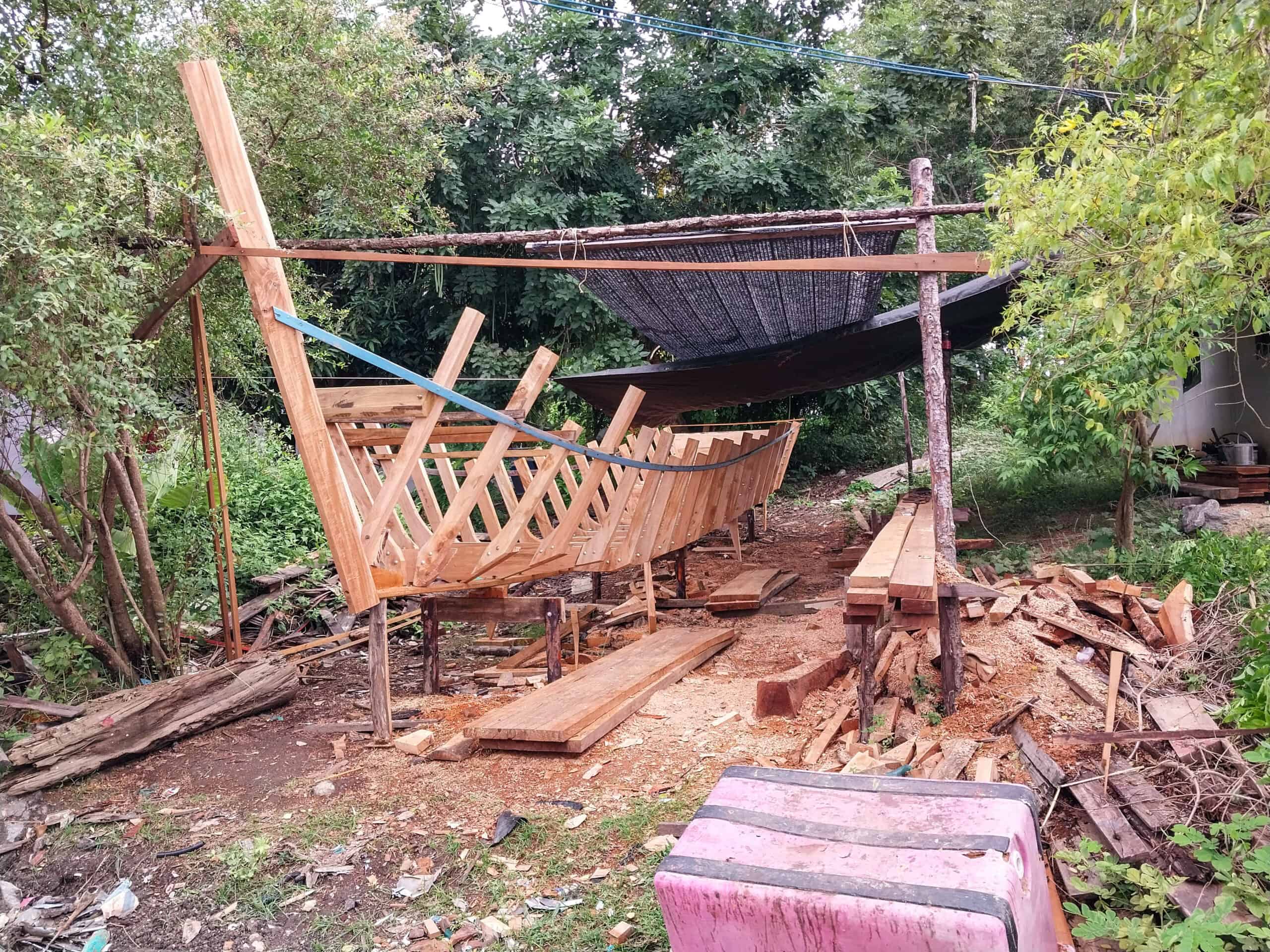
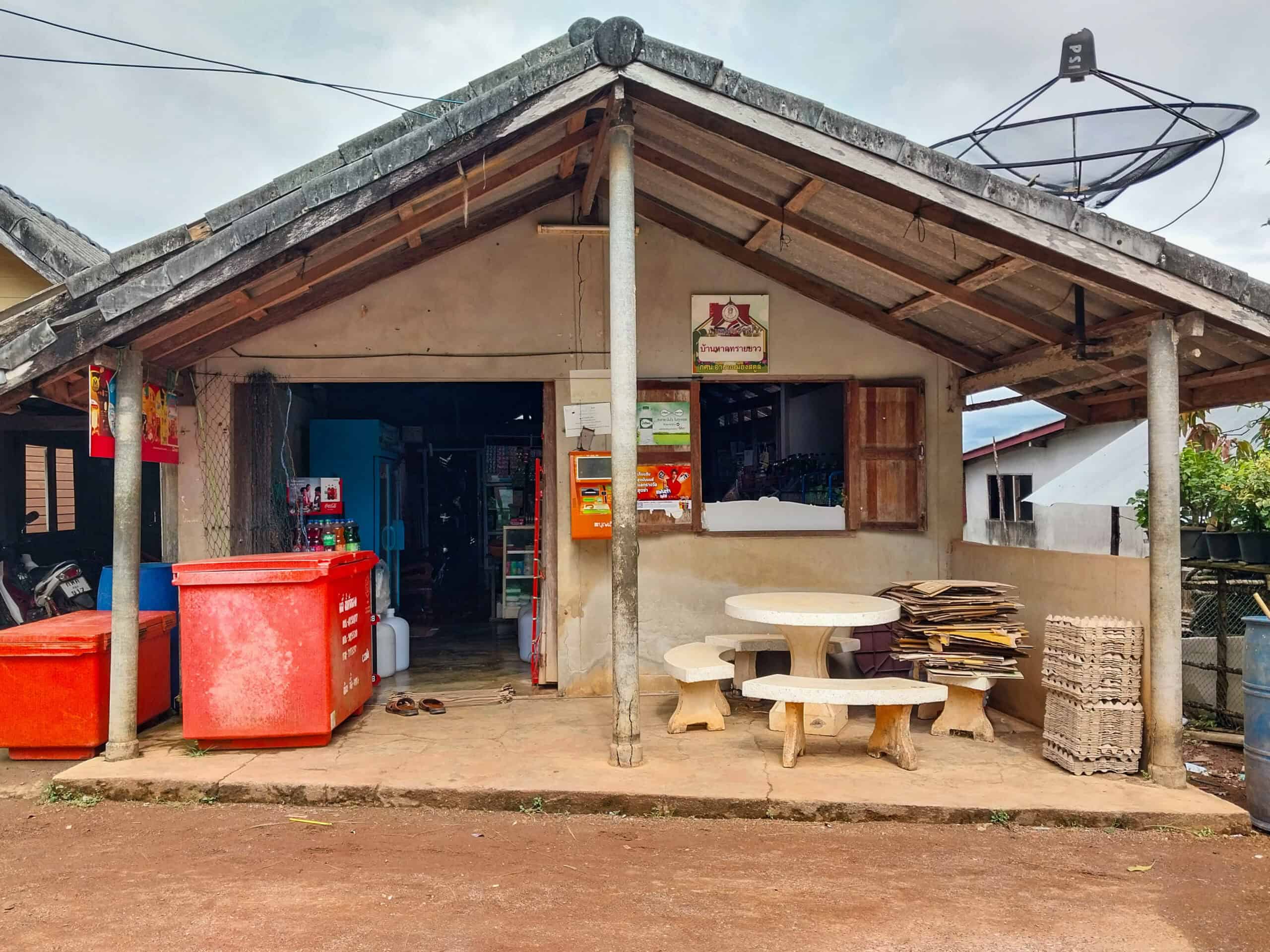
Fun fact: Koh Tarutao, Thailand is only 8 kilometers from Langkawi, Malaysia and all three locations (including Satun Province) were once part of Siam’s Kingdom of Setul Mambang Segara which was under a Malay kingship system. This all ended in the early 1900s after the signing of the Anglo-Siamese Treaty. It’s complicated, but just a reminder of the strong connections between Kedah, Malaysia, and Satun Province in both local culture and food.

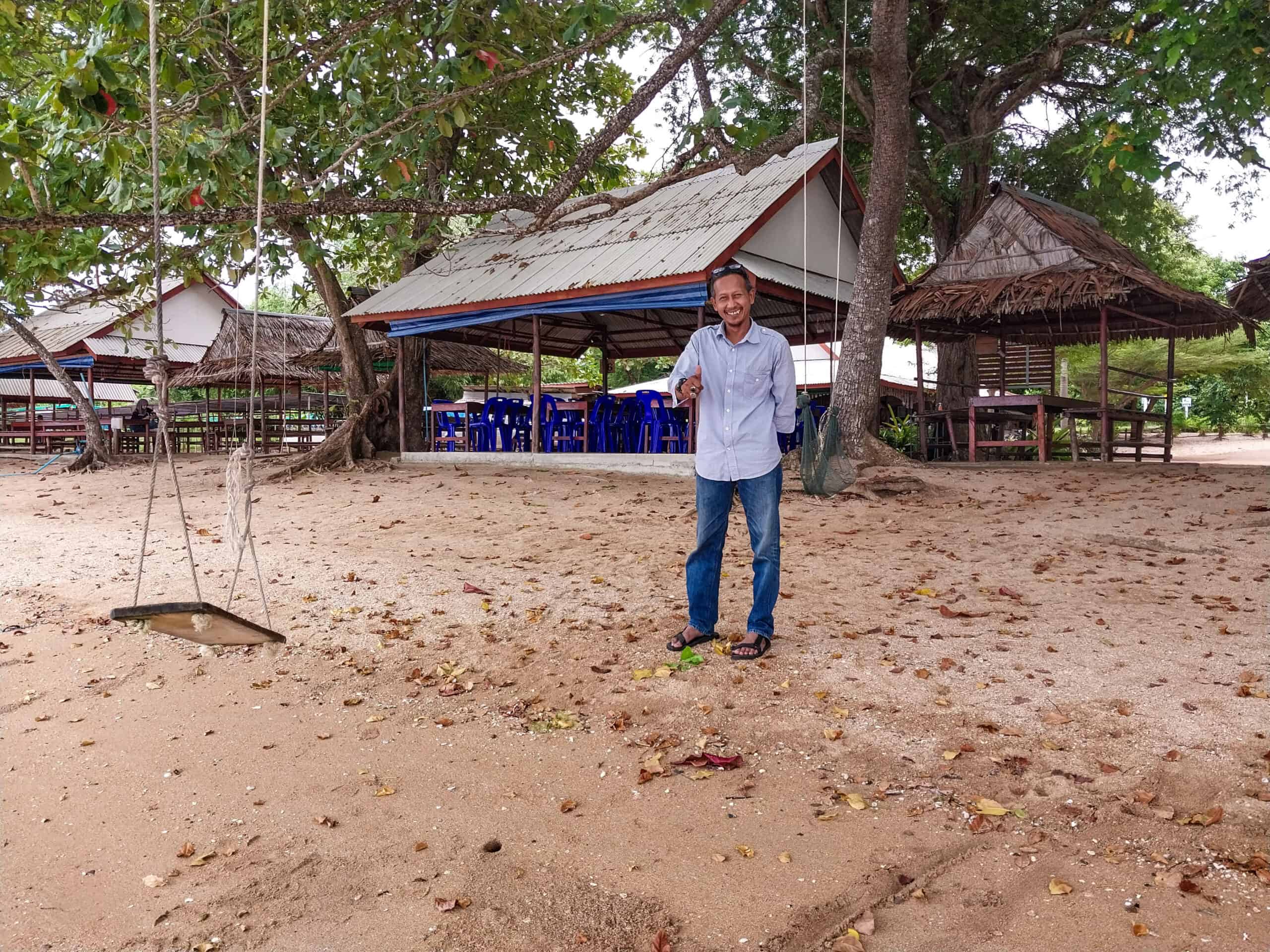
Spend a Night (or two) at a Unique Satun Homestay
If the Tanyang Po area speaks to you, then spending a night or two in a local homestay might be just what the doctor ordered. Satun Sea Balcony is a small waterfront homestay in the quiet fishing village of Tanyong Po, Satun, Thailand. It features three simple rooms, two doubles and one larger suite, all built on stilts over the sea. Each room includes air conditioning, a flat-screen TV, a minibar, and a private balcony with a hammock and sun loungers overlooking the water.
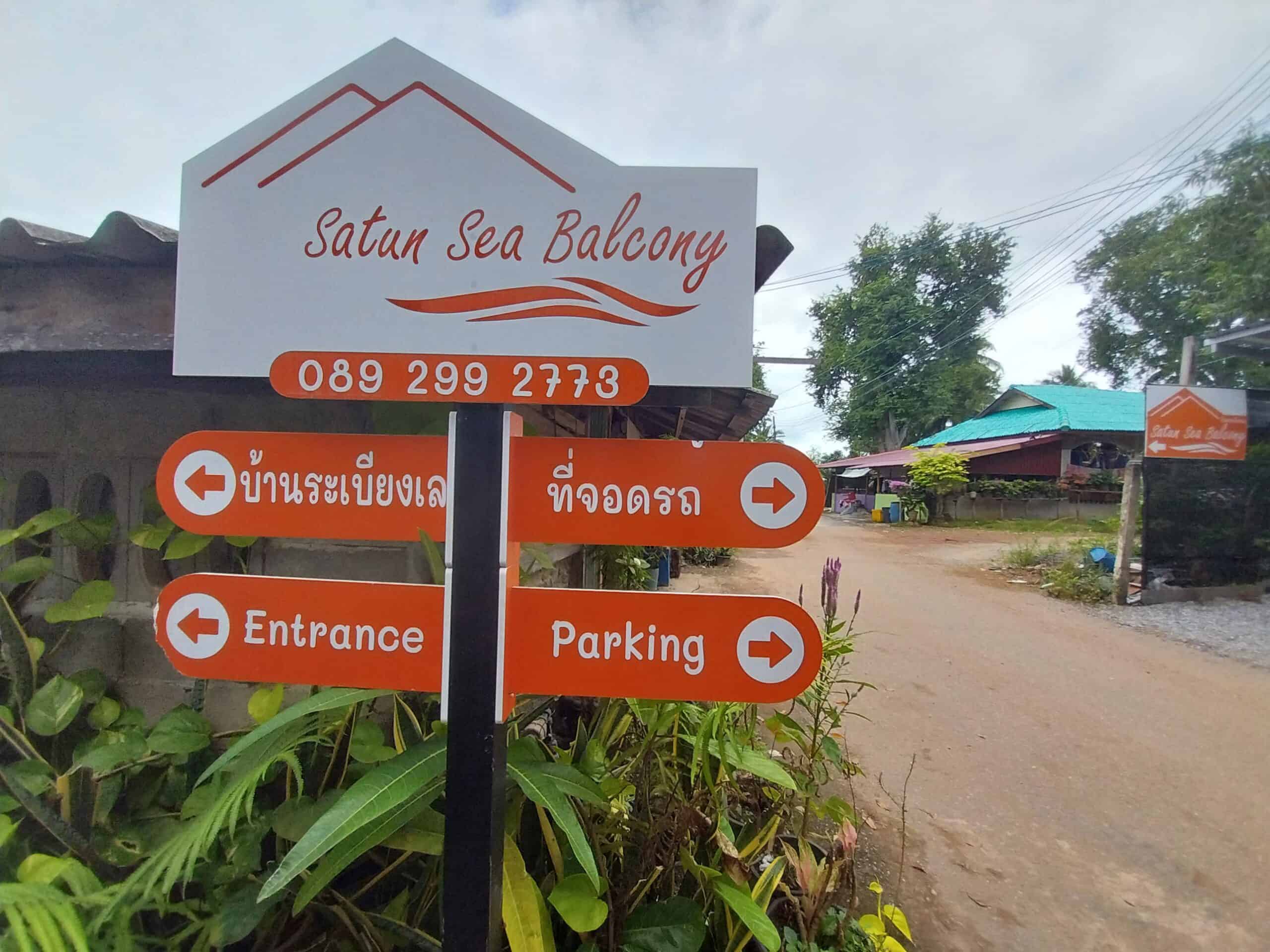
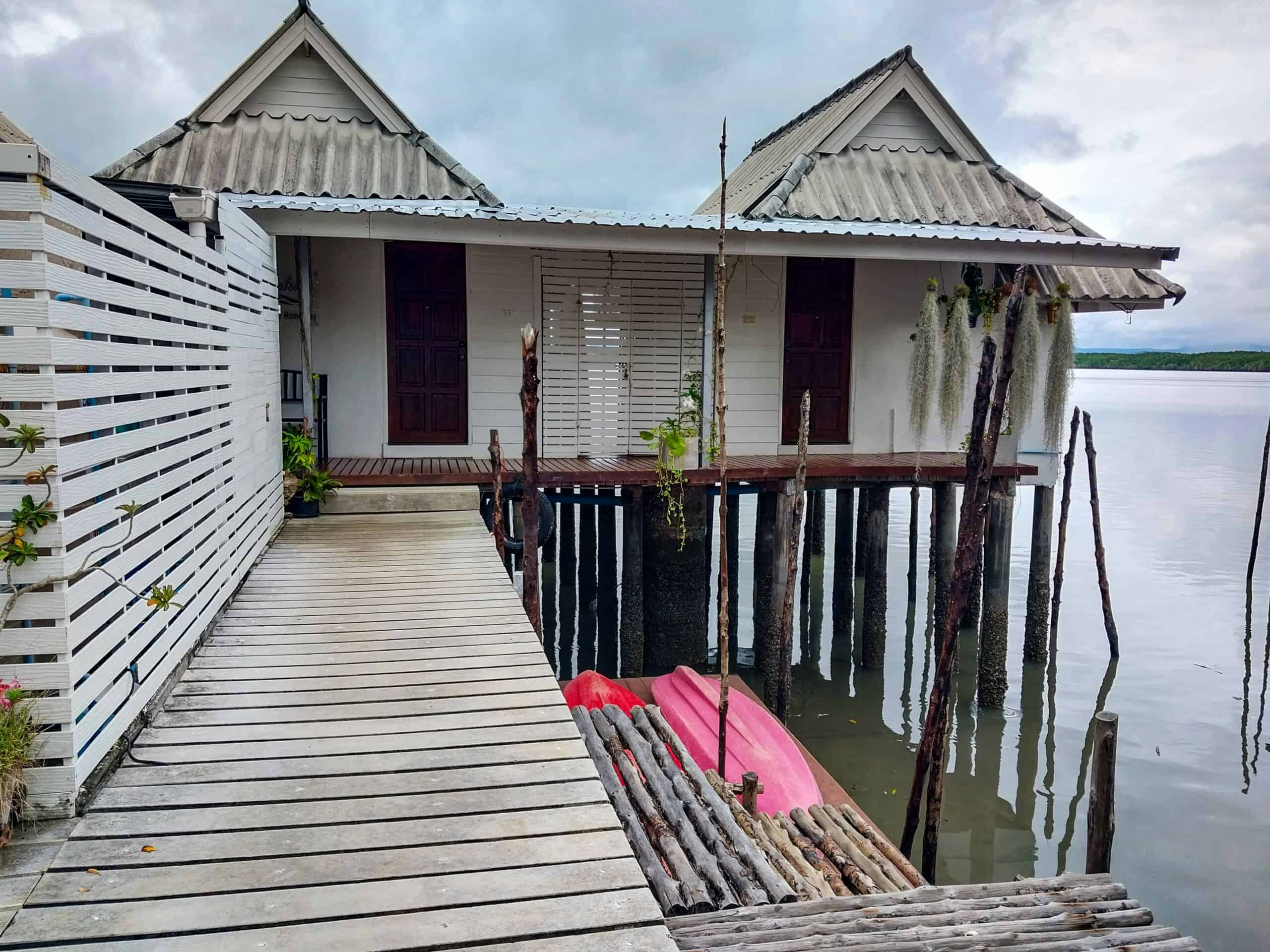
Breakfast is included and typically features local dishes. Guests can stroll through the village, watch fishing boats come and go, or head out by kayak or boat to nearby spots like Dragon Island. The area is peaceful but somewhat remote, so it’s best to plan your transportation and meals in advance, as shops and cafés are limited.
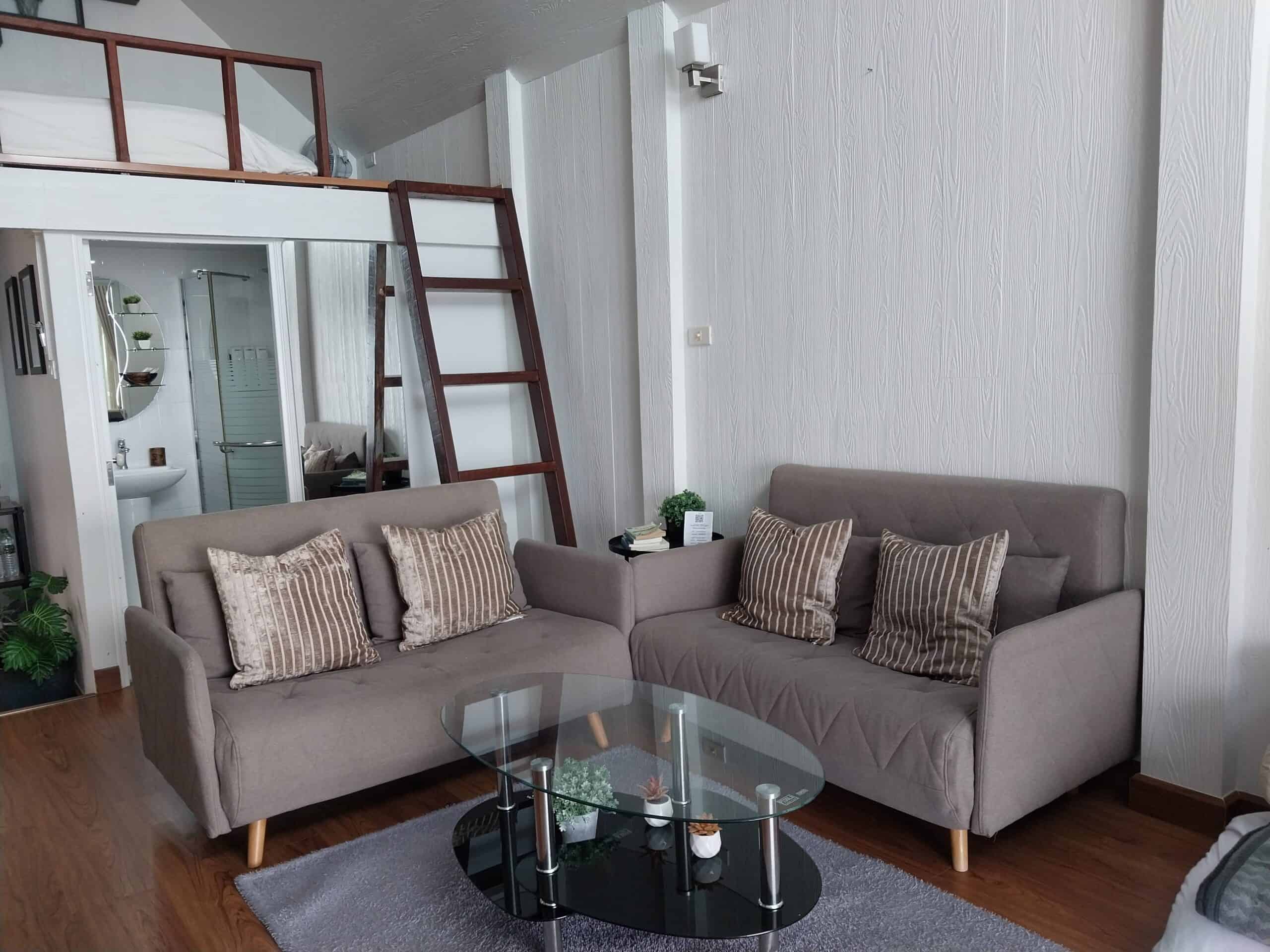
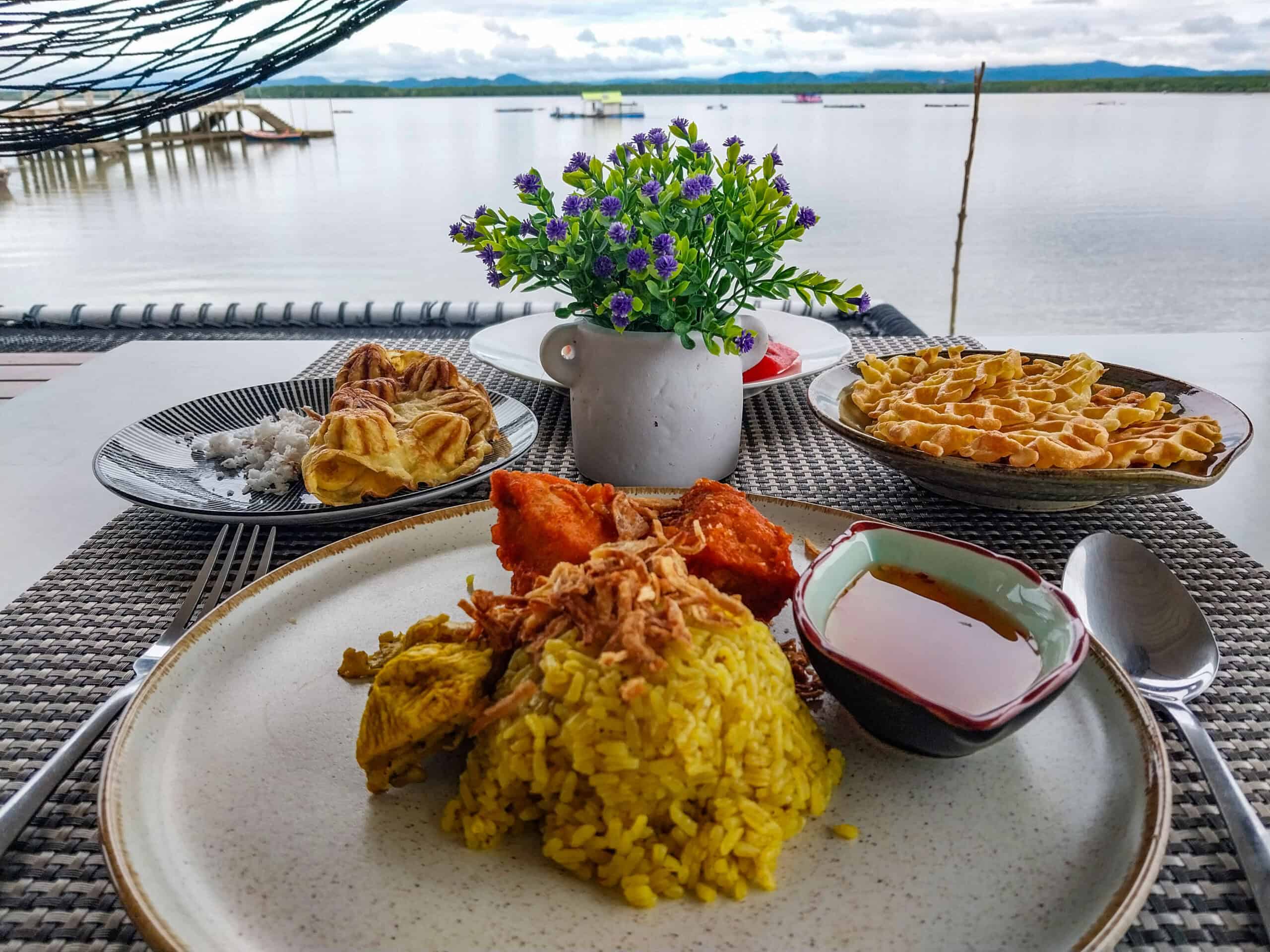
If you’re looking for a quiet place to unwind and experience authentic local life, Satun Sea Balcony is a great choice. It’s a genuinely cool place to stay for at least a night or two. If you don’t have your own transportation, local rides from Satun City or the Tammalang ferry jetty typically cost around 600 to 800 baht each way. If you’re driving, free parking is available at the homestay. Check rates and availability HERE
Can read my full review here: Satun Sea Balcony, Discovering a Homestay Gem in Thailand

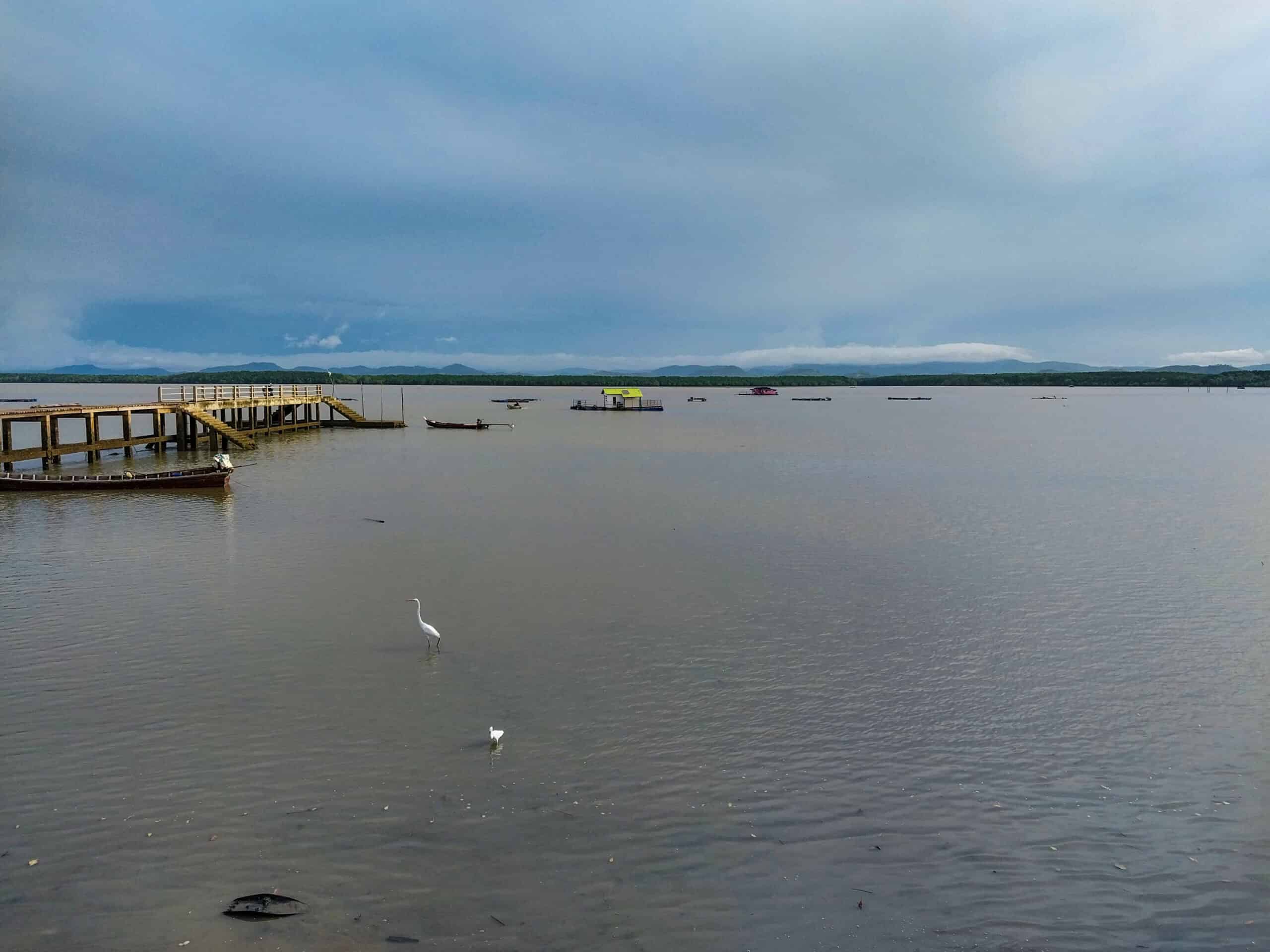
Get Historic at the Satun National Museum
An oldie but a goodie, the Satun National Museum is a must-visit for anyone curious about Satun’s history. Like much of northern Malaysia and parts of southern Thailand, Satun’s history is fascinatingly complex. Housed in the original two-story Ku Den Mansion, the building was completed in 1902 and served as a royal residence for King Rama V during his visits to Satun.
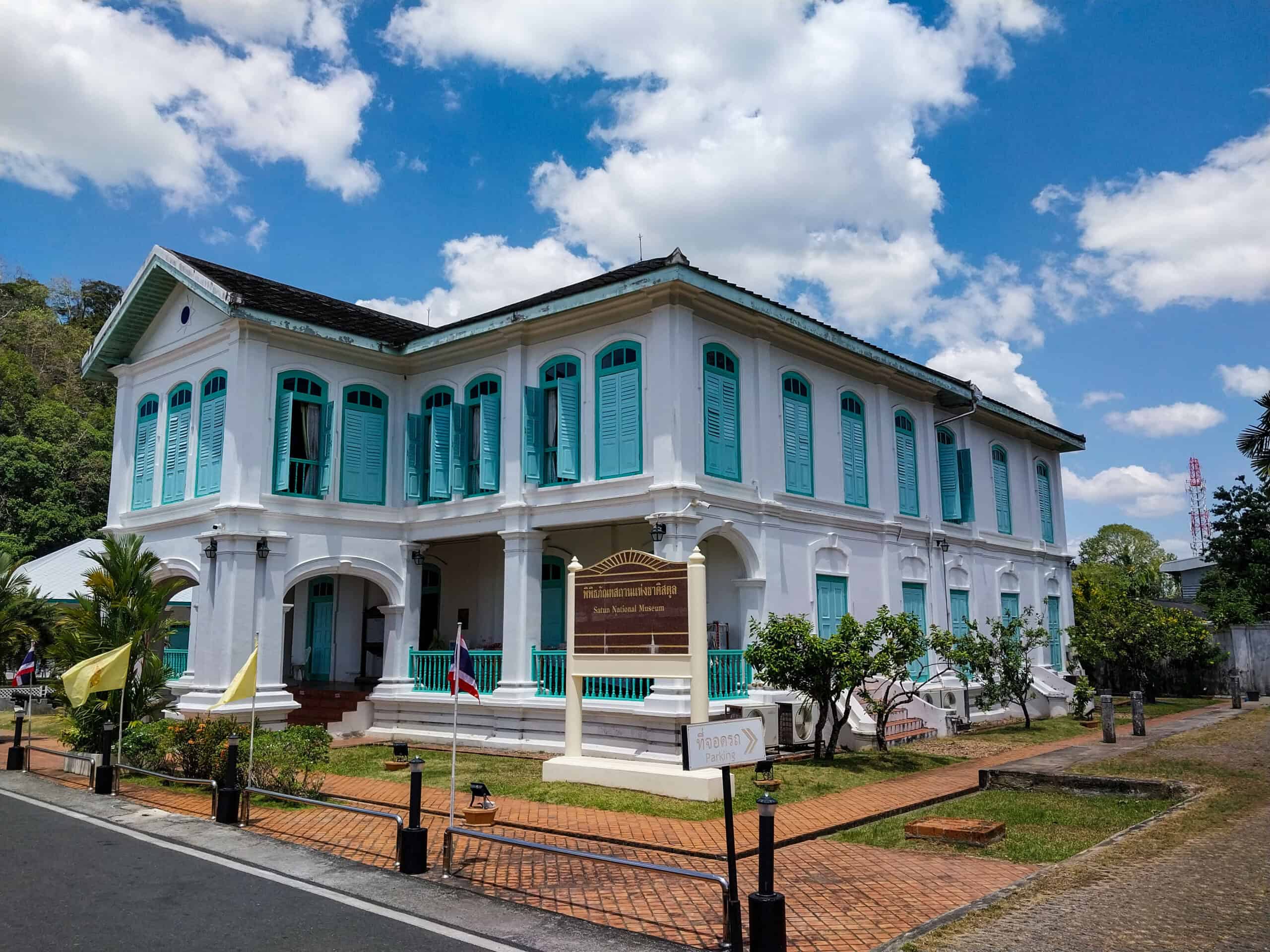
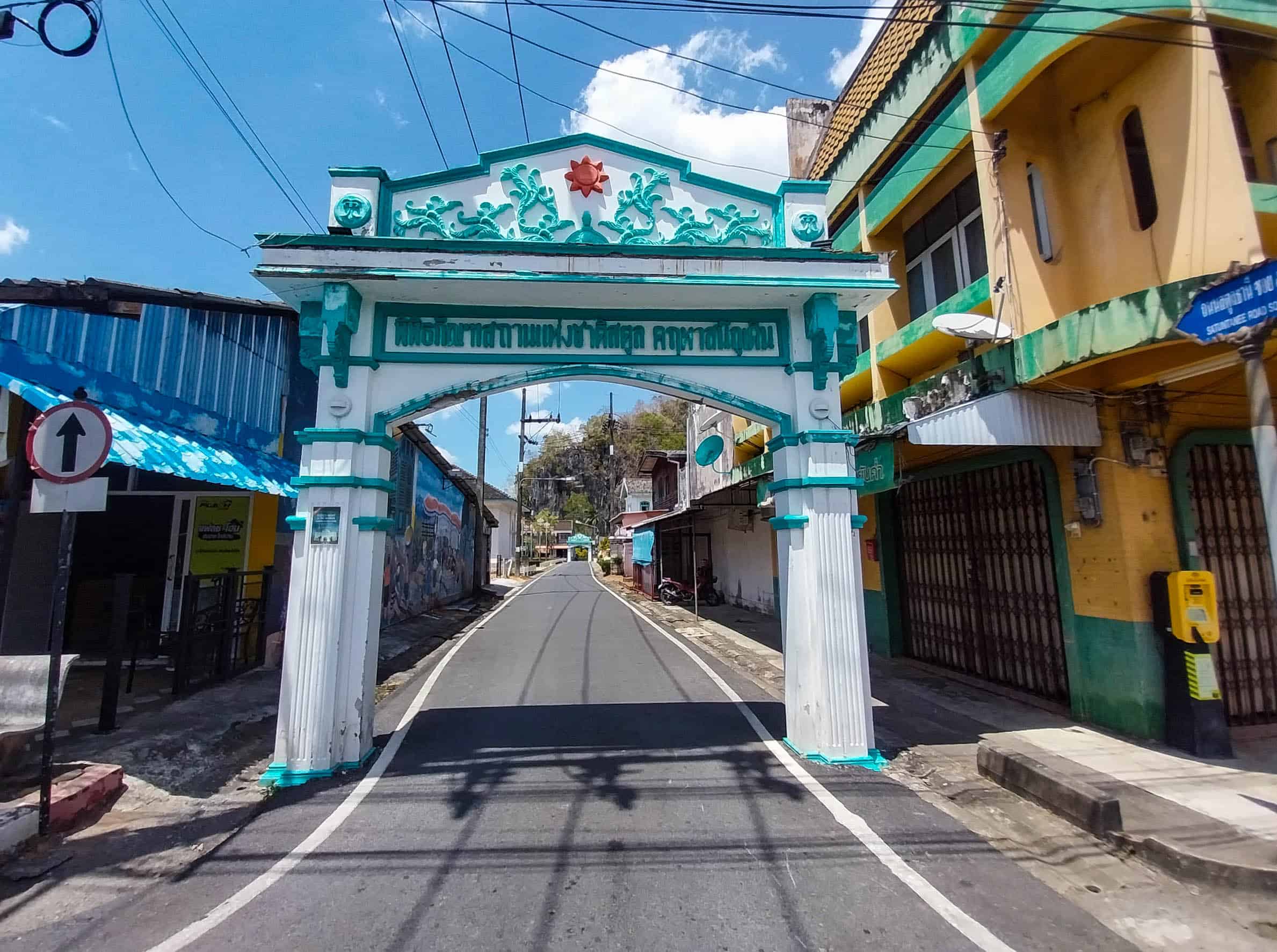
Over the years, the mansion has had several lives. It later became the governor’s residence, and during World War II, it was used as a command office by the Japanese military in 1941. From 1947 to 1963, it functioned as Satun’s city hall, and in 2000, it officially opened its doors as the Satun National Museum.
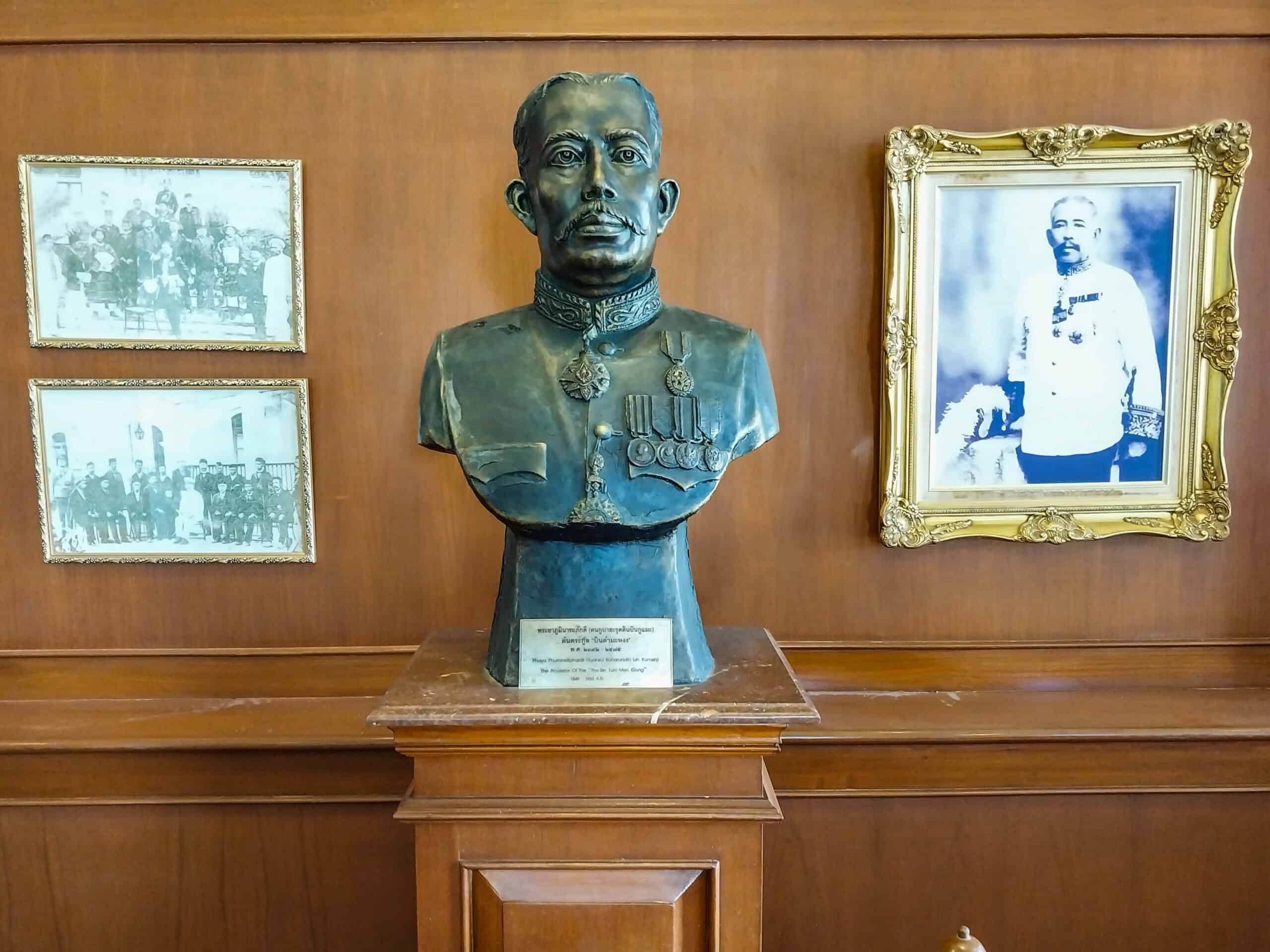
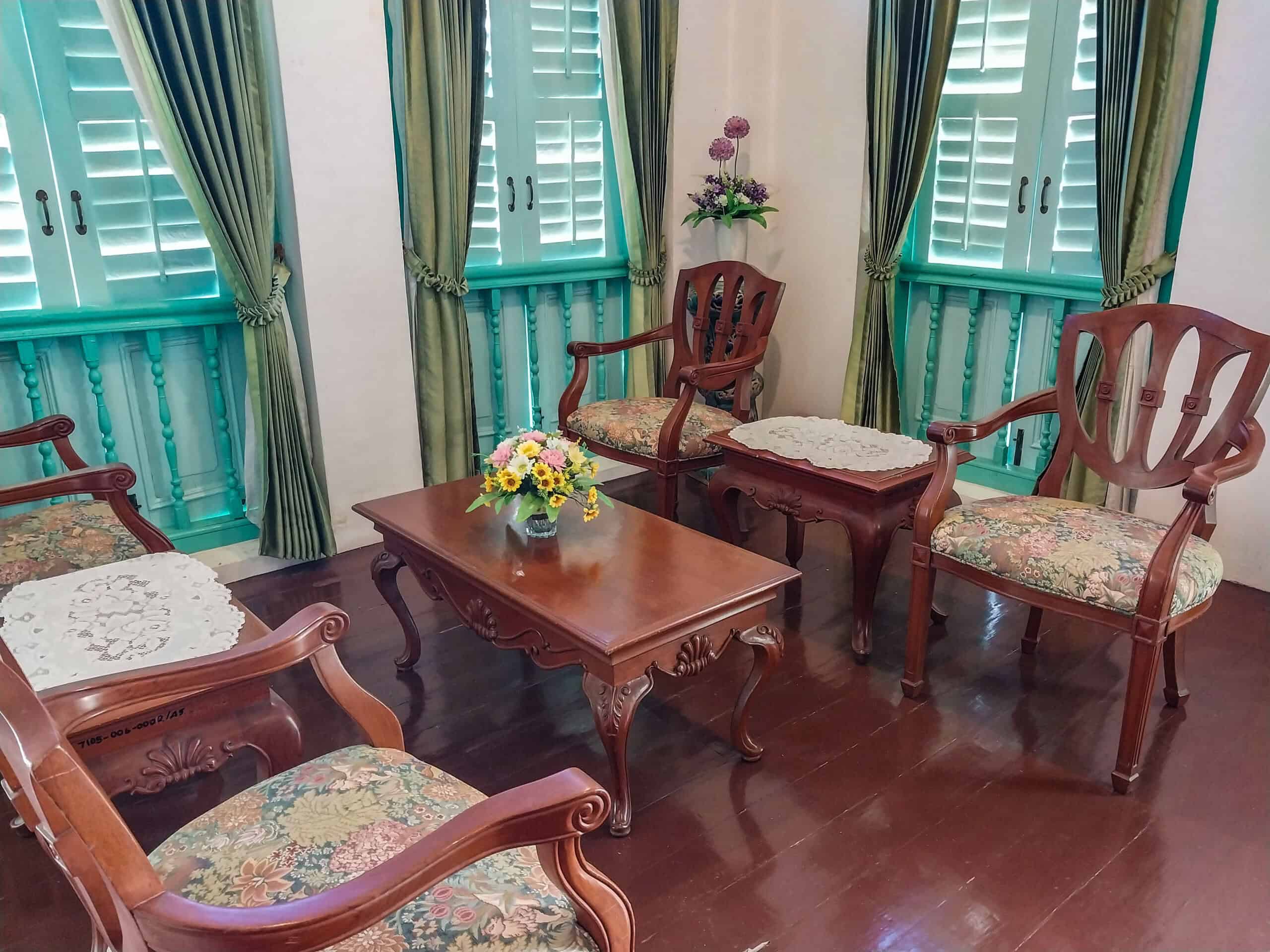
Inside, the museum is divided into six themed rooms: the history and background of Satun Province, Satun’s way of life, the Governor’s Residence, the Traditional Satun House, Ku Den Mansion’s living room, and the Thai-Muslim Cultural Room.
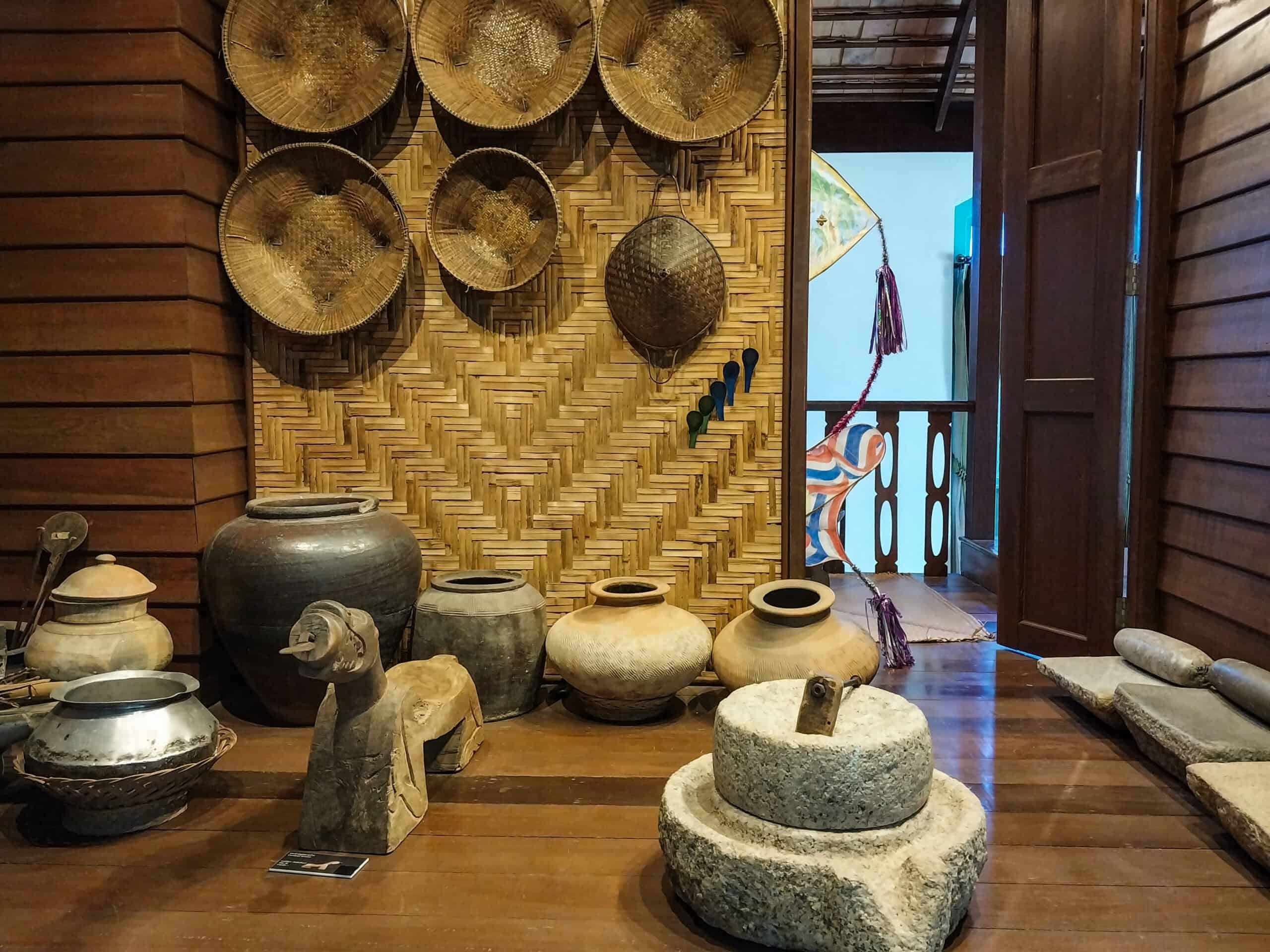
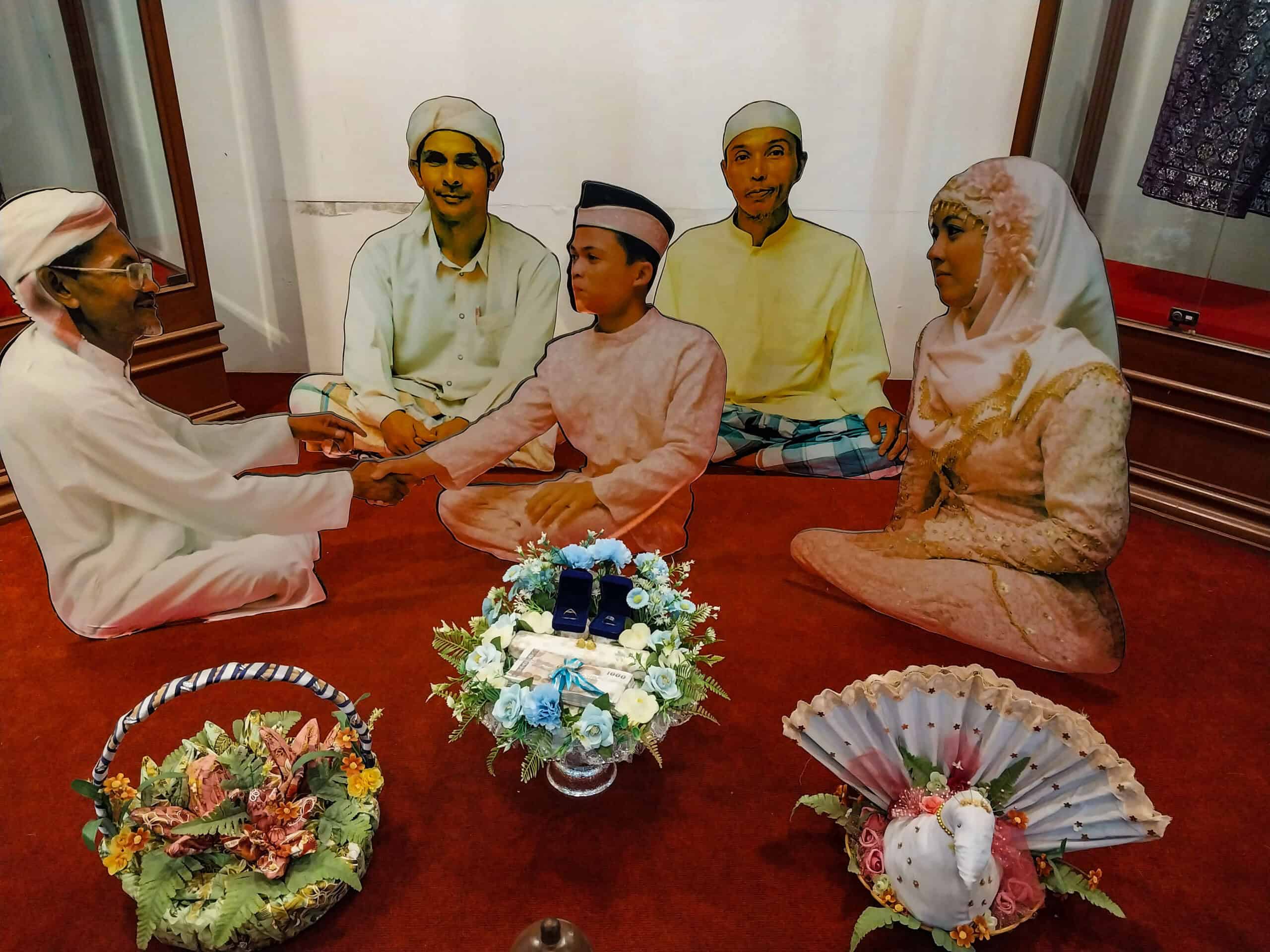
Give yourself a couple of hours to take it all in; there’s a lot to read. The dioramas are paired with audio guides in both Thai and English (with Australian voiceovers), making the experience even more engaging.
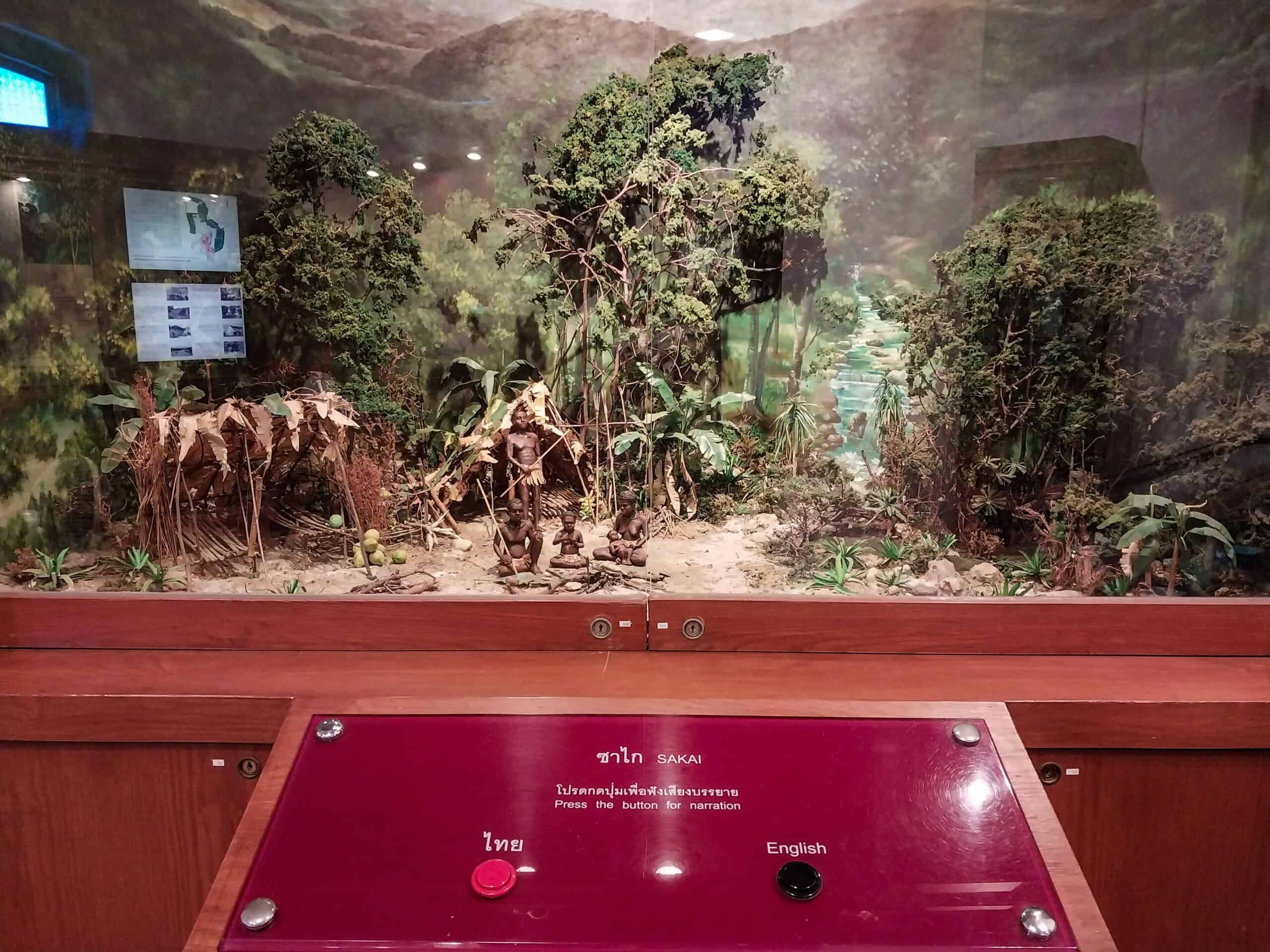
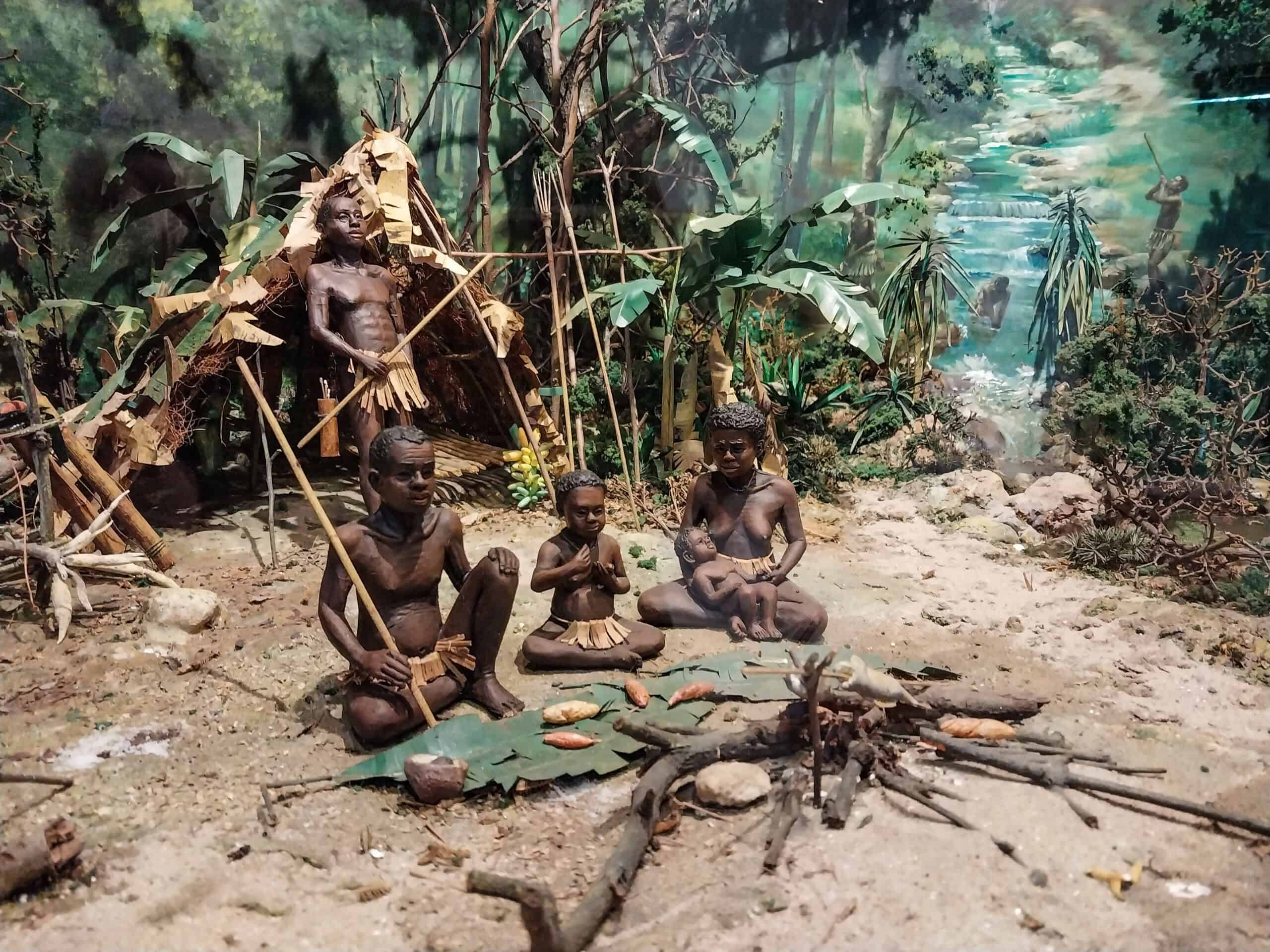
You’ll find the Satun National Museum on Soi 5, Satun Thani Road, directly opposite the Satun Provincial Land Office. Admission is 50 baht for foreigners and 10 baht for Thai nationals, with special discounts available for students and government groups. The museum is open Wednesday to Sunday, from 9:00 AM to 4:00 PM, and closed on Mondays, Tuesdays, and public holidays. For more information, you can call 074-723-140, email [email protected], or visit the Virtual Museum of Fine Arts Satun online. Can read more about the Satun National Museum here: Satun National Museum, A Satun Must Visit
See Satun Geopark Gateway’s Quirky Statues
Satun Geopark Gateway is a must-visit attraction in Satun, featuring larger-than-life statues that highlight the region’s nature, culture, geology, and more.
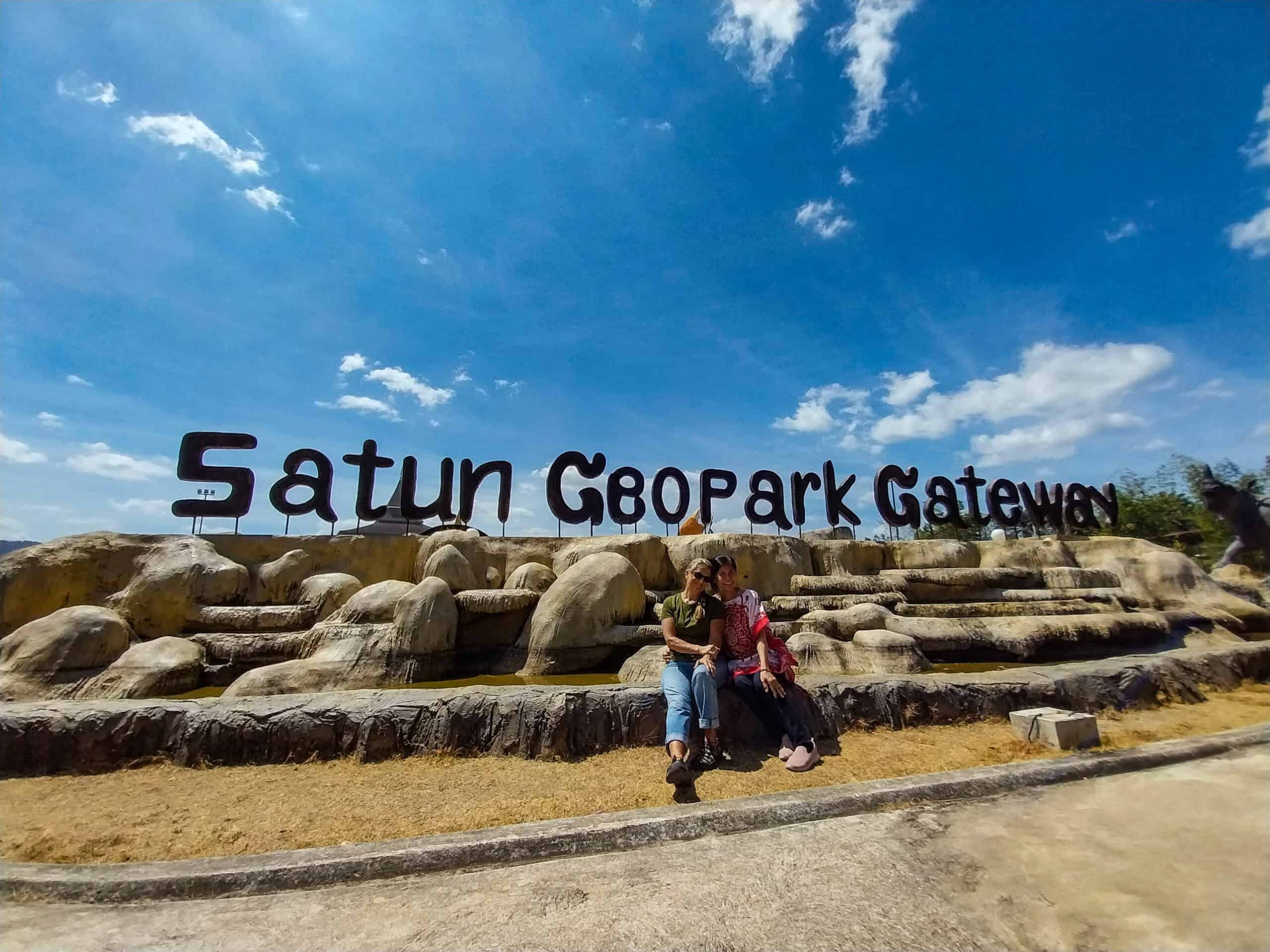
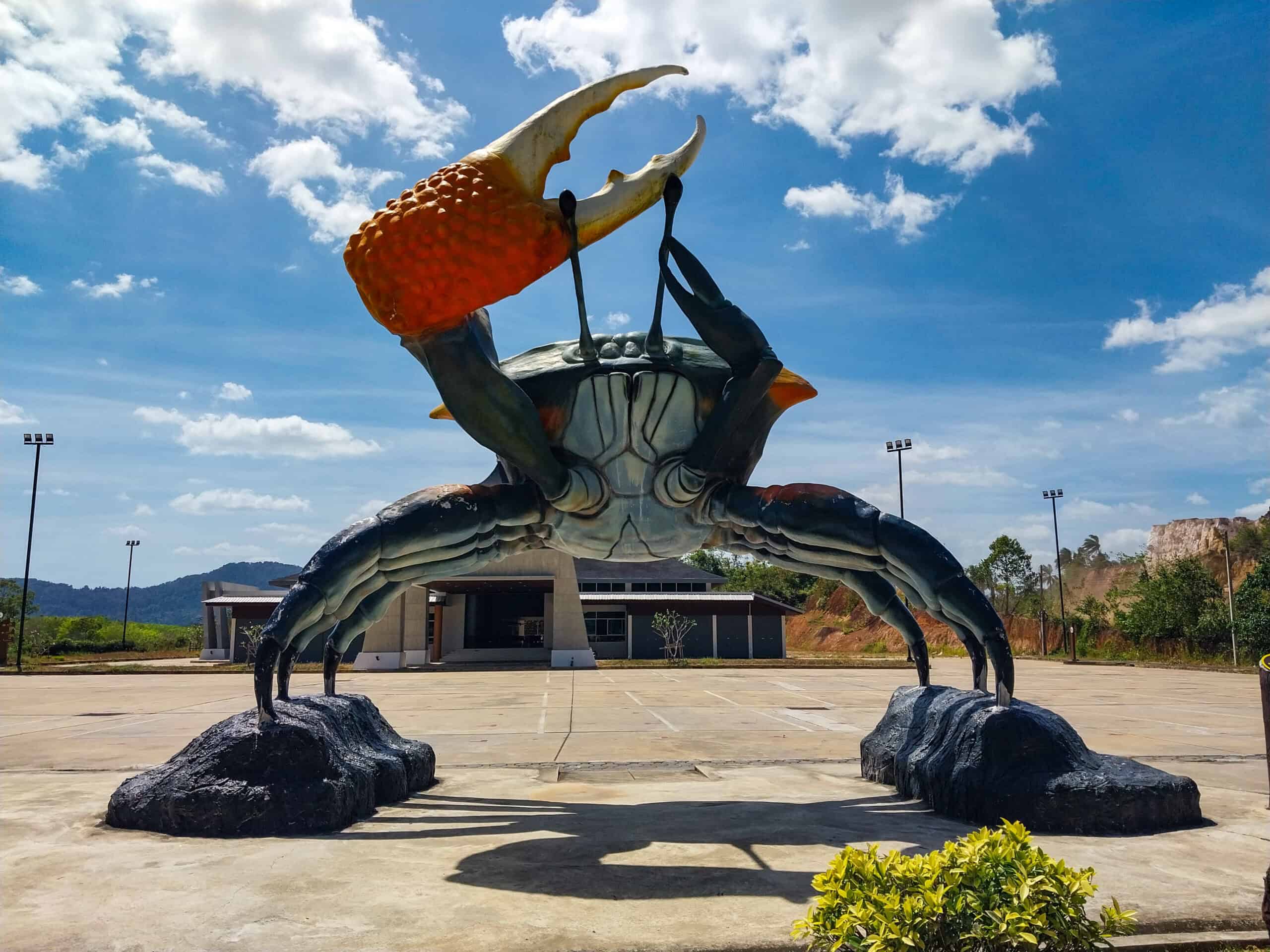
Located along Highway 406 in Khuan Don District, the gateway acts as an unofficial entry point to the expansive Satun UNESCO Global Geopark, which spans four districts. It serves as a basic information hub and offers plenty of great photo ops.
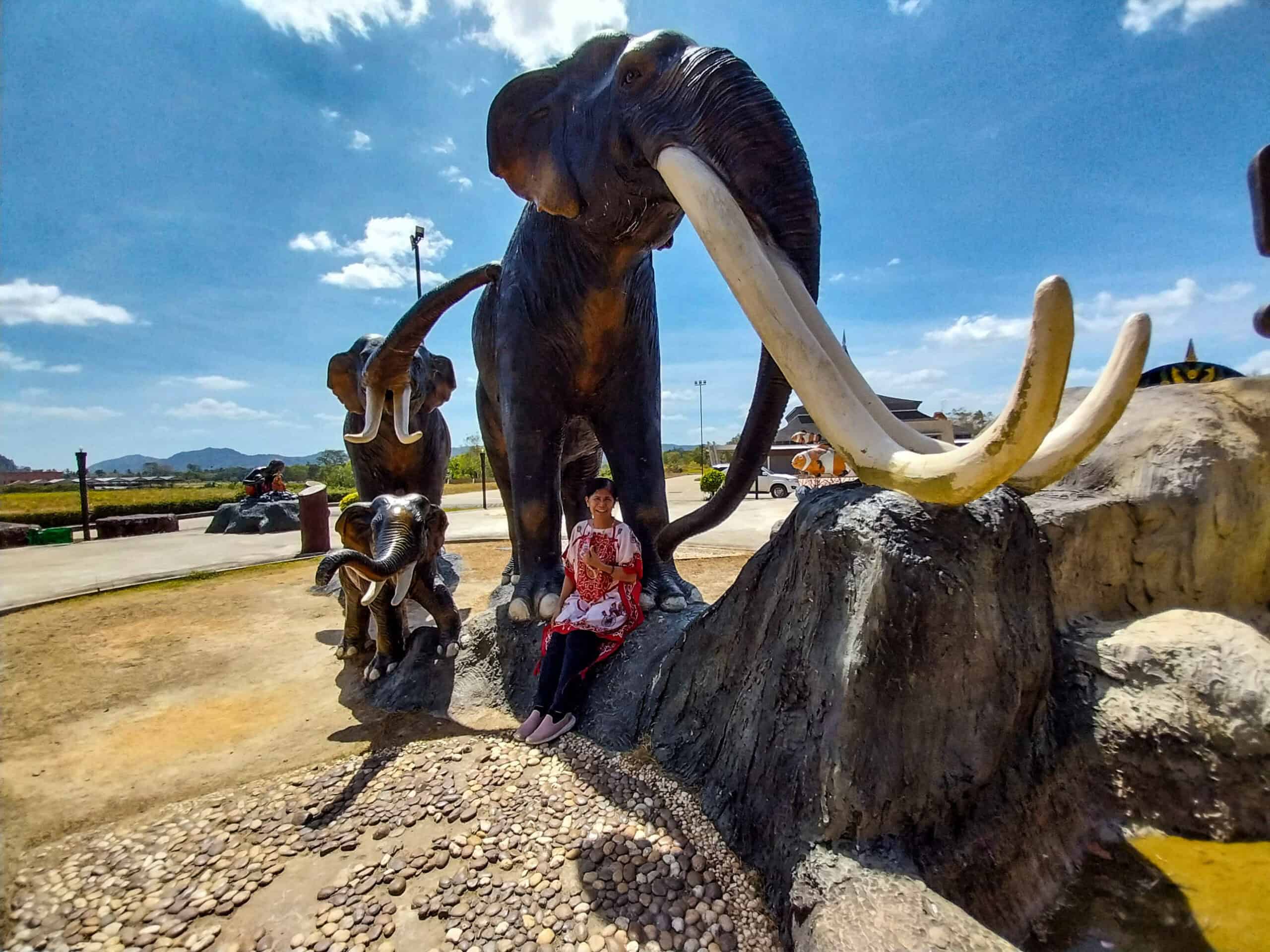
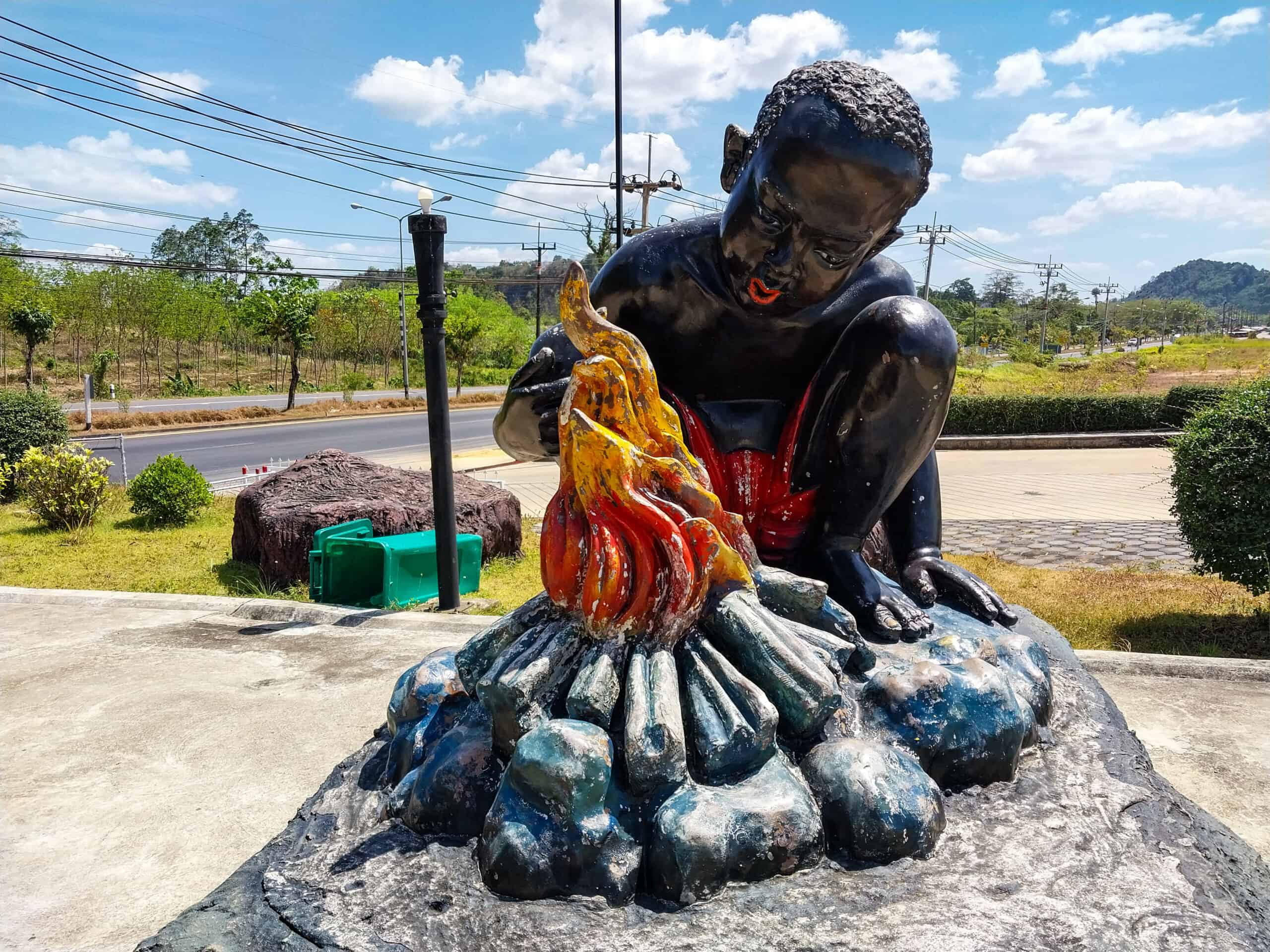
The statues are realistic enough not to be theme park ‘cutesy’, yet colorful enough not to give kids nightmares. Fun, educational, and free!
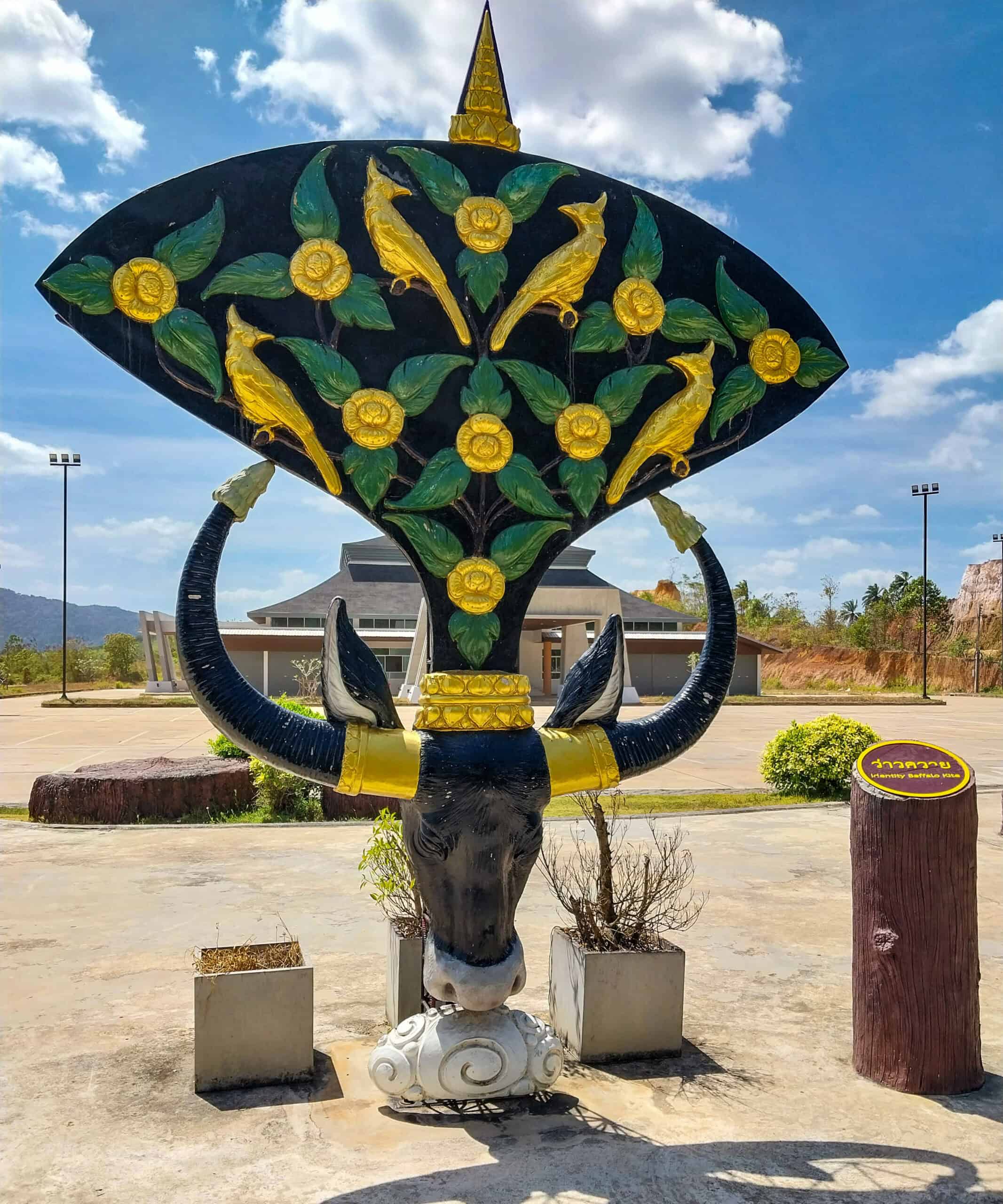
Relax at Thung Nui Hot Spring
Did you know there’s a hot spring tucked away in Satun, Thailand? While there may be a few scattered across the region, Thung Nui Hot Spring was the first to catch my eye. And yes, I have the batik muu muu selfie to prove it. This popular Satun attraction may look a little funky to some, but it’s absolutely the real deal.
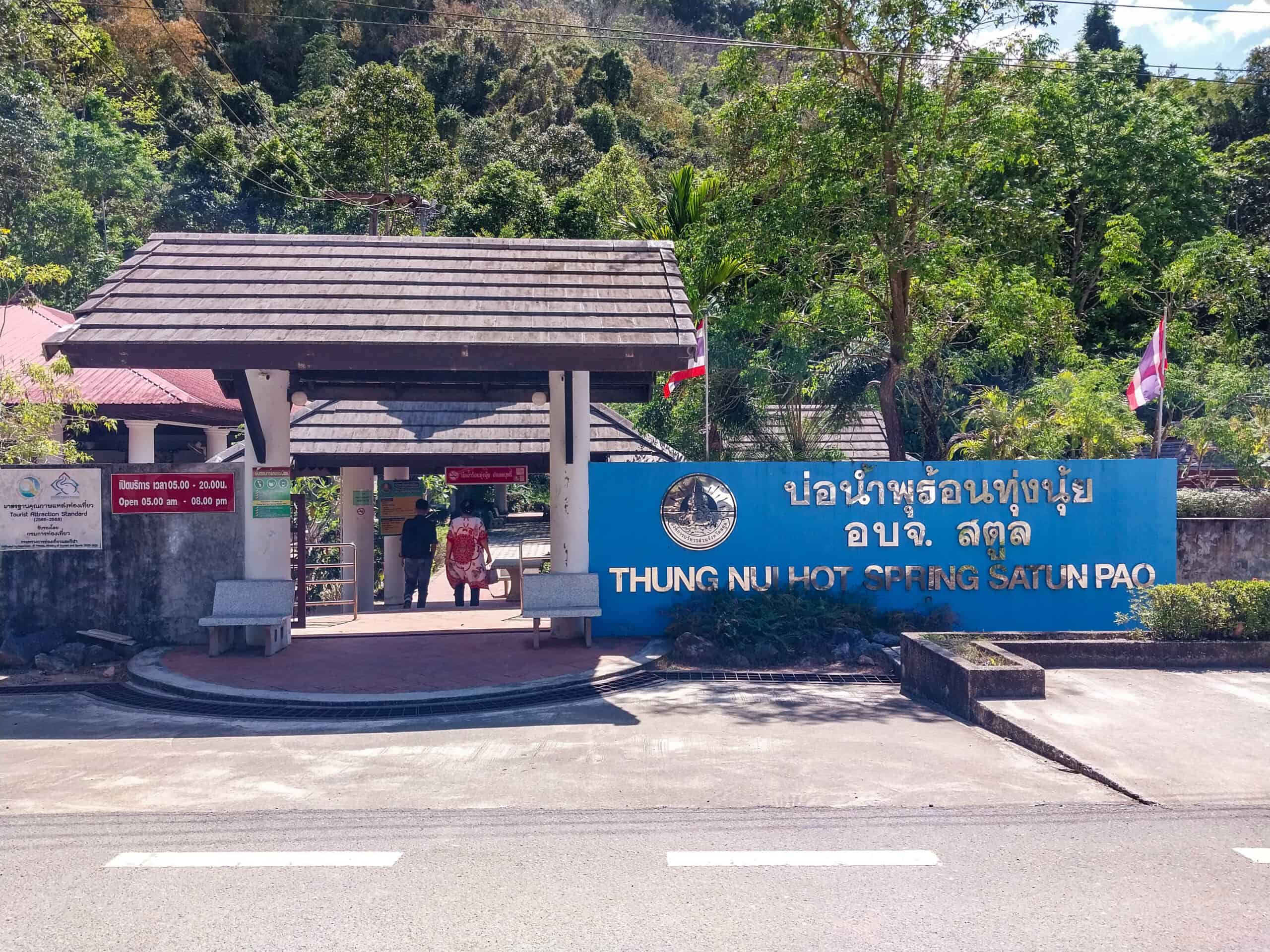
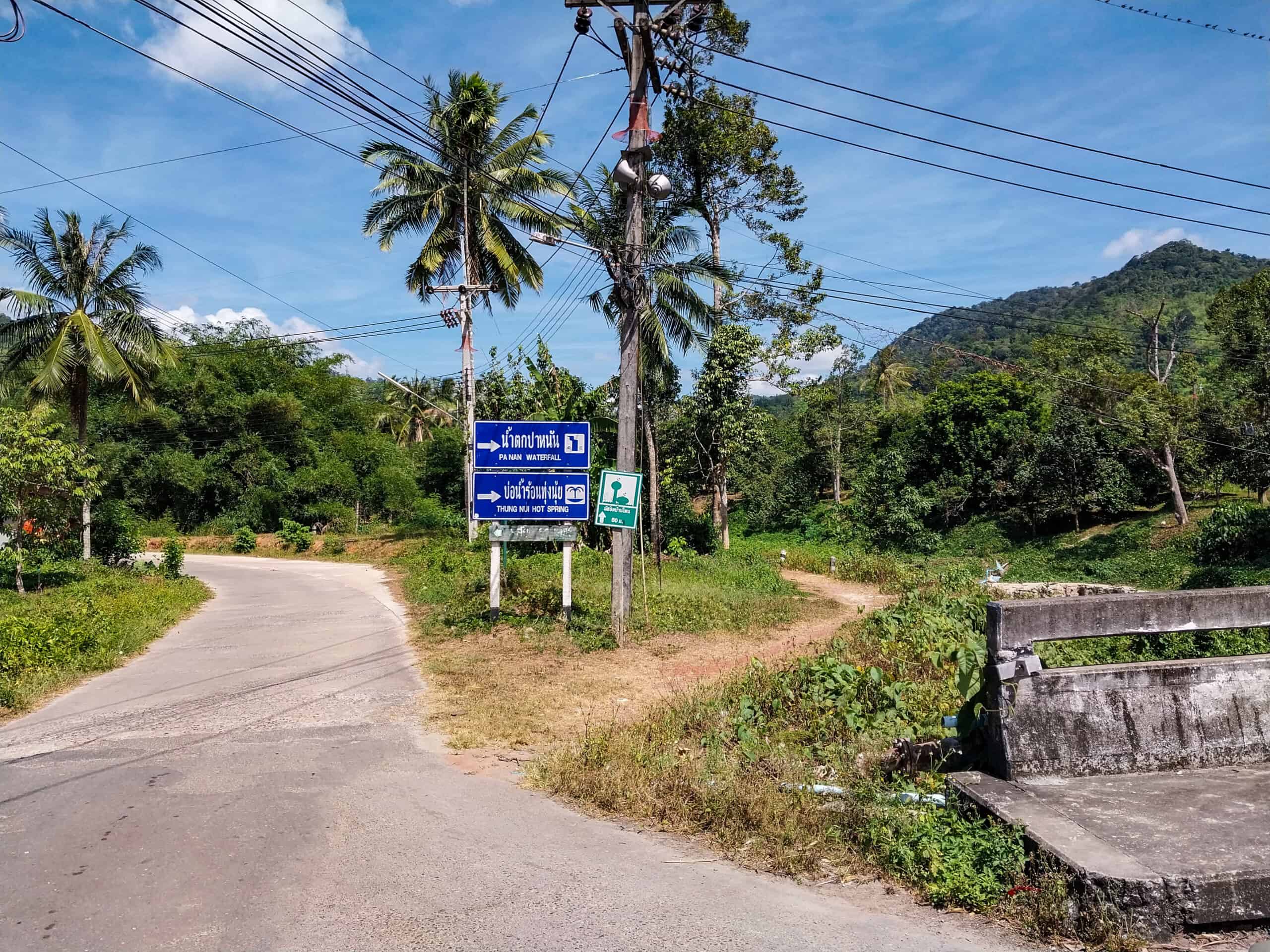

Thung Nui Hot Spring, located in the Khuan Kalong District, covers just under two acres and is surrounded by massive trees and greenery. The spring water is channeled into separate pools for men and women, with both a warm temp section and a super-hot section (as in, perfect for ramen noodles hot).
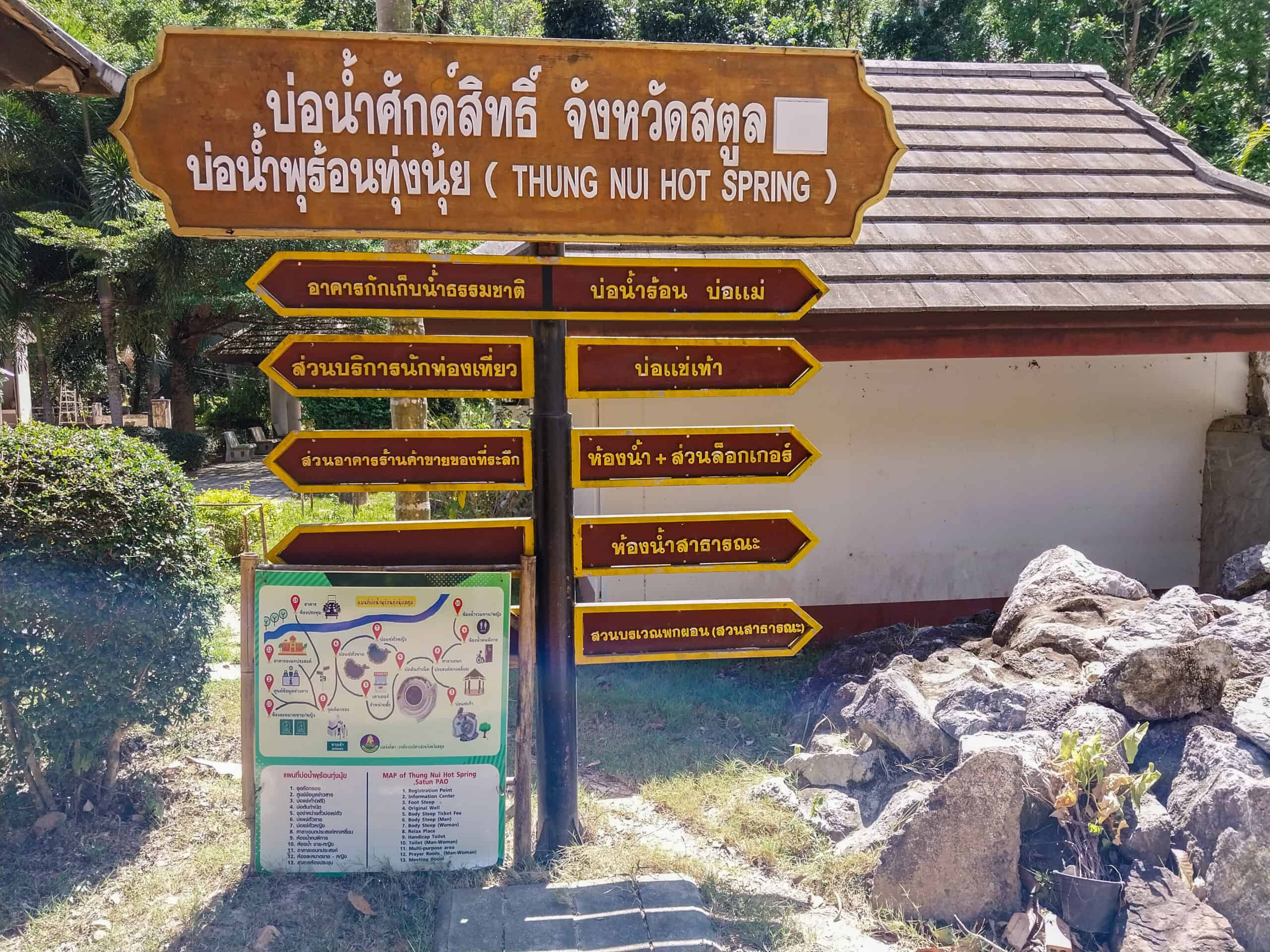
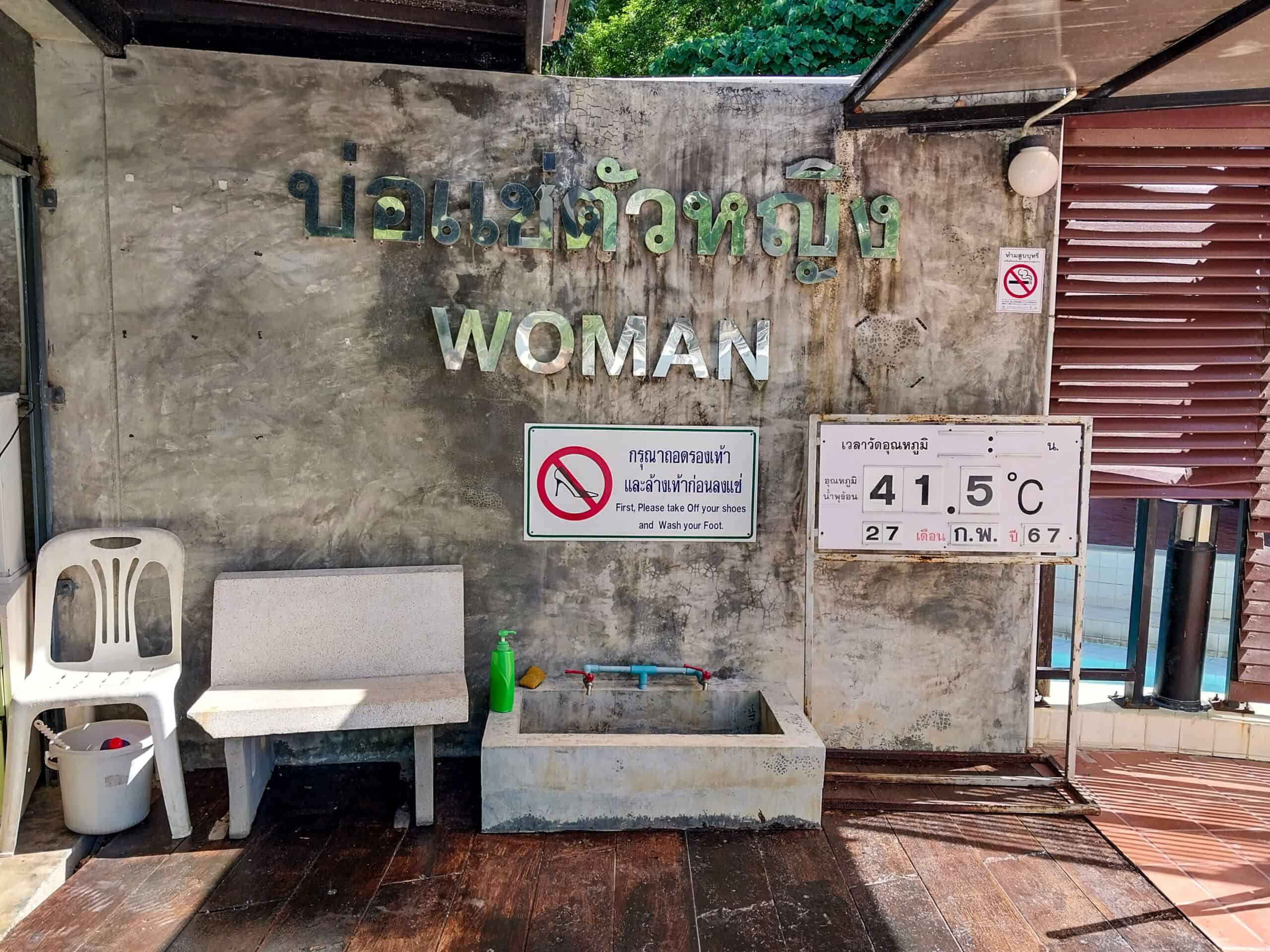
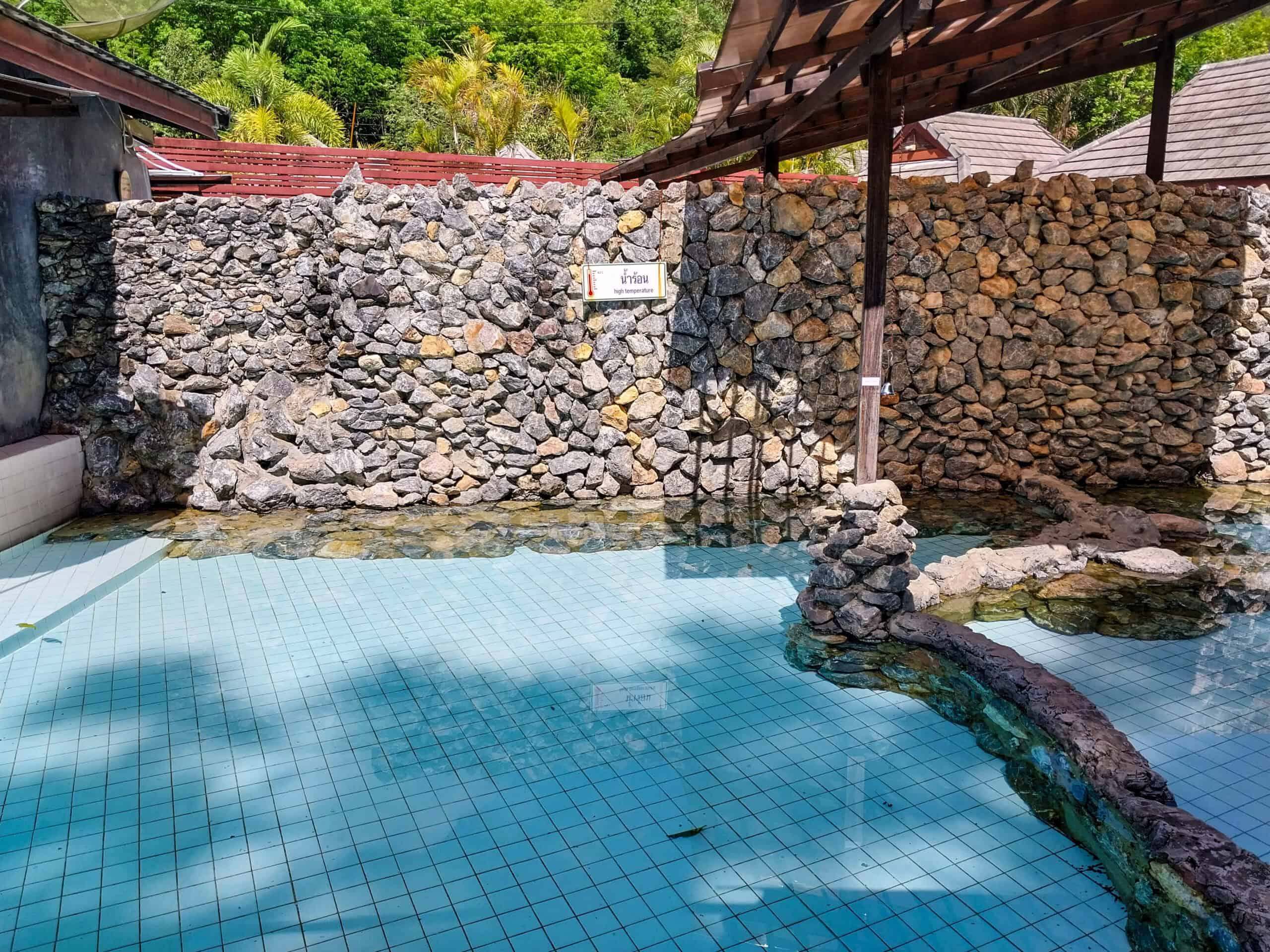
The hot spring is open daily from 5:00 AM to 8:00 PM, with entry priced at 100 baht for foreign adults and 60 baht for kids. Separate changing rooms and lockers are available for men and women. If you’re in need of a good, mineral-rich soak, this one is definitely worth the detour. Here’s a quick 60-second tour.
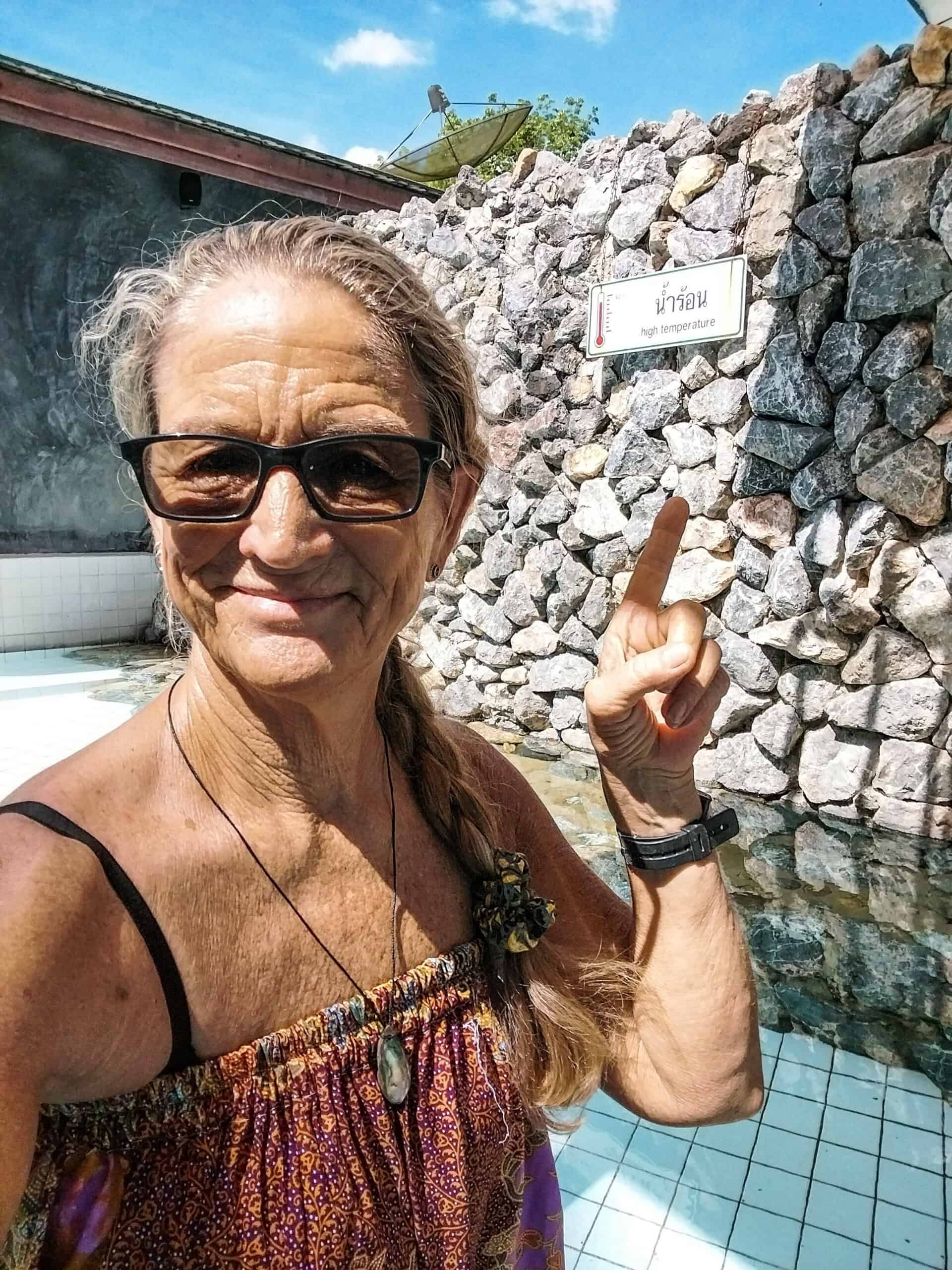
Get Back to Nature at Thale Ban National Park
Does Satun, Thailand have a forest? You bet! And apparently, a lot of wildlife, too. Just over the mountain from Perlis, Malaysia and sharing a border with Taman Negeri Perlis is Thale Ban National Park, a quiet, forested haven in Satun, Thailand. The park spans 196 square kilometers, with its highest point reaching 756 meters. Established in 1980, it’s centered around a massive freshwater lake said to have formed over 300 years ago, possibly the result of an earthquake.

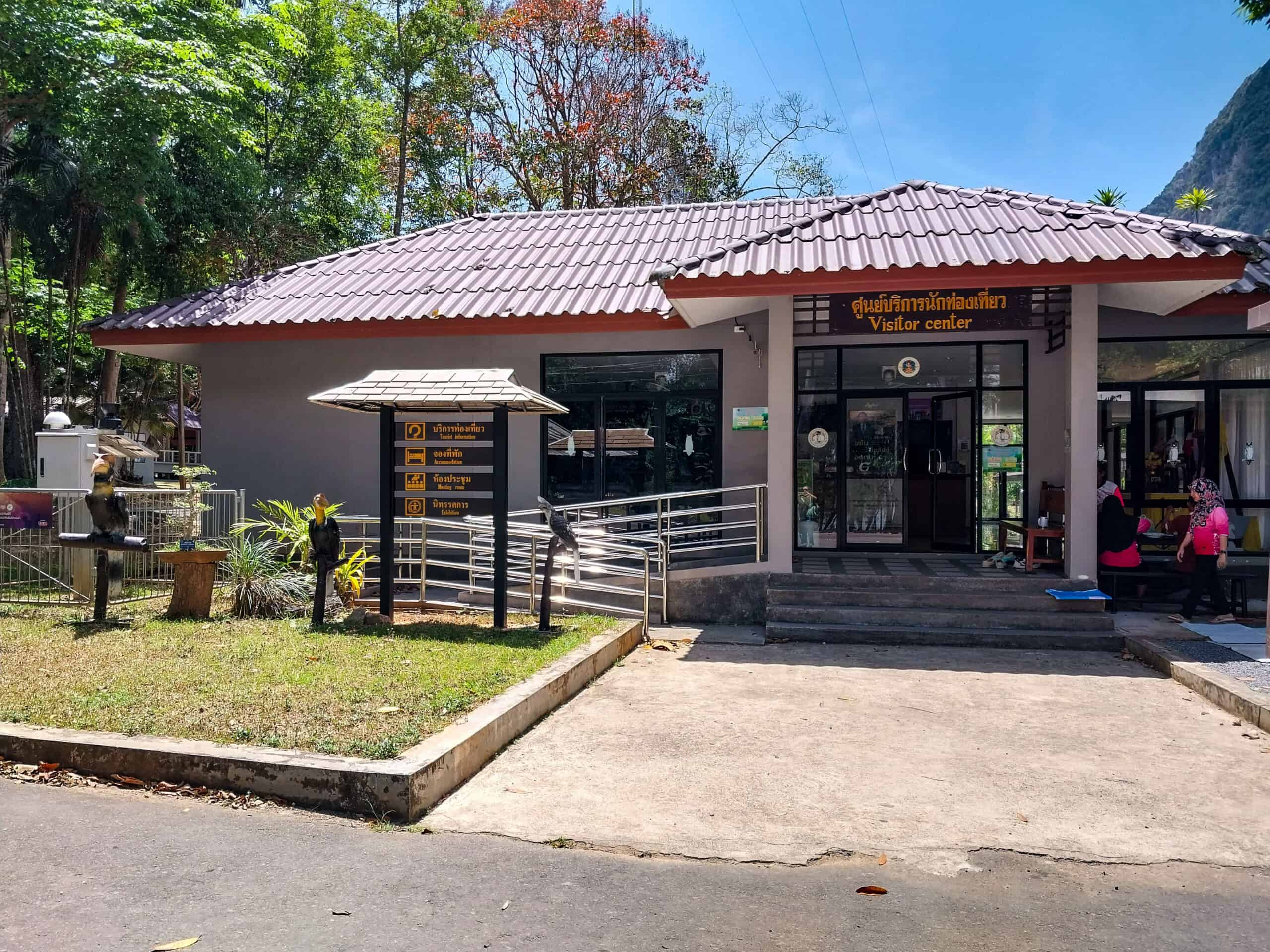
Thale Ban has more than just a pretty lake. It’s home to limestone caves, waterfalls, hiking trails, and a surprising amount of wildlife. You’ll also find a small nature exhibit, complete with a collection of somewhat weathered statues of animals that once roamed the area. Rhinos in Thailand? Yes, and it’s pretty wild to imagine them wandering through these quiet forests not that long ago!
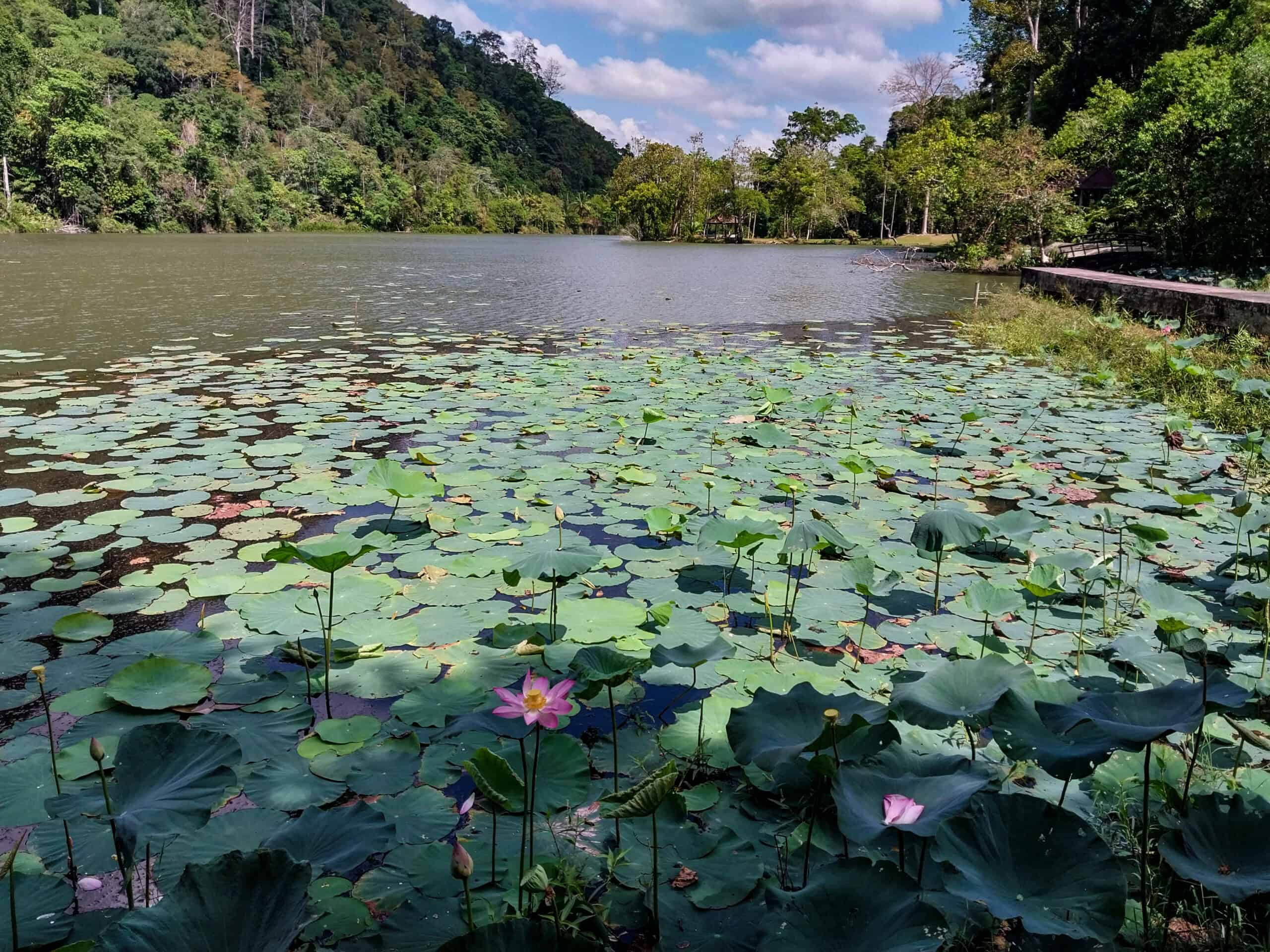
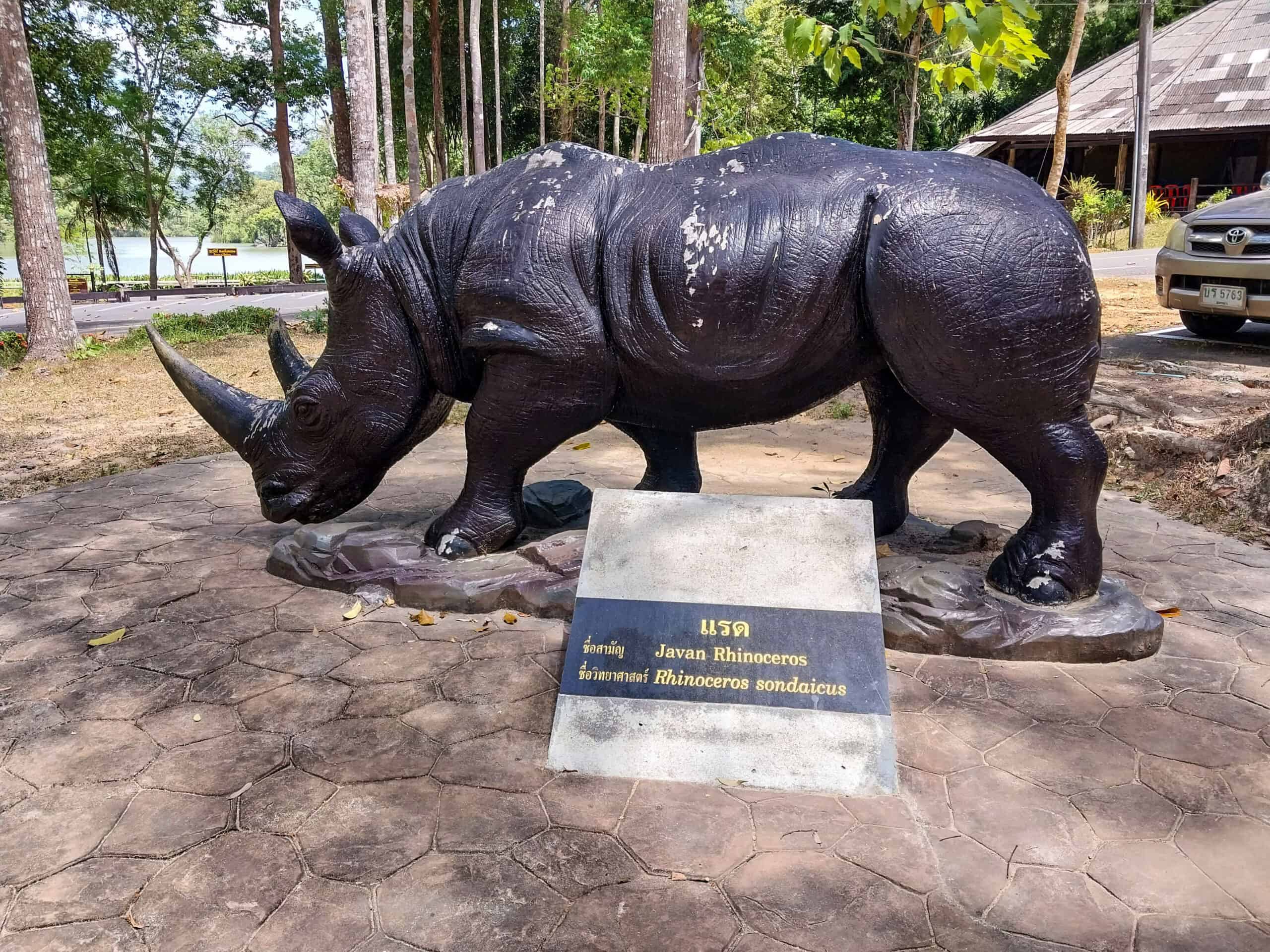
If you want to stay overnight, the park offers simple bungalows and camping huts. Daily visitors are capped at 100, so it’s never too crowded. Entry fees are 200 baht for adults and 100 baht for kids, with discounts for Thai citizens.
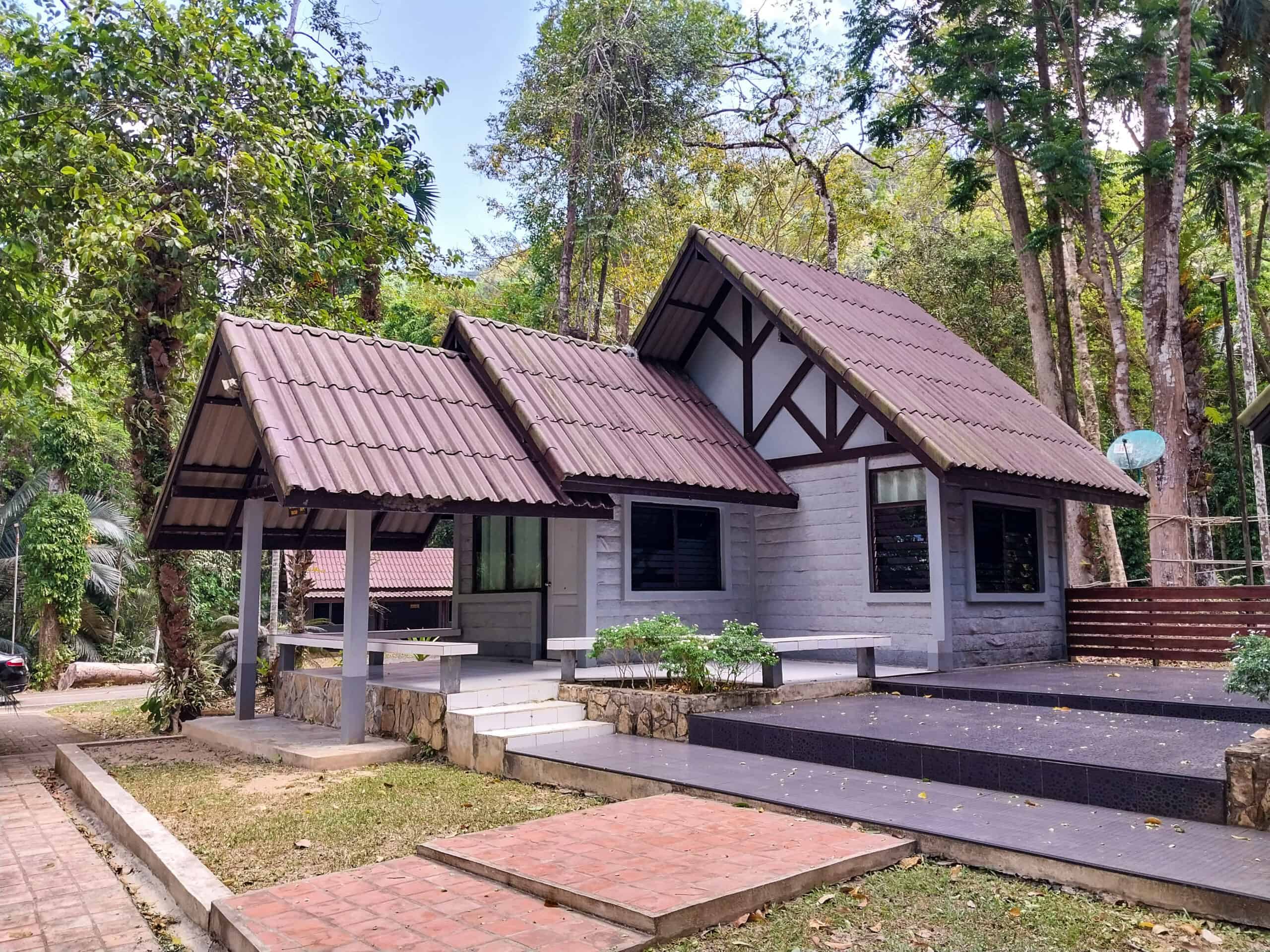
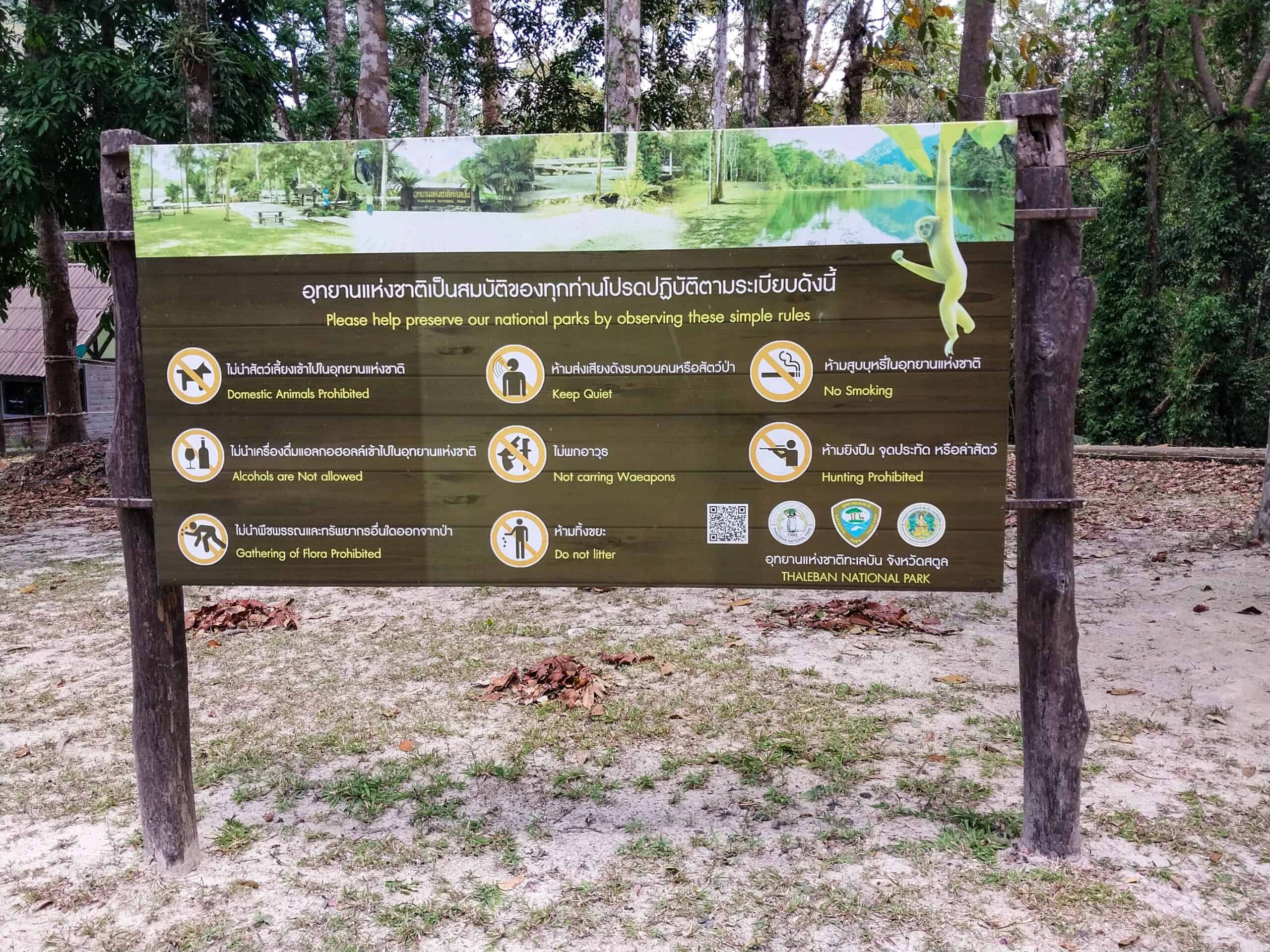
The park is located just off the main mountain road between Satun and Perlis, making it an easy and worthwhile detour if you’re in the area. For those interested in staying longer or arranging a tour, call 08 7475 0758 or 08 3533 1710, or visit the official website at www.dnp.go.th. Can read more about Thale Ban National Park here: Thale Ban National Park, Jewel of the Satun Border
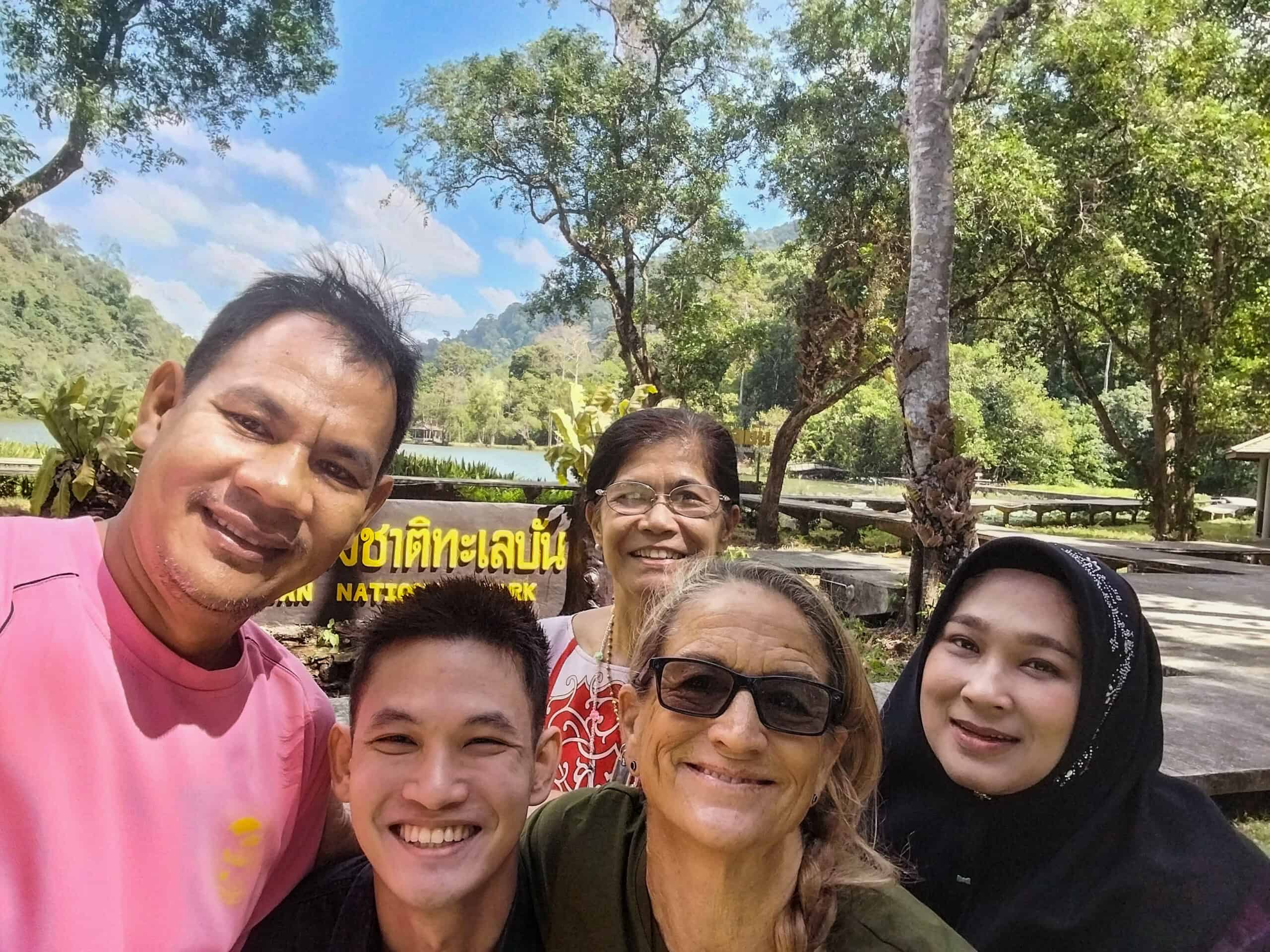
That’s a Wrap!
With Satun province officially being the second UNESCO endorsed geopark in Southeast, inclusive of four districts, the diversity of this Thai province has no shortage of interesting Satun things to do and see. Whether it’s your first visit or a return visit you’ll find that Satun is a ‘hidden gem’ kind of place and definitely more than just a border town. Happy exploring!
Here’s a little map to give you an idea of distances
Will You Be Needing a Driver?
Unlike Hat Yai and other major Thailand cities, E-hailing options are still non-existing in Satun. Unless you have your own transportation, you are left with the option of renting a motorbike or hoping songthaews are heading where you want to go. Unless you speak fluent Thai, it can all be exhausting. Your best option for sightseeing? Is to hire a private driver. You map out your own itinerary and they take you there. Easy, and much more comfortable than a tour bus full of people.
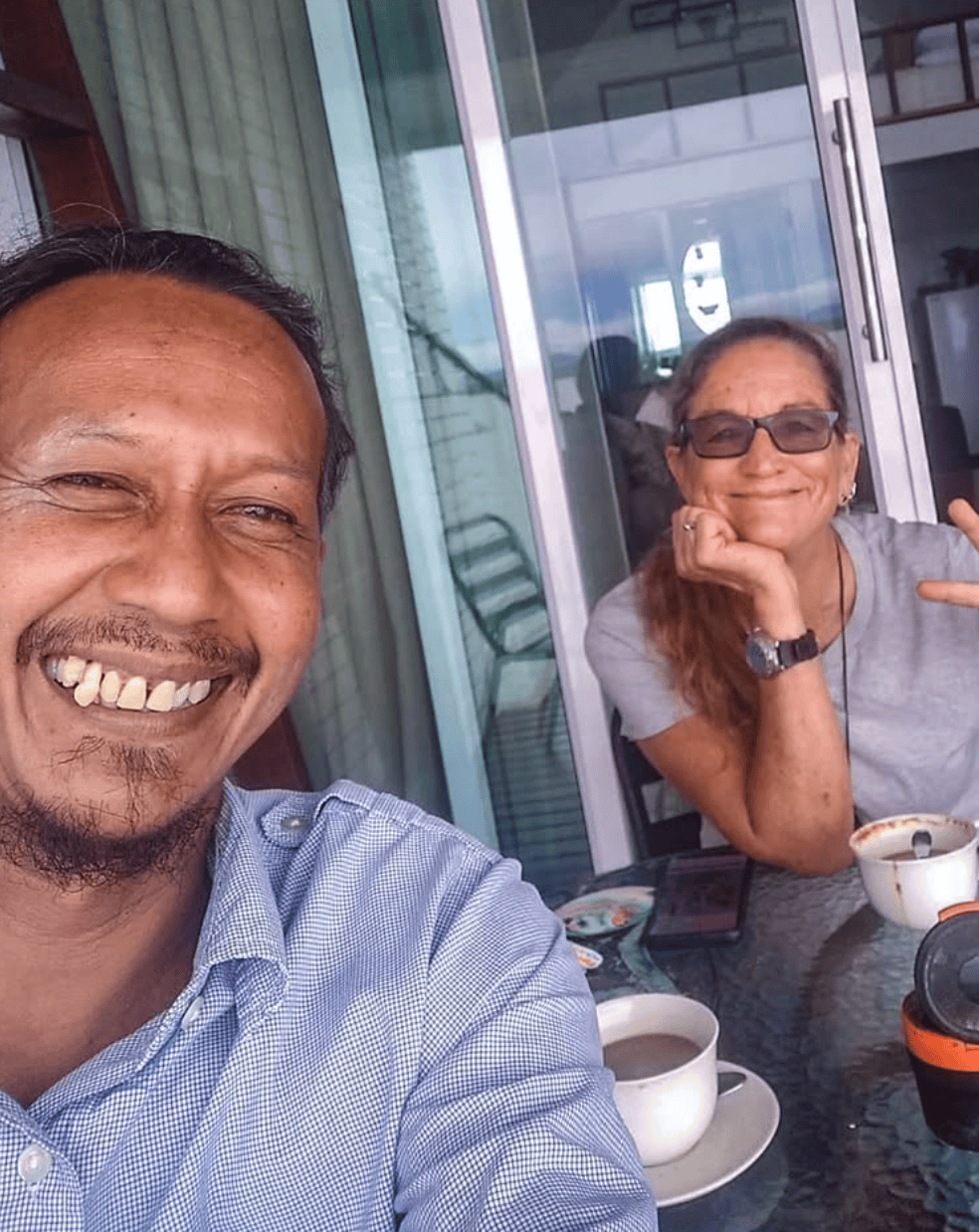
So, if you prefer to be driven around the area to see the sights, you can call my friend An, who is a licensed tour guide and Tammalang local. He speaks Thai, English and Malay and is well versed in taking selfies. His number is +66 82 176 6382. (no tire kickers please)
Other drivers I’ve hired are Eina at +66 06 928 7471, she speaks Thai, Malay, and enough English for a non-local to easily enjoy a day with her.
Additionally, you can call Grand at Thanaphat Tour +66 83 156 5489. Grand himself may or may not be in town, but if he is, he speaks Thai and English and is an absolute joy to spend the day with.
First time to visit Satun? Then check out my first time visitors guide:
Satun, Thailand, More Than Just a Border Town

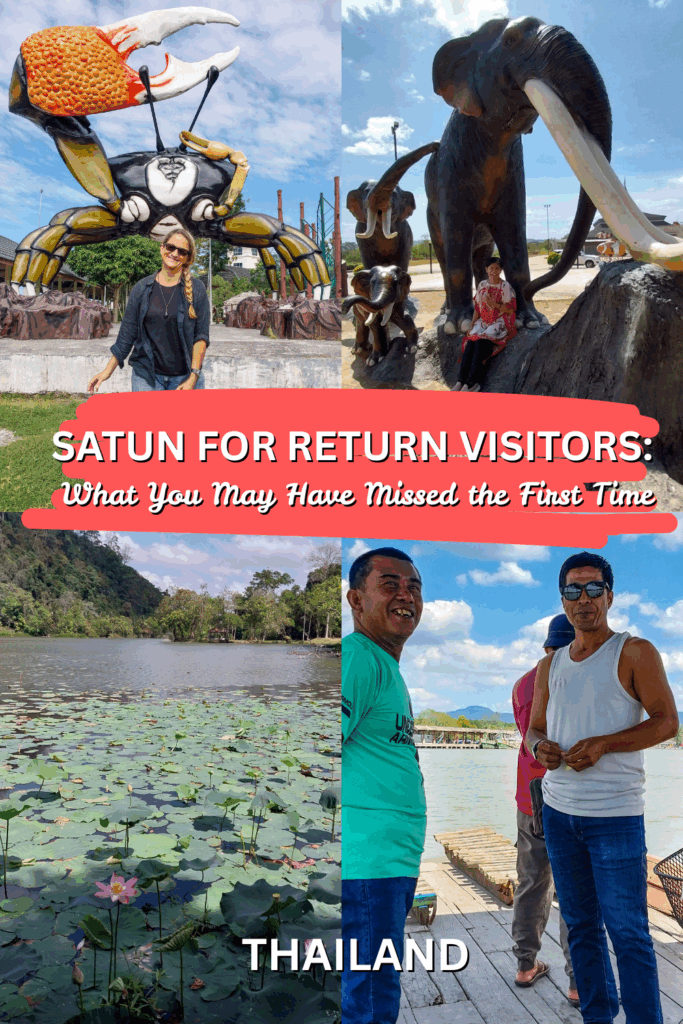
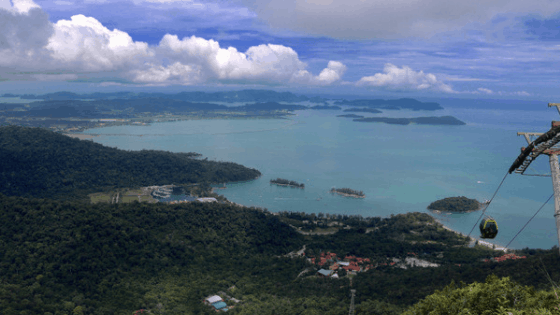
Leave a Reply